On the Bayou, a reckoning comes for a car collection and a peacemaker
Linda Rhodes is a storyteller, a fighter, and a Bayou Peacemaker. That last one is her nickname, given because she seeks peace between external forces and the communities situated in and around Pineville, Louisiana. Pineville is known for its small college and a Louisiana National Guard installation, and Linda works tirelessly to honor those in underrepresented communities in both Pineville and the larger, adjacent city of Alexandria. She honors the sacrifices of those who served in our armed forces with American flags on Memorial Day and ensures the legacy of the Buffalo Soldier in Central Louisiana is not forgotten in our modern times.
These days, however, Linda has a new mission: to find new homes for the enviable portfolio of property, cars, trucks, collectibles, and clothing her father, Carter Rhodes, amassed during his lifetime. Carter died in April 2022 at the age of 81. His estate includes approximately 100 antique cars and trucks.
Linda laments the fact that her father didn’t sell off these vehicles once they were forced outdoors. Now, they’re her burden to sort out. She reached us via email this past spring, asking for help finding appraisals so she can sell the remaining 75-or-so cars. Whatever funds were available for such services she spent cleaning up her father’s land. I answered the call, asking for two things in return: the chance to share her family’s story, and a bit of kickin’ cajun food.
She disappointed on neither count.
Carter’s love of cars went back to his childhood. He used the proceeds of his after-school job (picking cotton from Louisiana’s fertile fields) to purchase fast machines. Over time, Carter’s need for speed was matched by a taste for luxury.
Whether in high school or during his tenure at Louisiana’s Grambling State University, Carter lived his life to the fullest. In one memorable anecdote, he enlisted in the Navy with his friend during a night of partying. Shortly thereafter, Navy recruiters tracked him down in Grambling to ensure he made good on the promise. That pivotal moment derailed his future potential as a professional basketball player, leading instead to a three-year military tour in the Vietnam War. During his service, Carter earned the National Defense Service Medal and the Vietnam Service Medal.
Carter’s time in the service made him look forward to life as a private citizen. Following his homecoming, he worked the next 35 years as an engineer at International Paper. His earnings allowed him to follow his passion for automobiles. Not brand-new ones, but models needing a little TLC that suited his sense of style.
Carter also bought trucks, which were necessary for grunt work on his properties and farmland. It’s clear that he took pride in working with his hands, ensuring his property was as pristine as his many Cadillacs. One does not imagine he wore any of the stylish suits in his closet while driving these rigs, but these days, oddly enough, the trucks are perhaps the most valuable pieces of his automotive estate.
About those suits: The former basketball player must have made quite the splash in Central Louisiana, dressed to the nines and rolling up in a shiny Caddy. It’s sad to see the cars in their current state, even more so that someone is removing parts from them; some of these Cadillac trim bits are pricey on the secondhand market.
From a certain perspective, Carter’s is an American success story, one made possible by a good middle-class job typical of the era. These cars were the mementos of his life, each an individual moment reflecting a life of both charm and, on the flip side, tragic self-absorption.
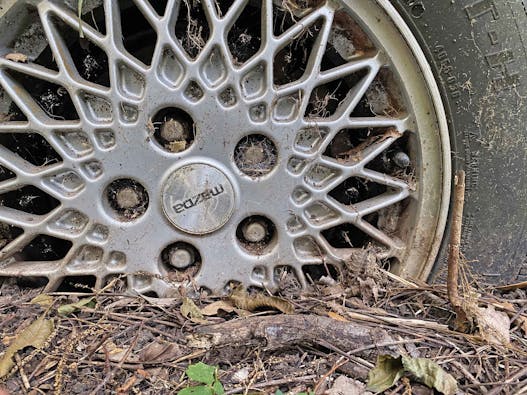
Linda introduced me to Lester, one of Carter’s neighbors, who noted that “Carter didn’t talk with people he didn’t like, because he didn’t need to.” Lester suggested that Carter didn’t let many folks look at his car collection, and that he amassed such opulence because he could “squeeze a dollar bill tight.”
That might be why, after losing indoor storage, Carter moved his collection of cars and trucks outside. They sat, out in the elements, for decades. As his health deteriorated, the collection went from resting to outright rotting. You could say the same of his relationship with his family, Linda says.
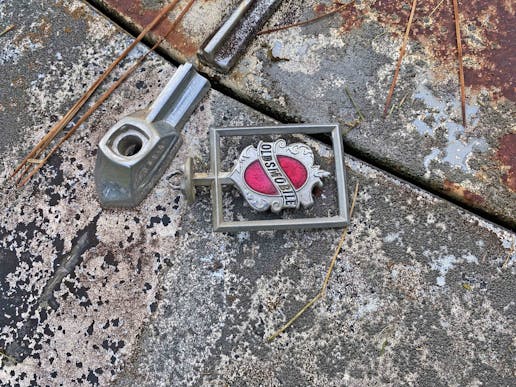
She chooses not to canonize her deceased father. Her priorities just couldn’t be any further away from his. Still, her love of cars came from attending local car shows with him, and from her childhood Matchbox collection. “I loved my dad but I told him I didn’t like his selfish ways. But I am lucky that I was able to tell him I loved him before he died.”
The Louisiana sun was brutal this summer, but I promised to help Linda appraise her father’s collection. So I visited the property early, whipped out my laptop and used Hagerty’s Valuation Tool to provide a reasonably accurate assessment of the vehicles that remained on the property.
Just seeing Carter Rhodes’ collection in person was breathtaking. You don’t get to see cars from the 1970s (mostly) en masse very often, no matter their condition. I can only imagine how impressive it must have been before nature took its toll.
Linda was right, though. The unfortunate present-day condition of the cars ensured they weren’t worth paying for a professional appraiser. Instead, I ran a fine-toothed comb over all the dirty, discarded metal, downloaded relevant data from the Hagerty Valuation Tool, and emailed them to her.
Of all the cars I saw that day, most impressive was Carter’s black Lincoln Continental with the coveted Fixed Glass Moonroof option. He clearly loved this vehicle more than the others; it remained under a carport, parked on a gravel surface so it didn’t sink completely into the ground.
Other cars weren’t so fortunate. Most of these once-dry southern cars would be potential nightmares to restore. That’s not to say some couldn’t be turned into respectable machines with a little bit of money and a lot of labor, but the air there is thick with missed opportunity. Carter’s dark blue Mercury Marquis coupe was one such disappointment. In the 1970s, it must have been a stunner with those swank Cragar rims.
More than anything, what truly surprised me was how many flagship sedans from multiple automakers were accounted for there. Be it a Buick Electra, a Mazda 929, or a Mercury Marquis, Carter knew what he liked. One of them even survived surprisingly well outdoors—an early 1970s Marquis Brougham sedan that looked nice enough to need nothing more than fresh fluids, new tires, and a gentle clean in order to be a sweet runner.
Carter’s collection paints a picture of a man who sought status in his cars and purposeful utility in his trucks. Those trucks now sport handsome patina, at least for the restorers who enjoy that aesthetic. But even Linda was surprised by the number of Lincolns compared with Cadillacs and pickups found on her father’s property. She “always saw him in a Caddy,” even when she was a kid.
It’s unclear how many of these cars will see anything but the business end of a crusher. Linda admits that if her father saw the cars in this condition, it “would hurt him” because he grew up with nothing. Carter, the eldest of 10 siblings, experienced a disadvantageous upbringing. Merely gazing upon his collection gave him a sense of accomplishment that few of us can appreciate.
Linda said that her father still spoke lovingly of his cars on his deathbed. She’s pragmatic enough, however, to understand that he was both a collector and a hoarder. In his 81 years on this earth, Carter wanted cars, clothing, collectibles, car parts, and even valuable scrap metal, as he was a firm believer in the Salvage For Victory campaign.

Linda’s passions lie elsewhere. She offered to show me them, picking me up at my hotel for a drive through her community. There was something about her triple-black Town Car Signature Series, waiting outside the hotel lobby, that felt like an apple not so far from the proverbial tree.
The Lincoln transported us to an important place for Linda, for local members of the Buffalo Soldiers Motorcycle Club, and for many citizens of both Alexandria and Pineville, Louisiana: the site of the 1942 Lee Street Riot.
Linda first learned about the Lee Street Riot from her grandmother, who was there at the time and was “warned not to go out on that day.” The silence of these grass fields adjacent to downtown Alexandria, once abuzz with activity, was somber and eerie.
Some people say that healing only happens once denial ends. The pain from Lee Street inspired Linda to do more than just “walk around like nothing happened.” Her house is close by, and she wanted to learn more about this largely forgotten moment in Southern history. As she asked around, Linda learned that most folks preferred to take stories about the riot to their graves. Her interest was eventually recognized by the local Buffalo Soldiers Motorcycle Club, which encouraged her to keep digging. Around the same time, the City of Alexandria’s government recognized the need to discuss and memorialize what happened on Lee Street, erecting a historical marker in 2021.
Linda, the Bayou Peacemaker, aims to be a force for good. For repair, rather than neglect. She pivoted from her years as a quality control inspector for a local pharma company to a historian seeking long-forgotten truths. We took a trip to the Louisiana History Museum, a place that covers history from multiple perspectives, and the museum’s curator knew Linda. Their back-and-forth banter on Central Louisiana history was enlightening for this outsider.
Once her father’s estate is settled, Linda knows she’ll be due a much-needed vacation. Turning his collection of cars, clothes, and collectibles into proceeds that can go to good use in and around her community is almost a full-time job. The Bayou has bigger plans for everyone and everything.

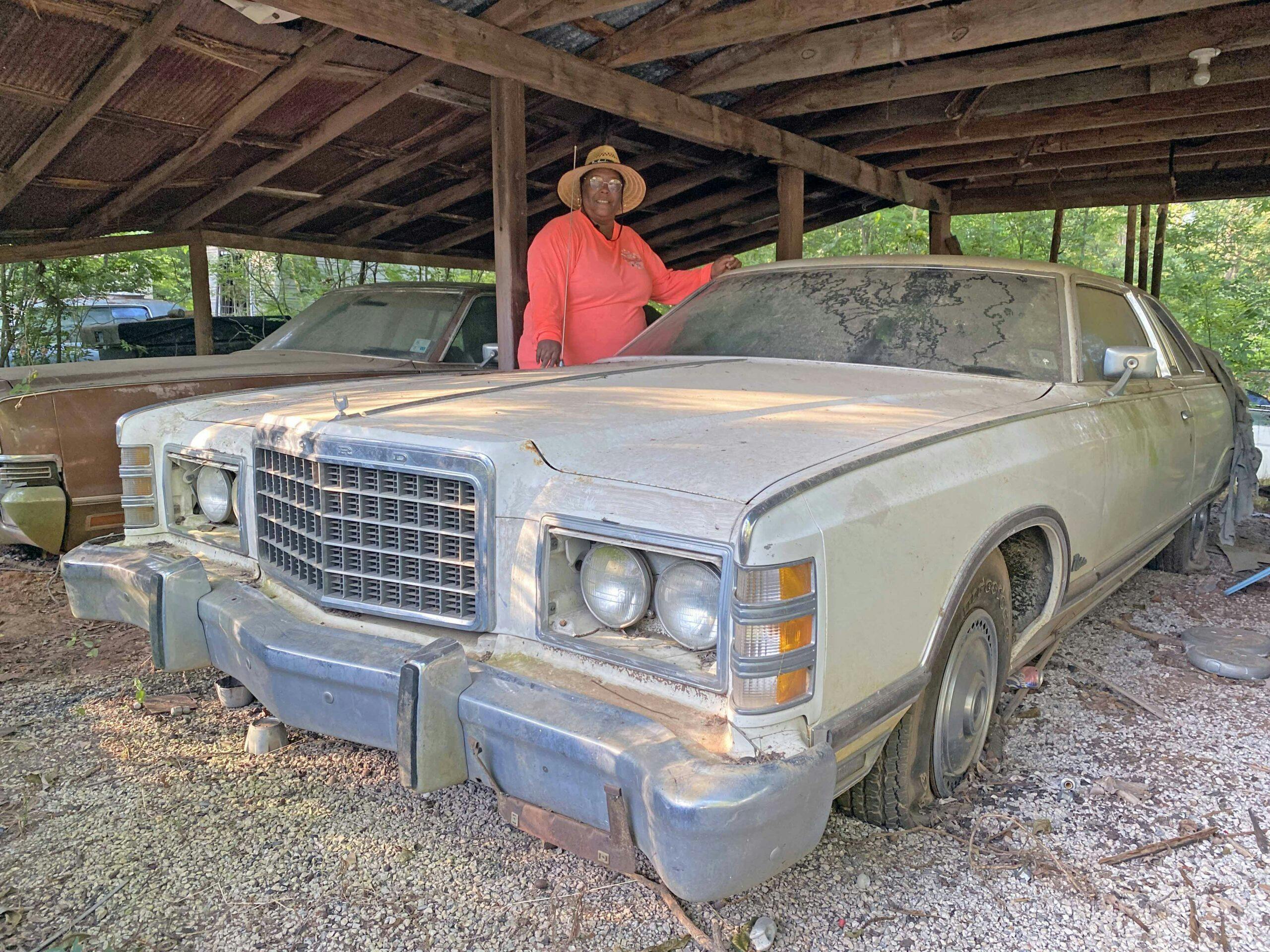


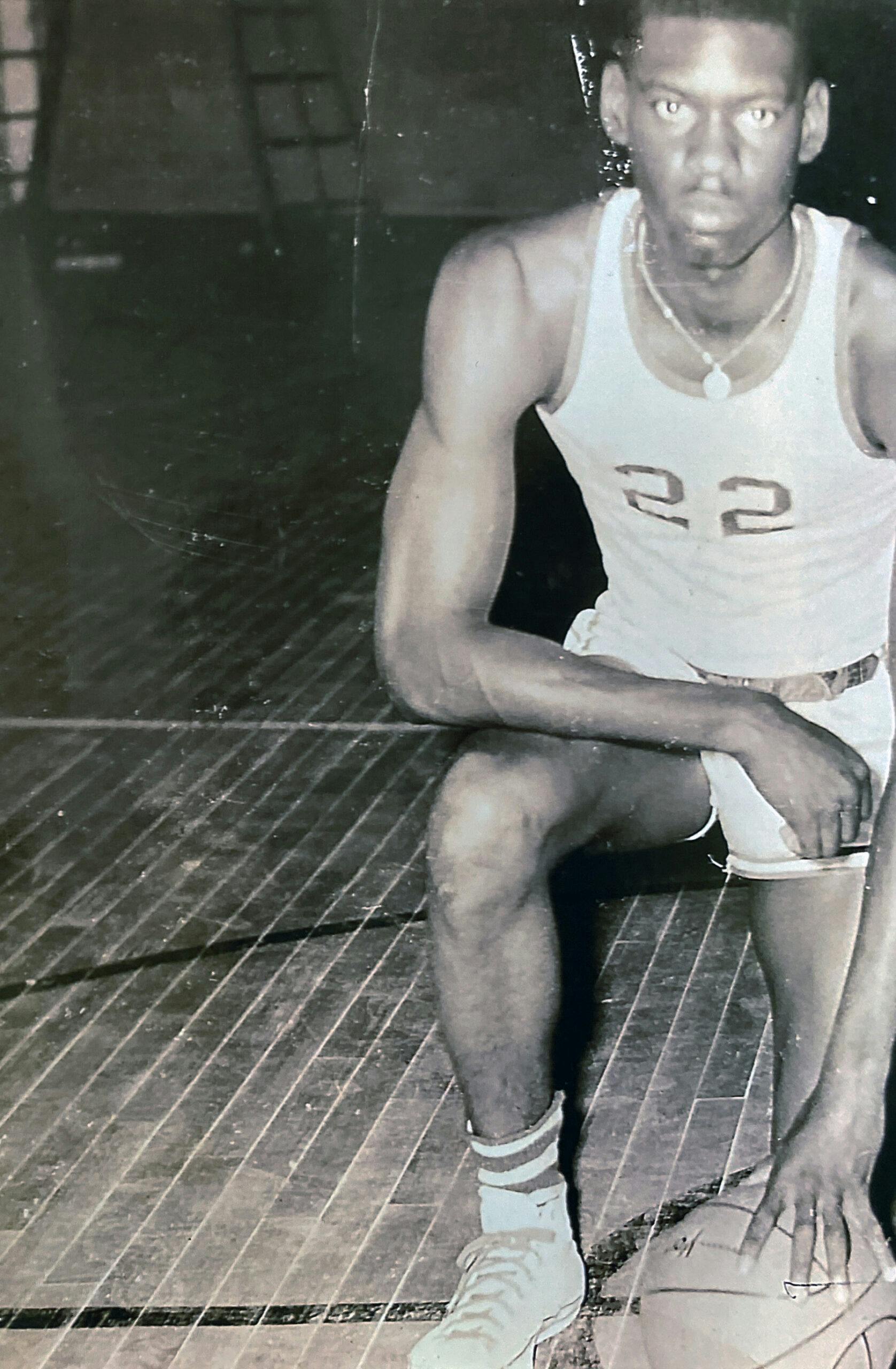
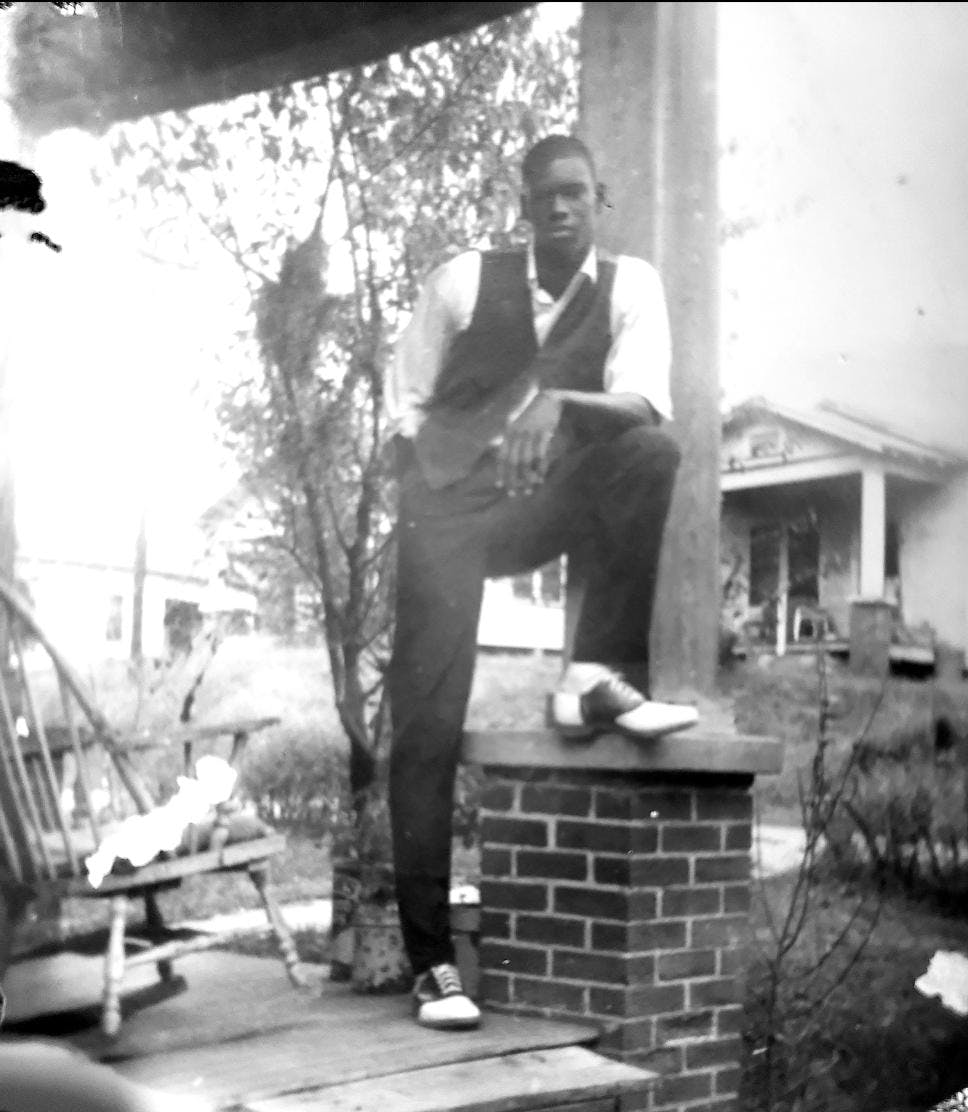
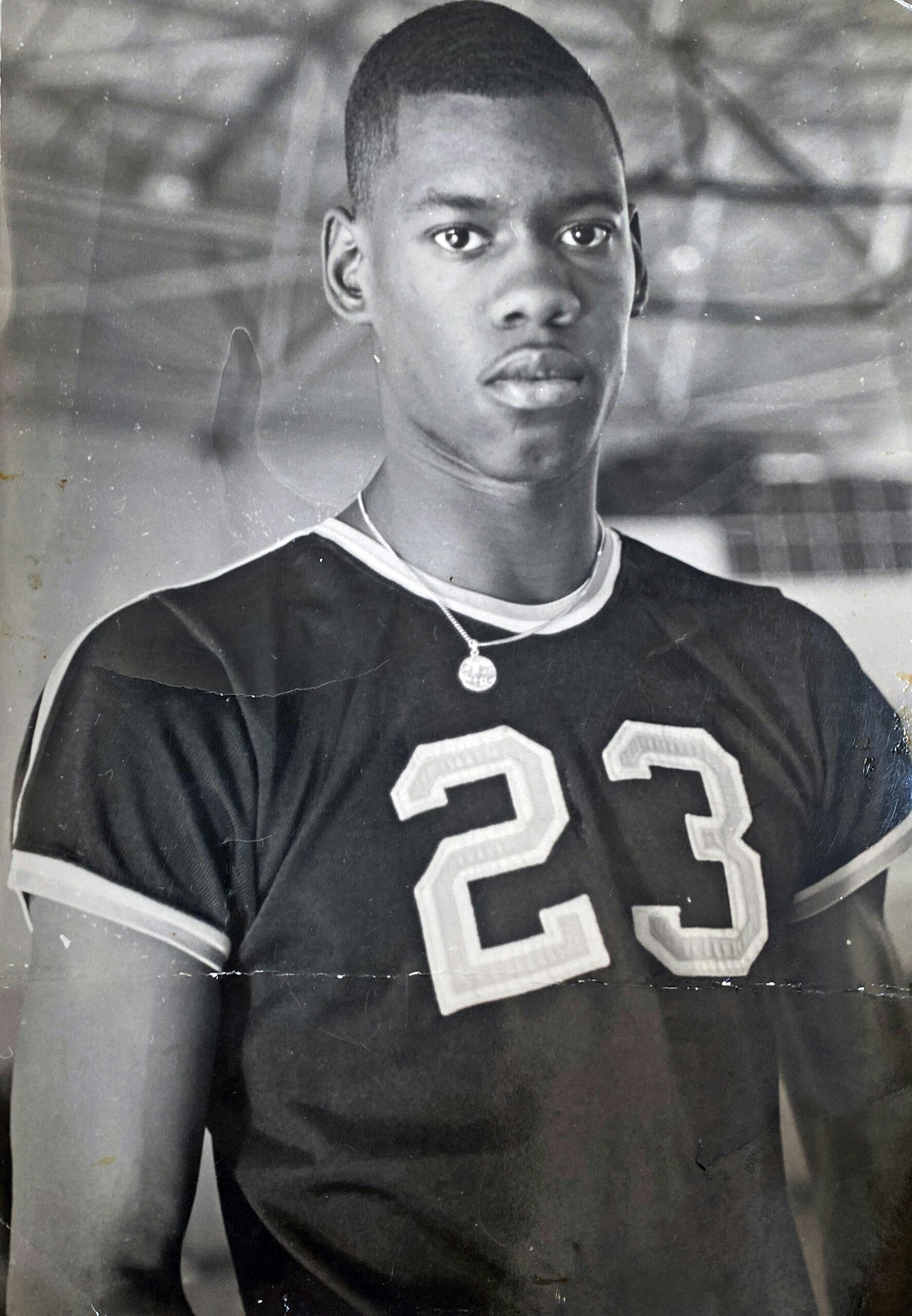
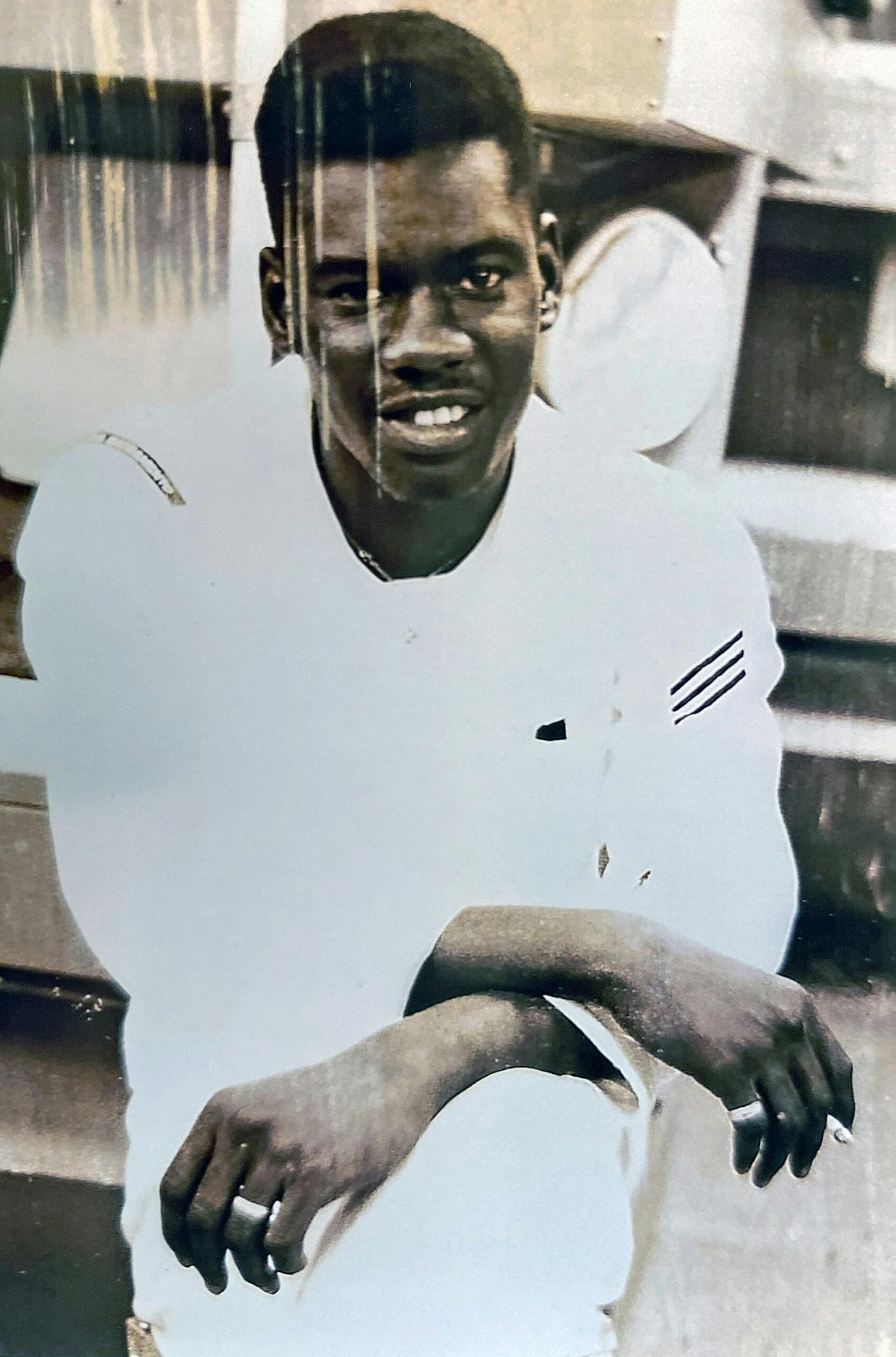

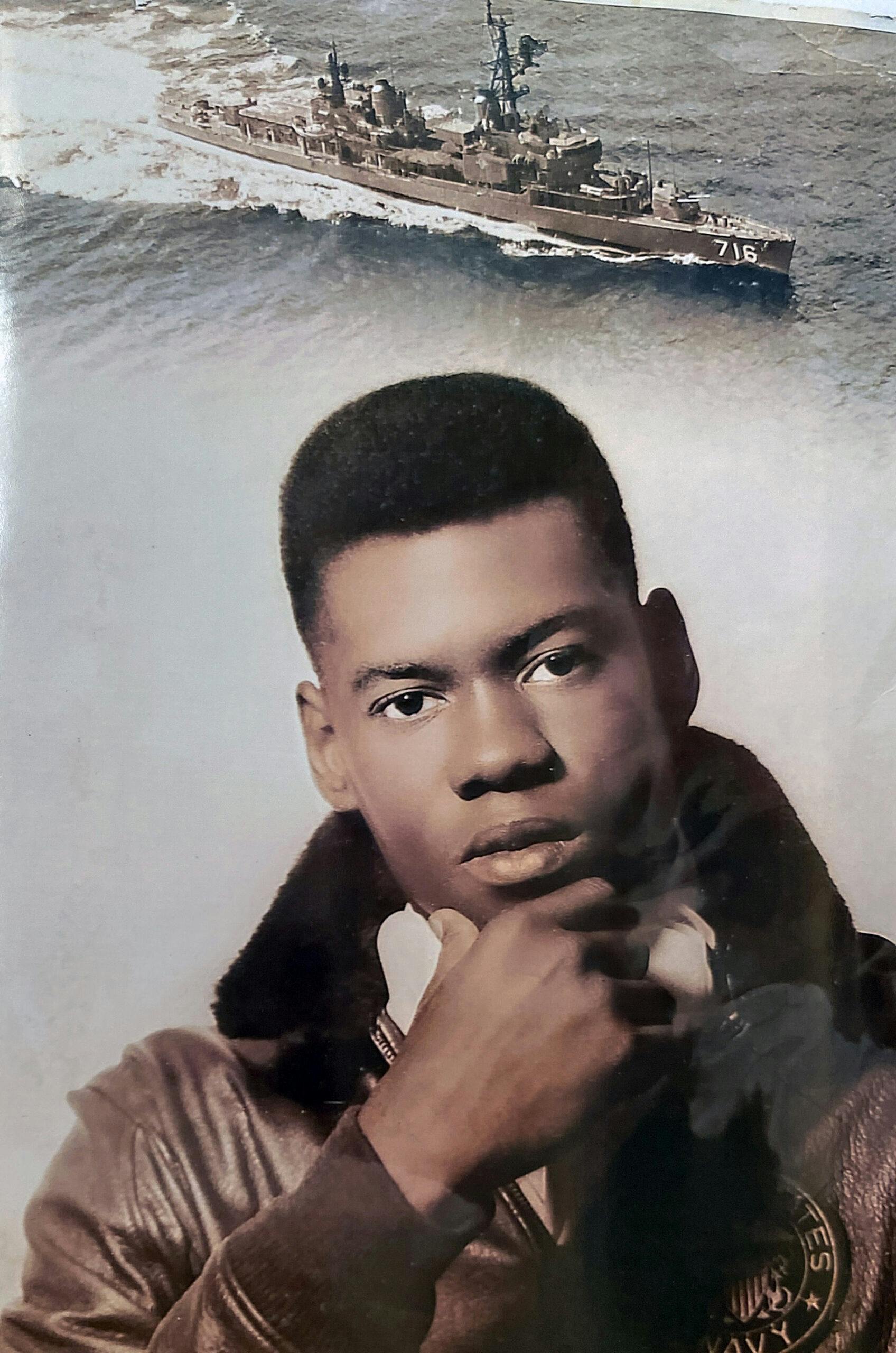
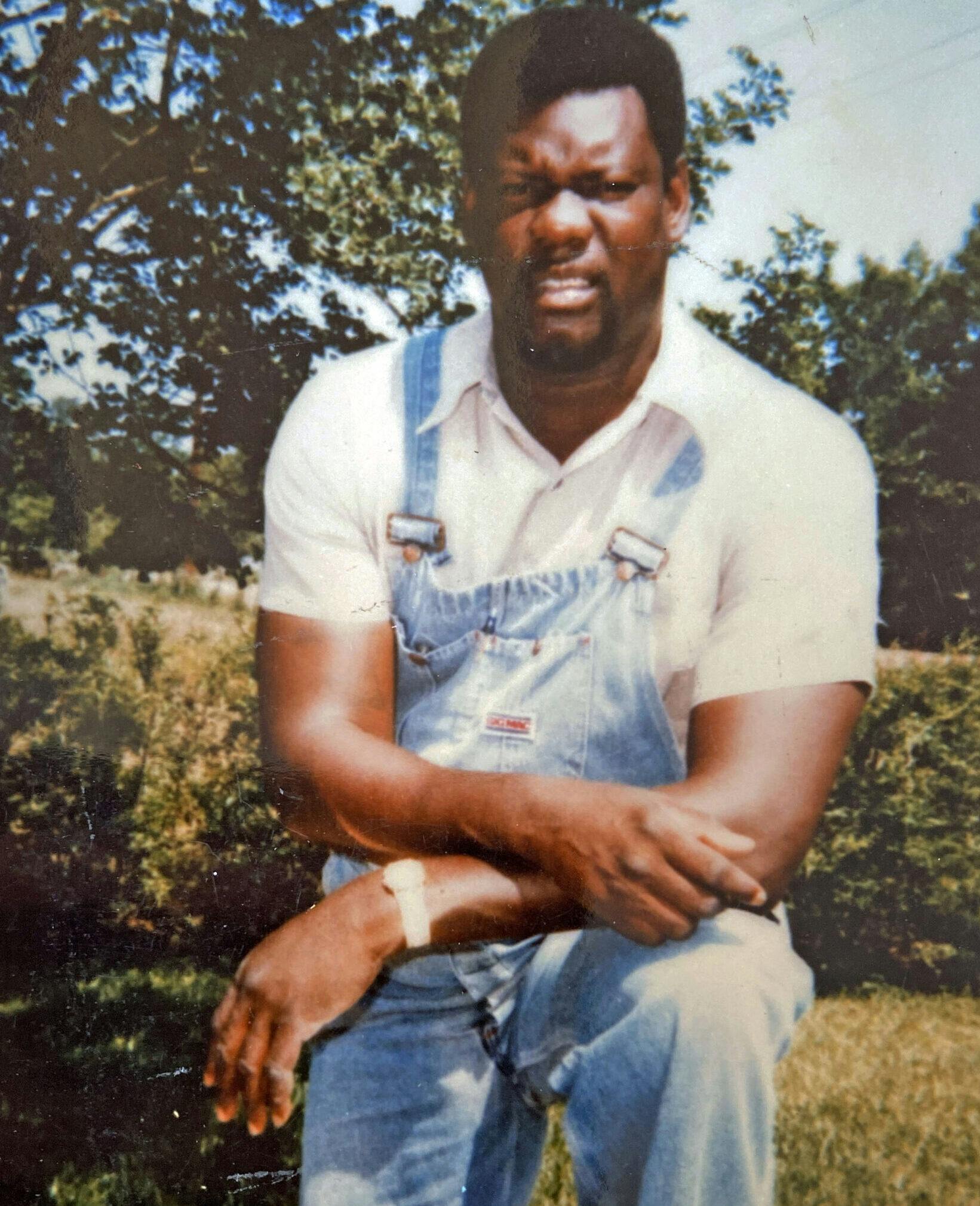

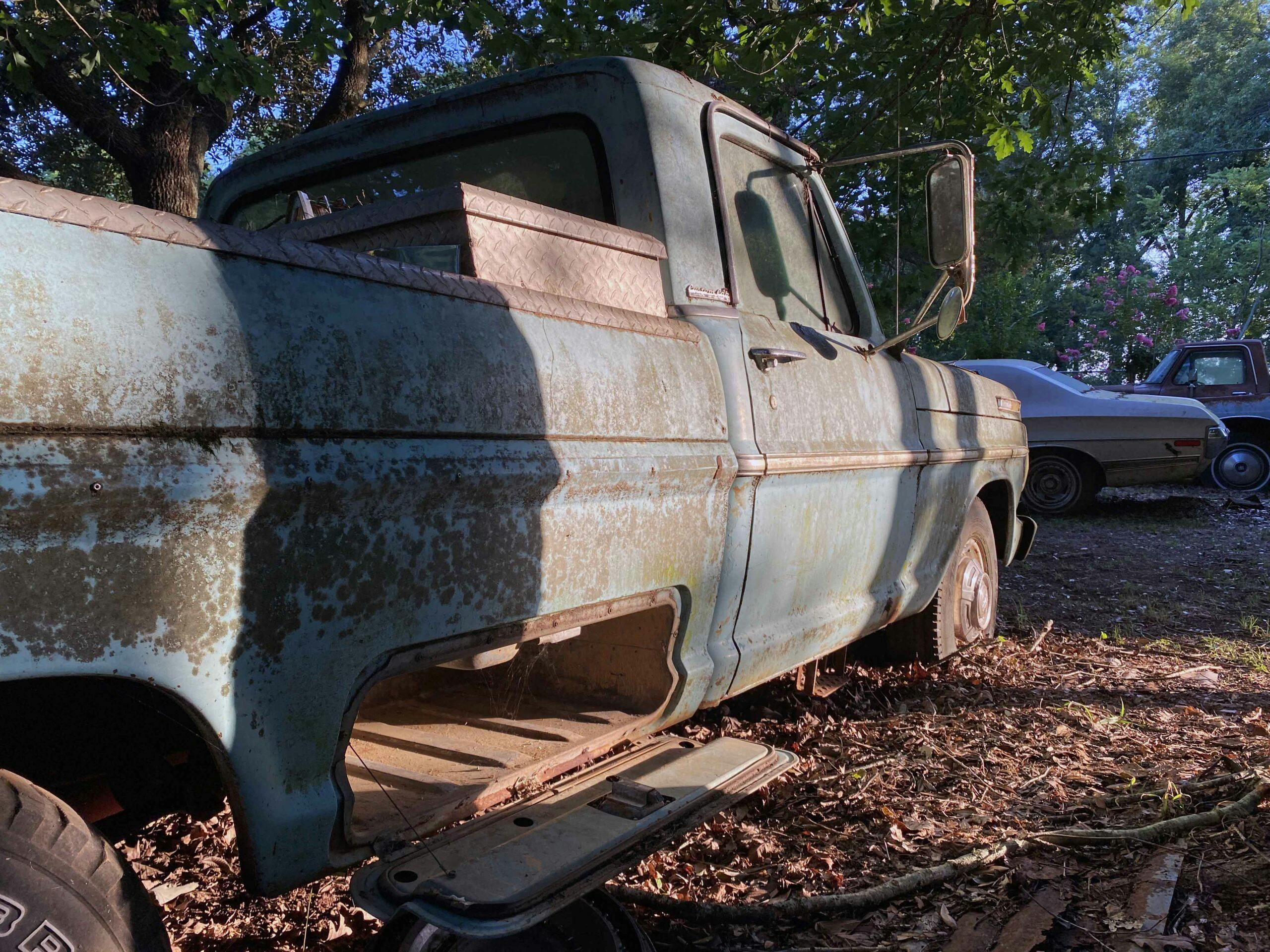
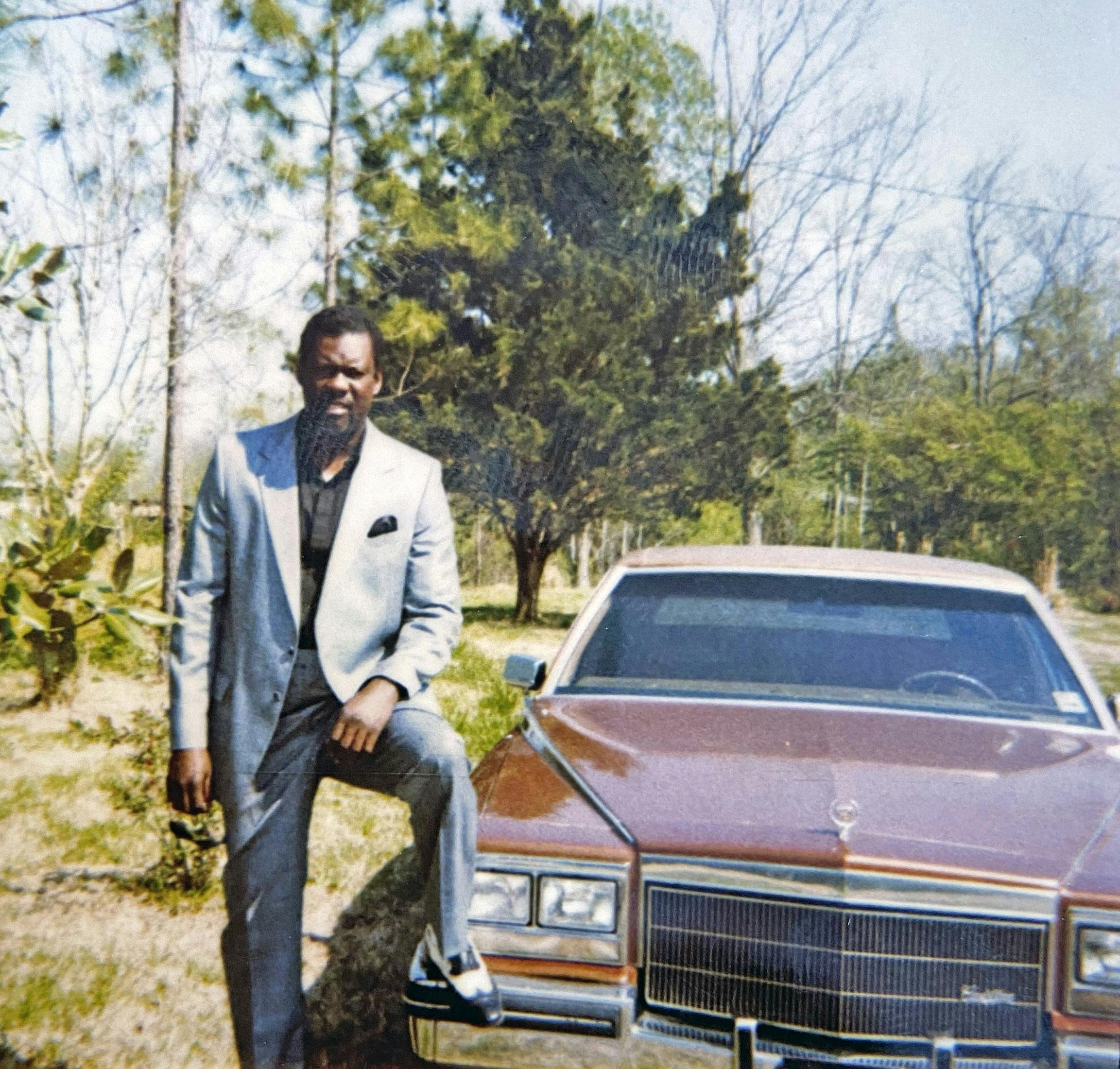
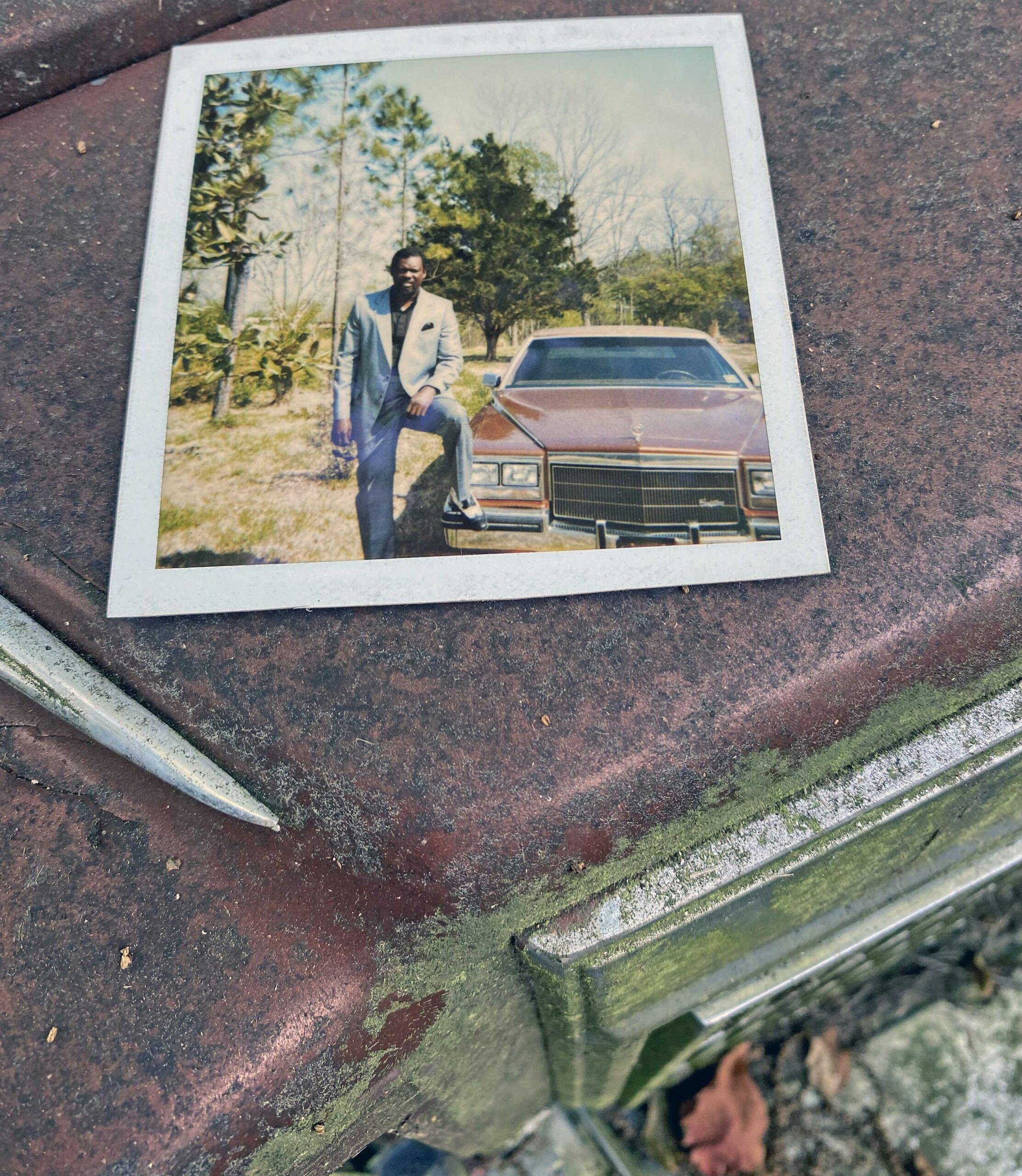


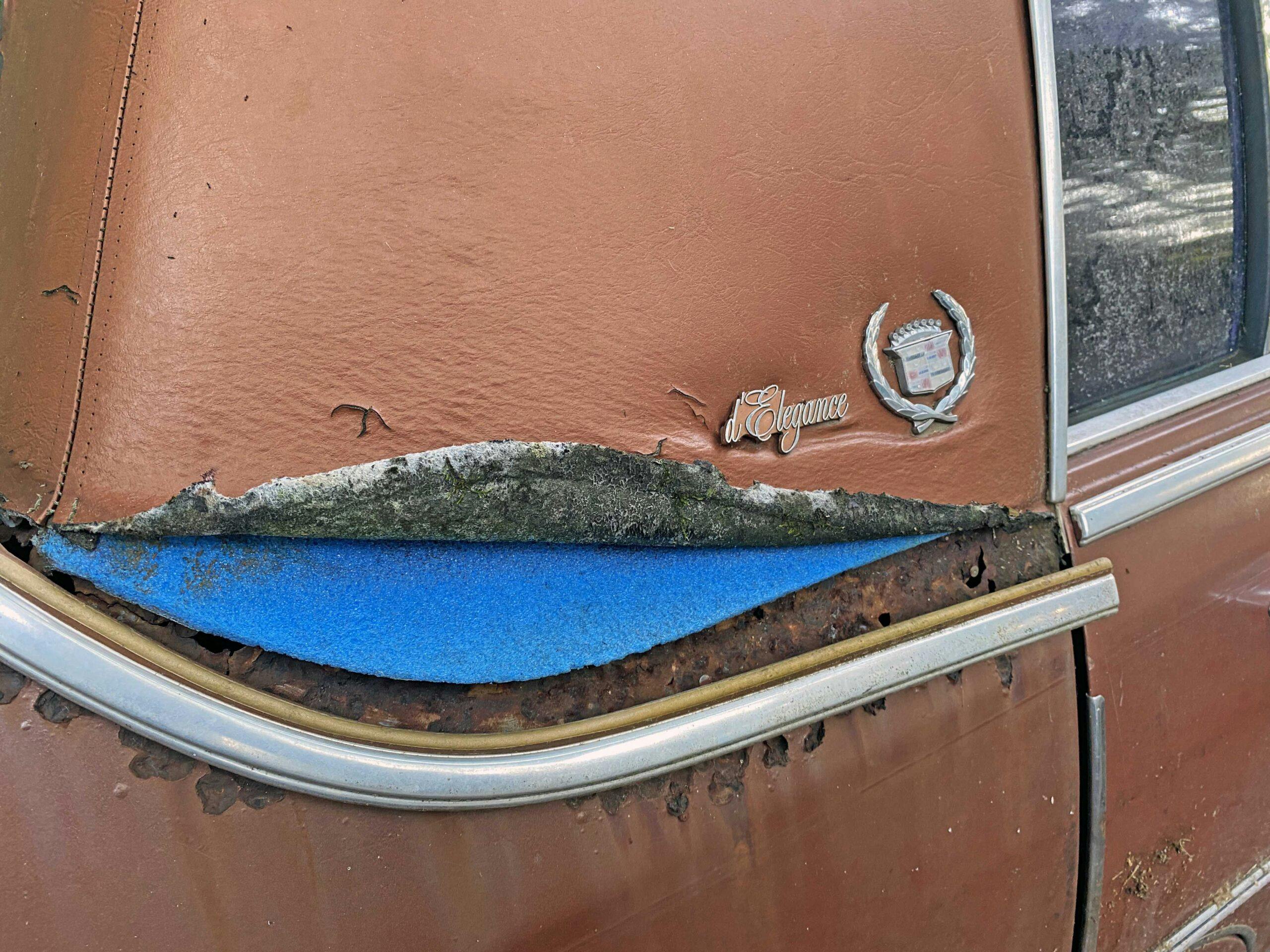
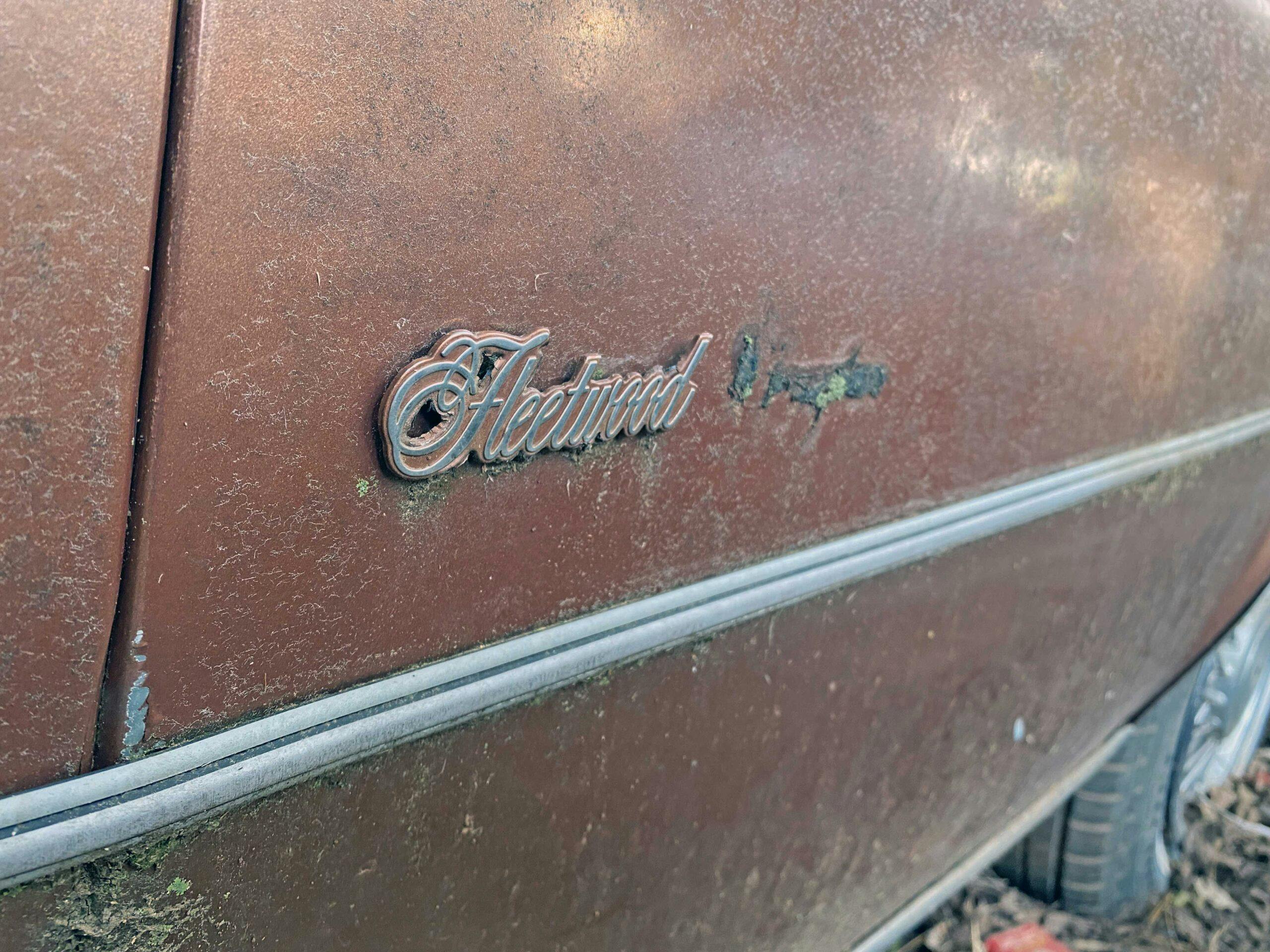


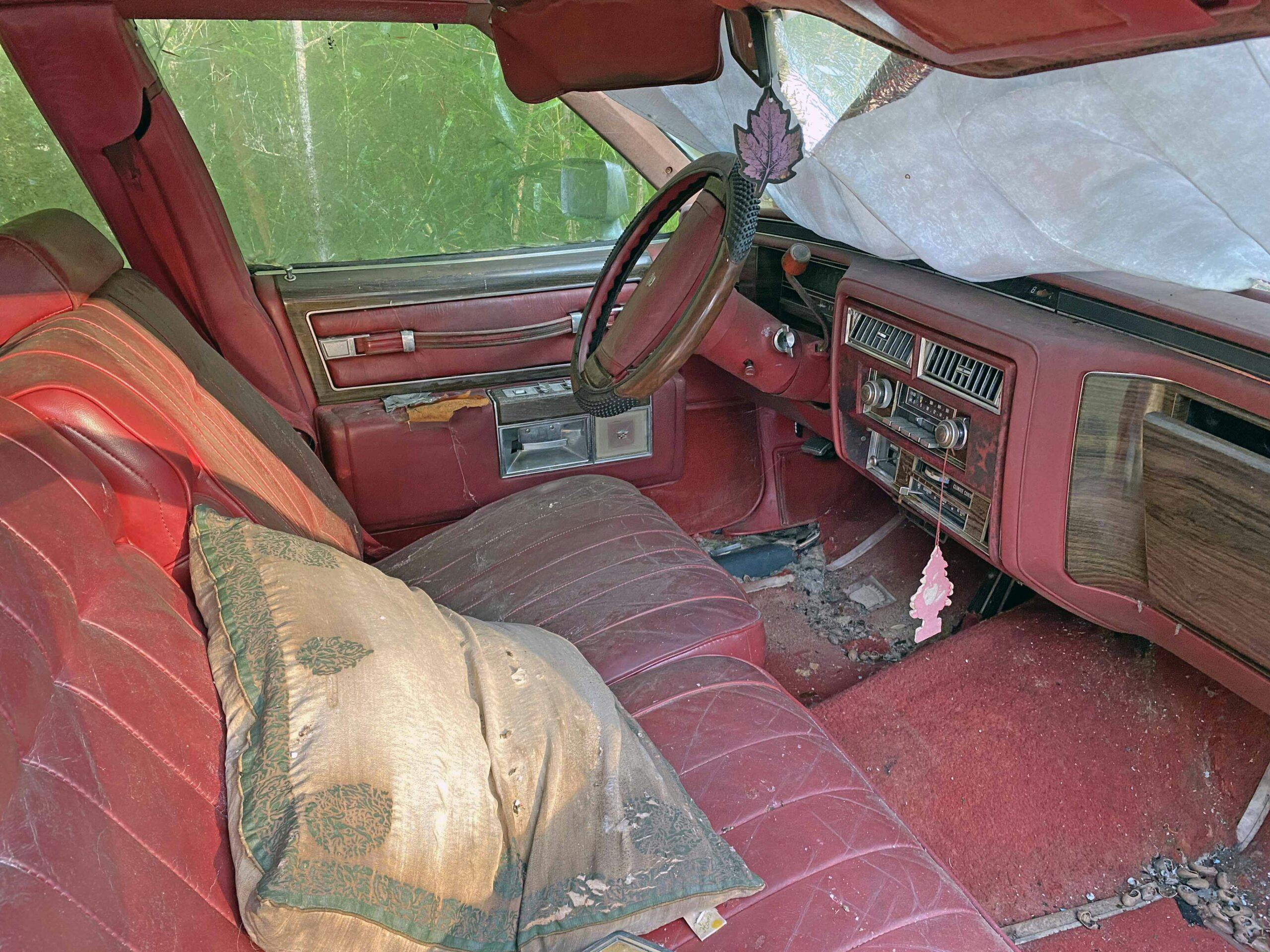
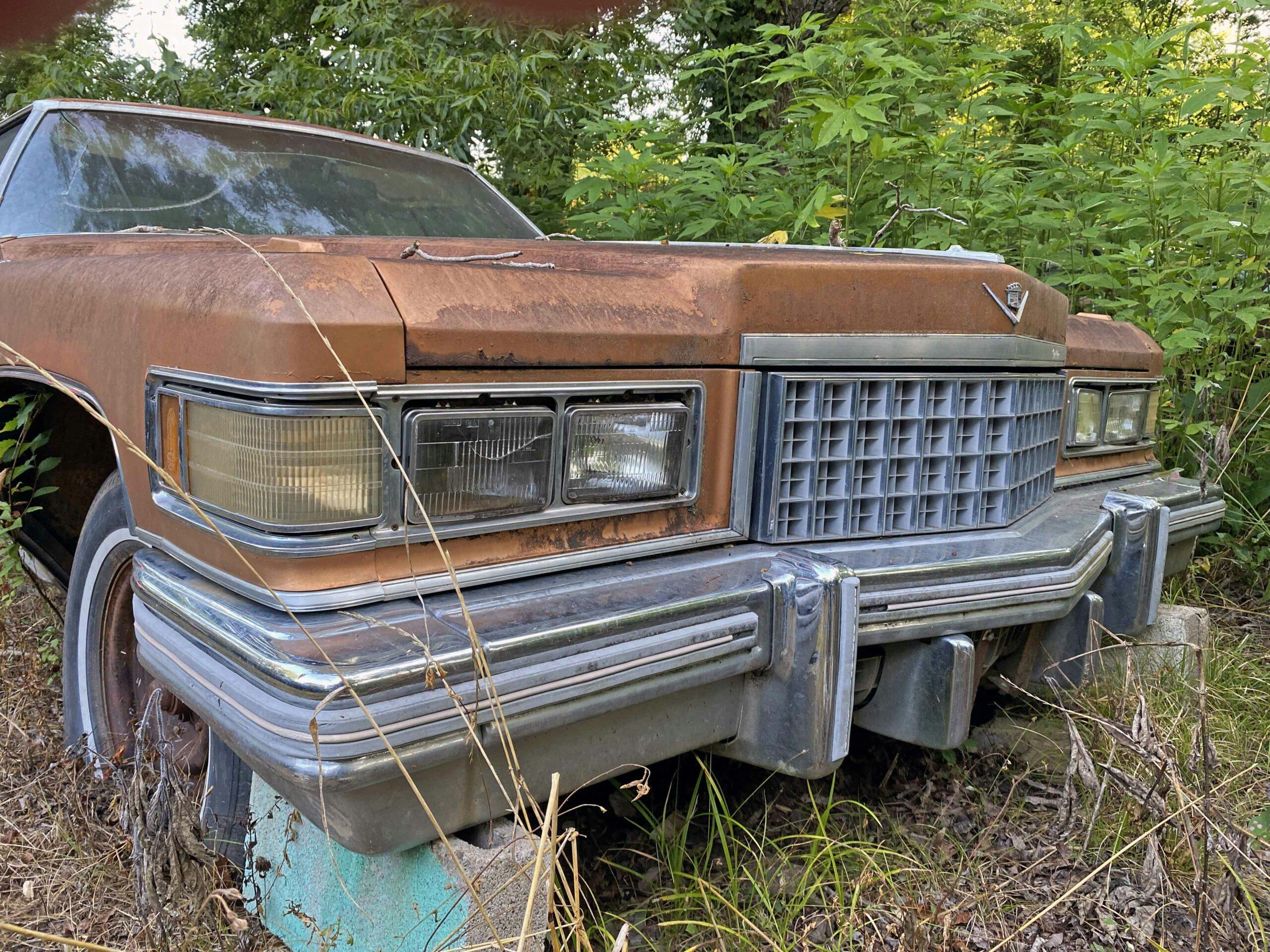
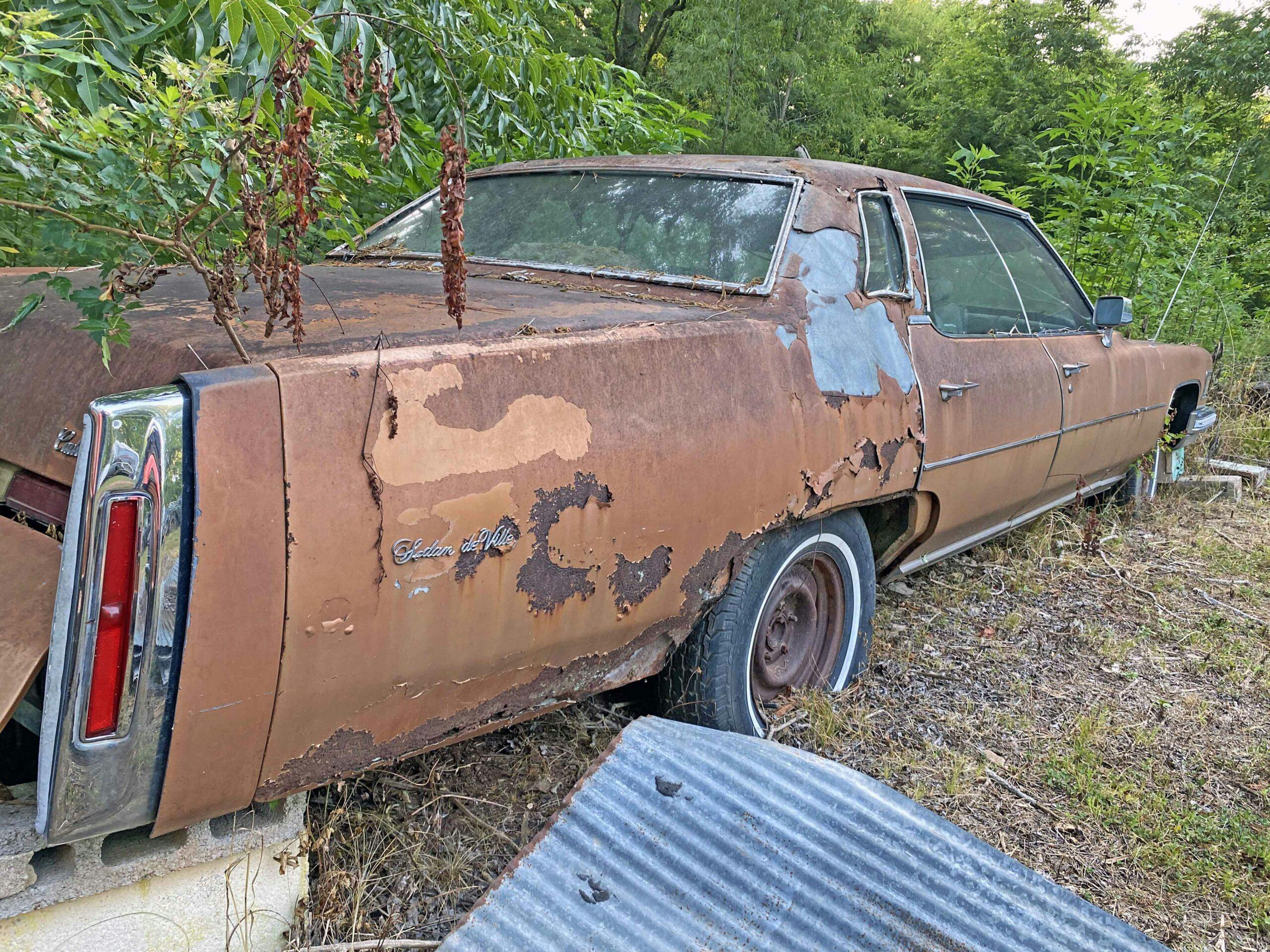
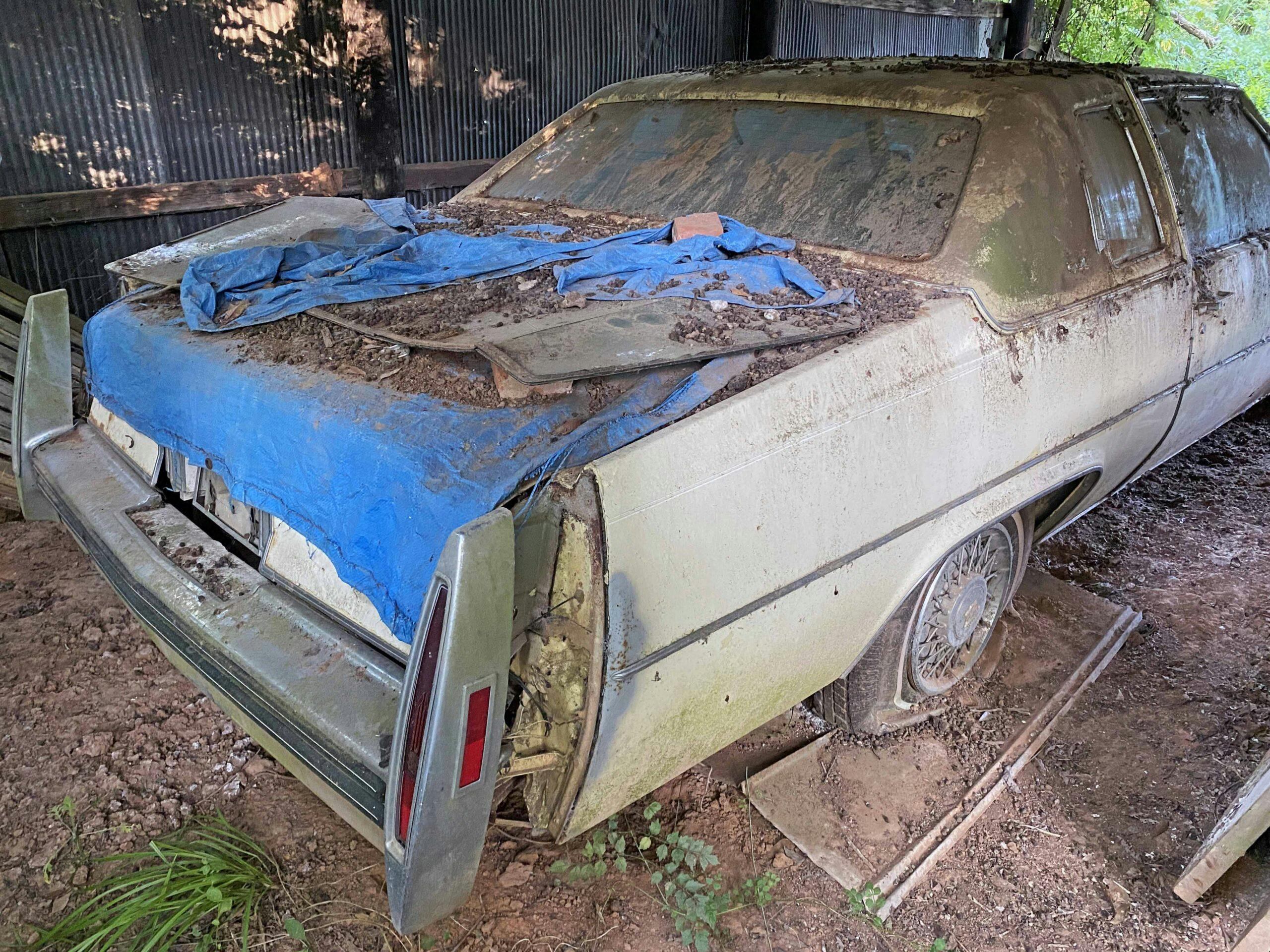
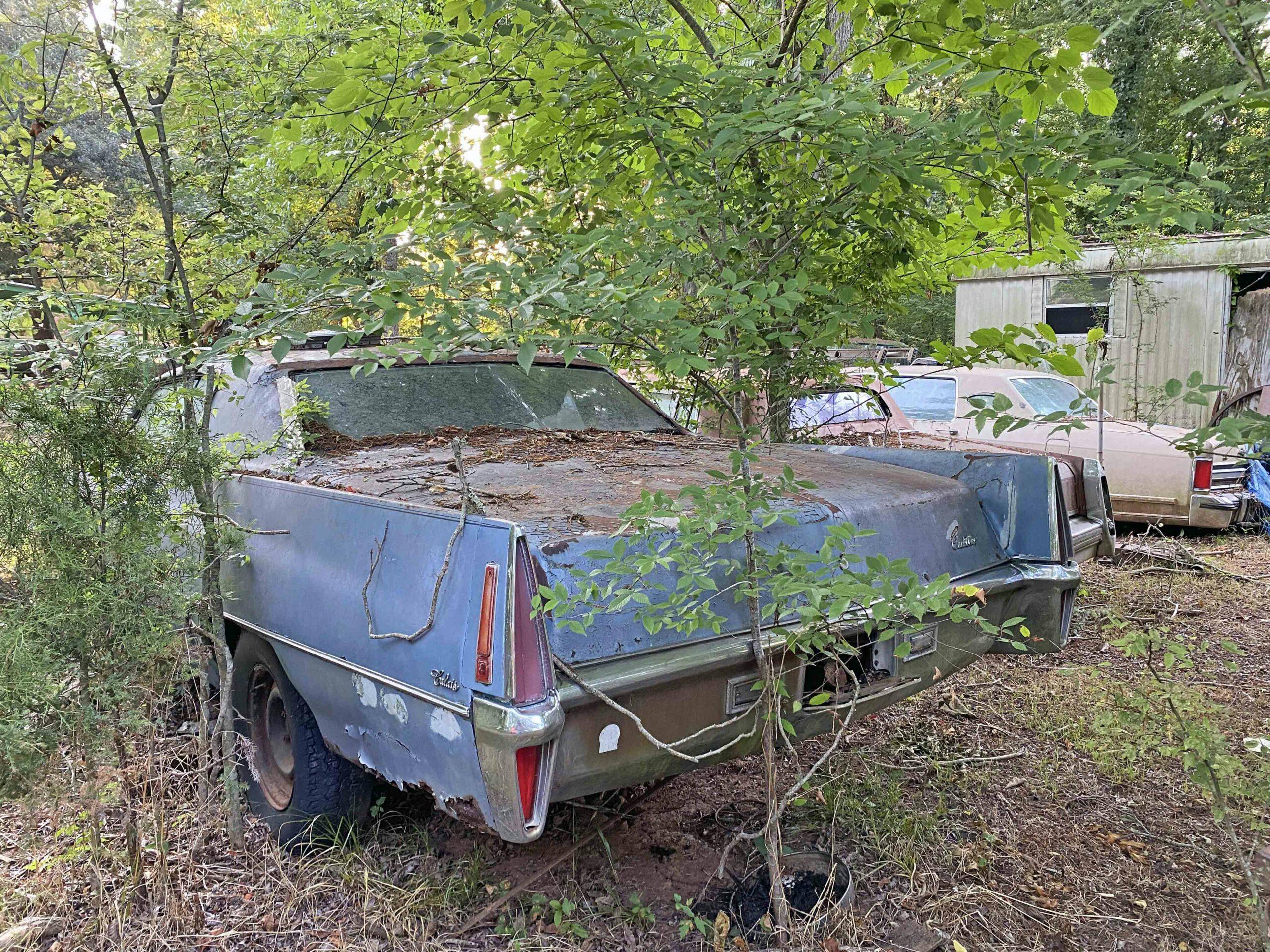
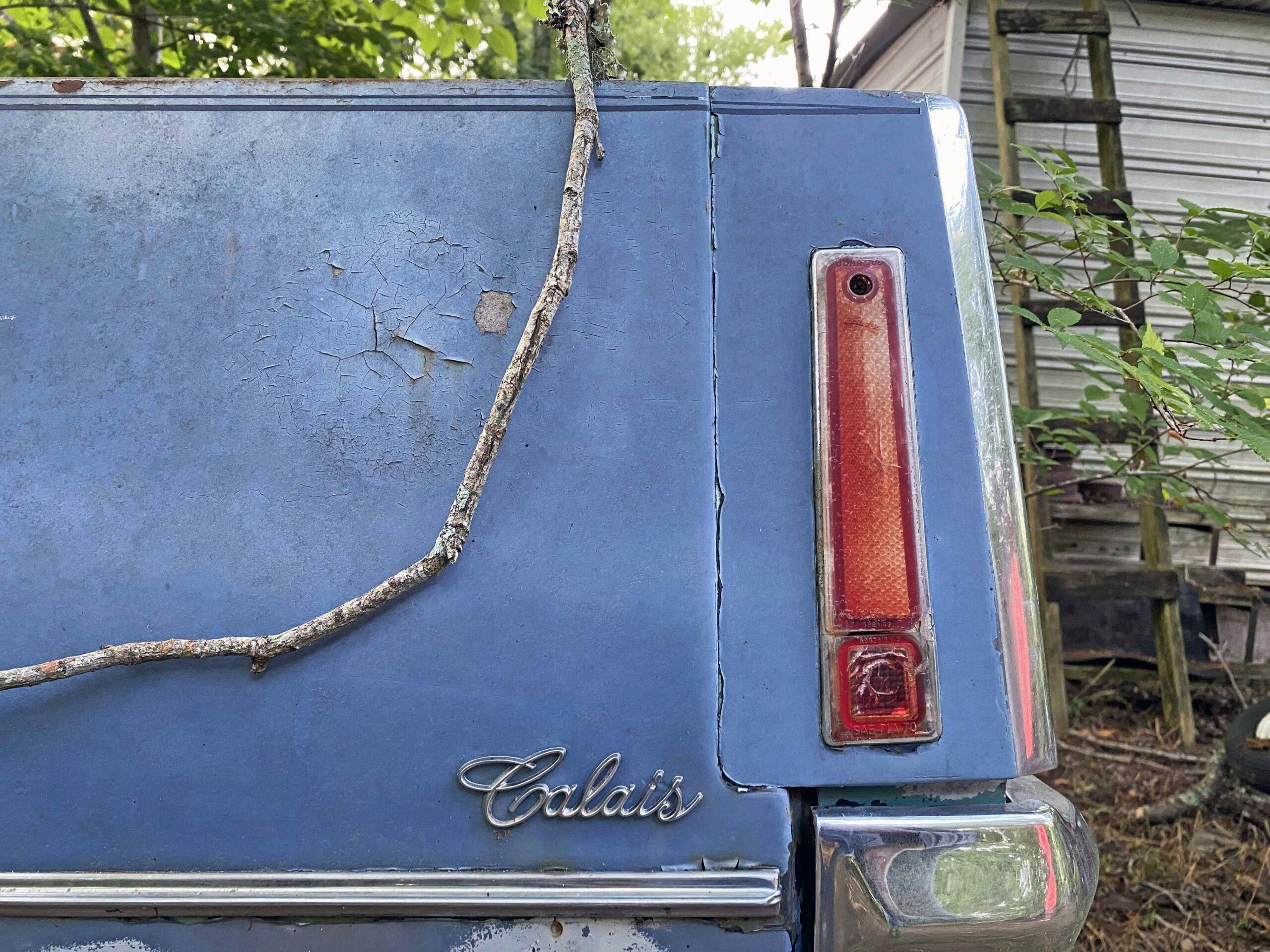
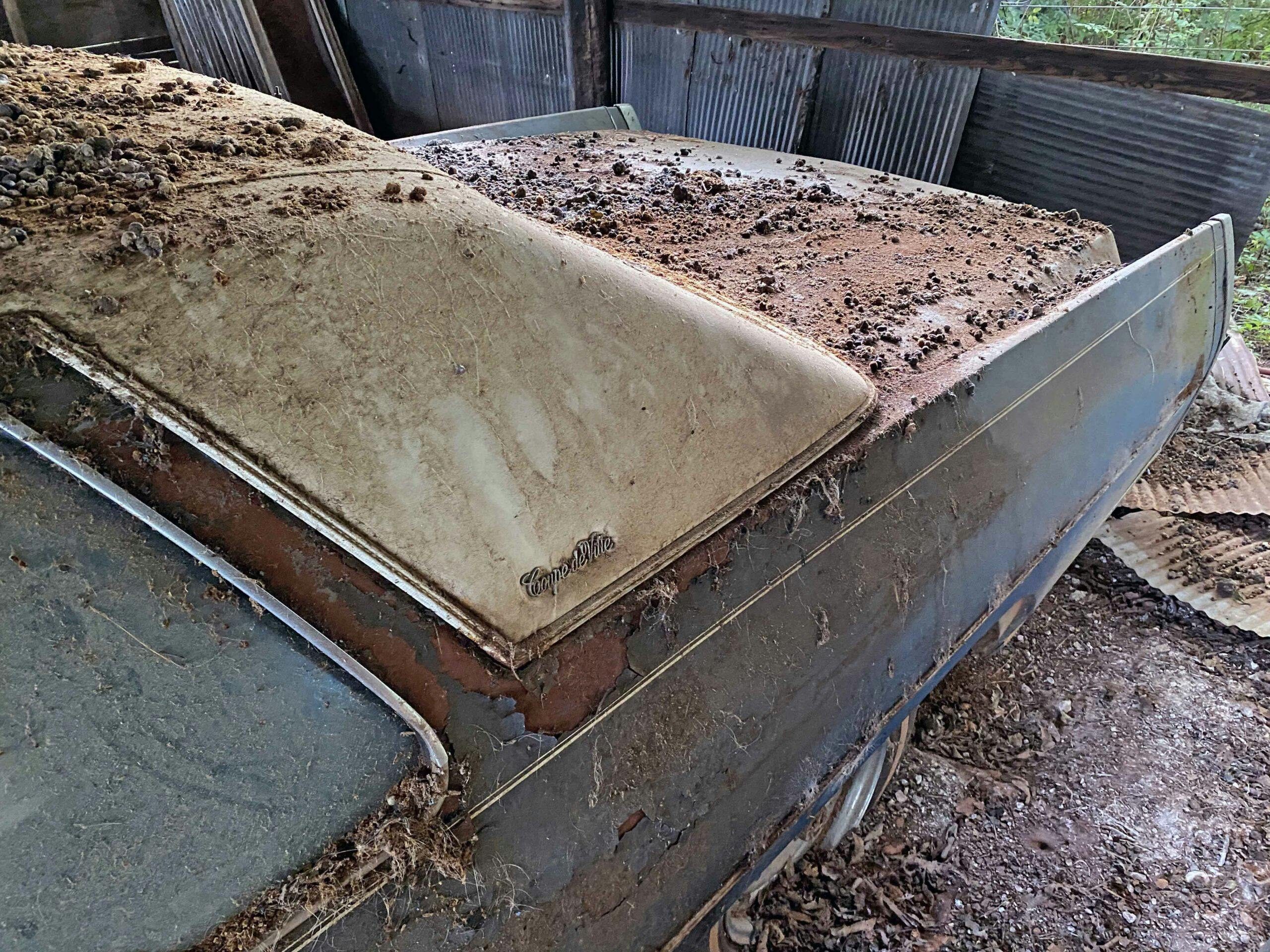
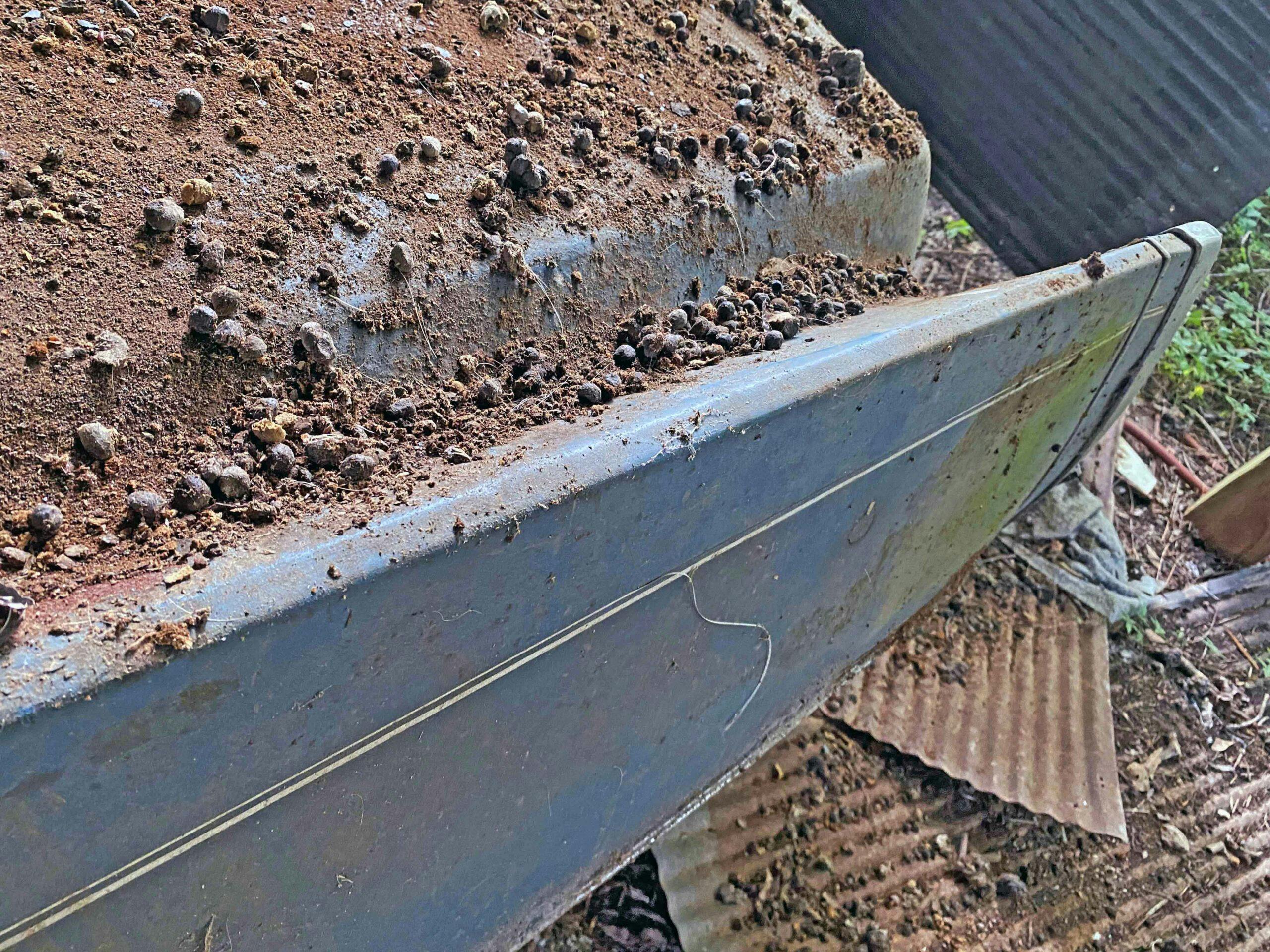
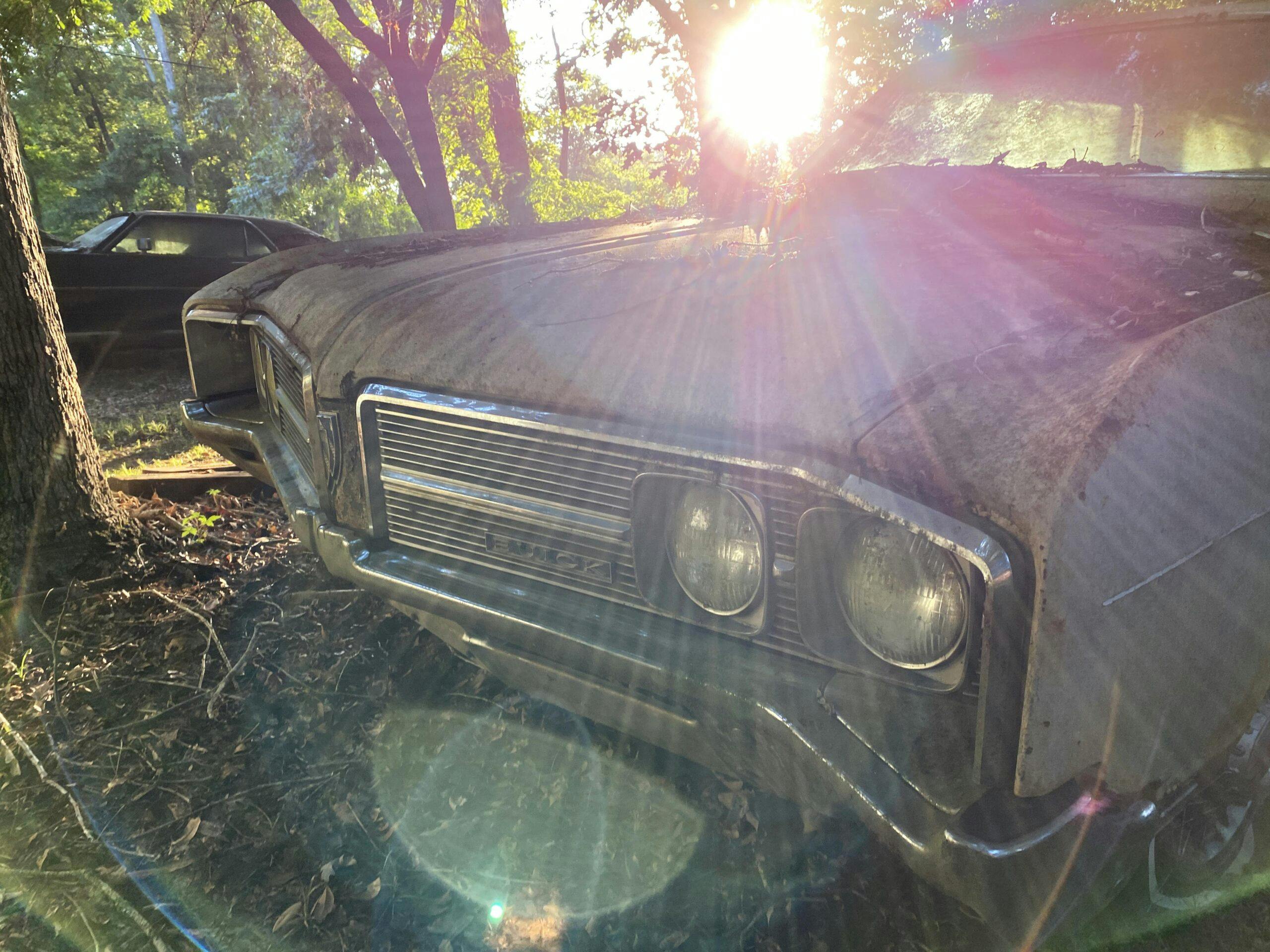


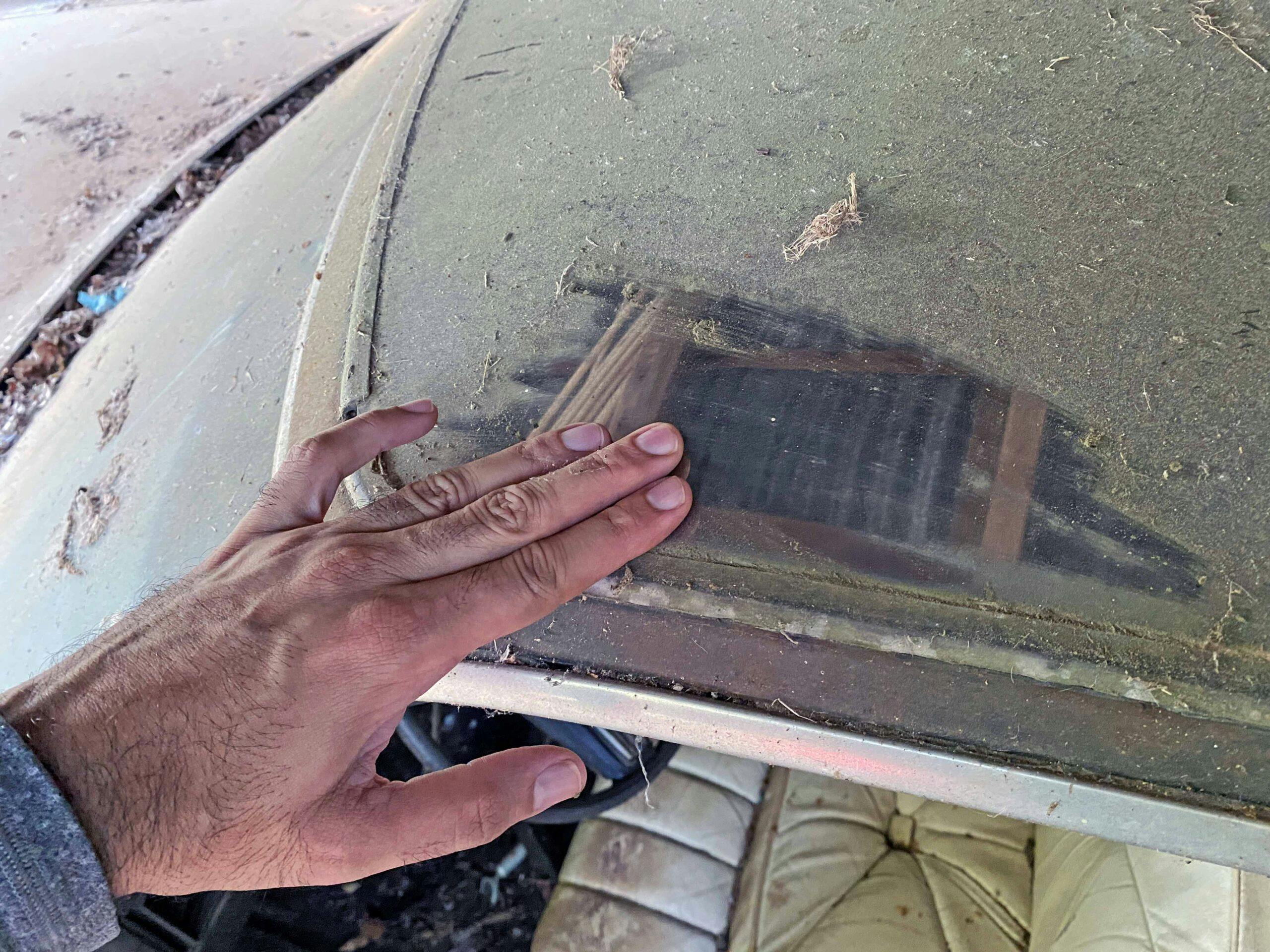
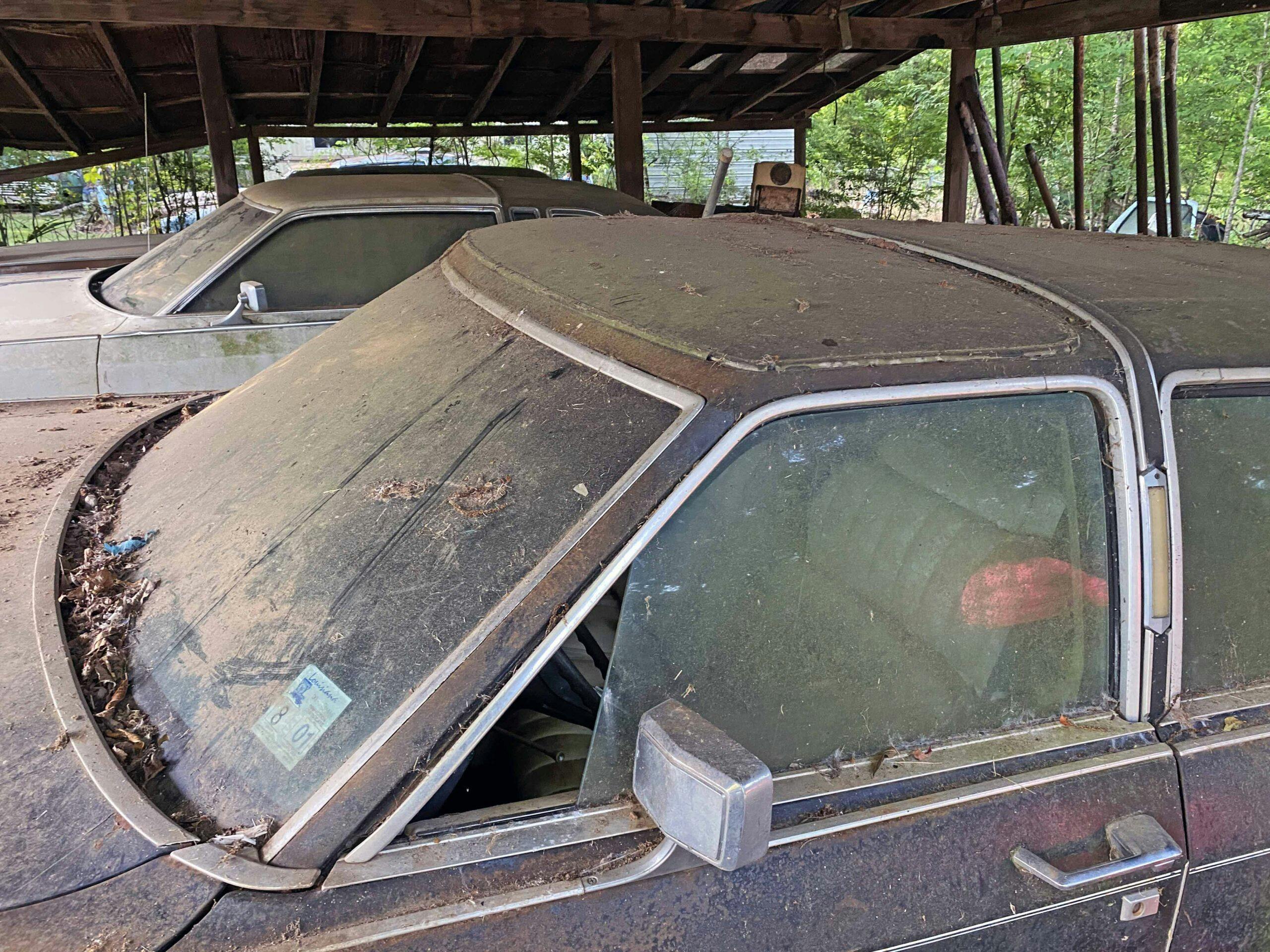
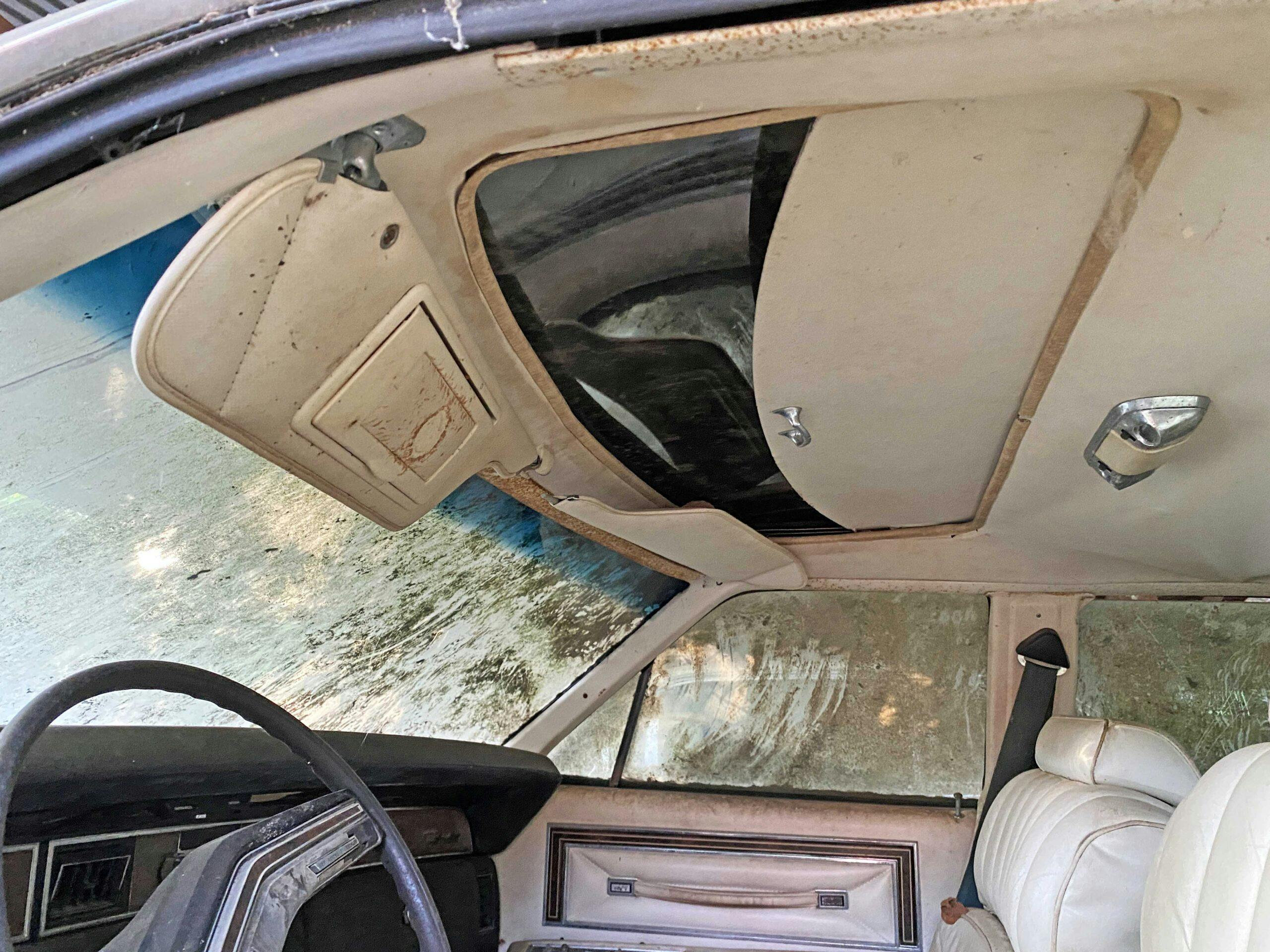
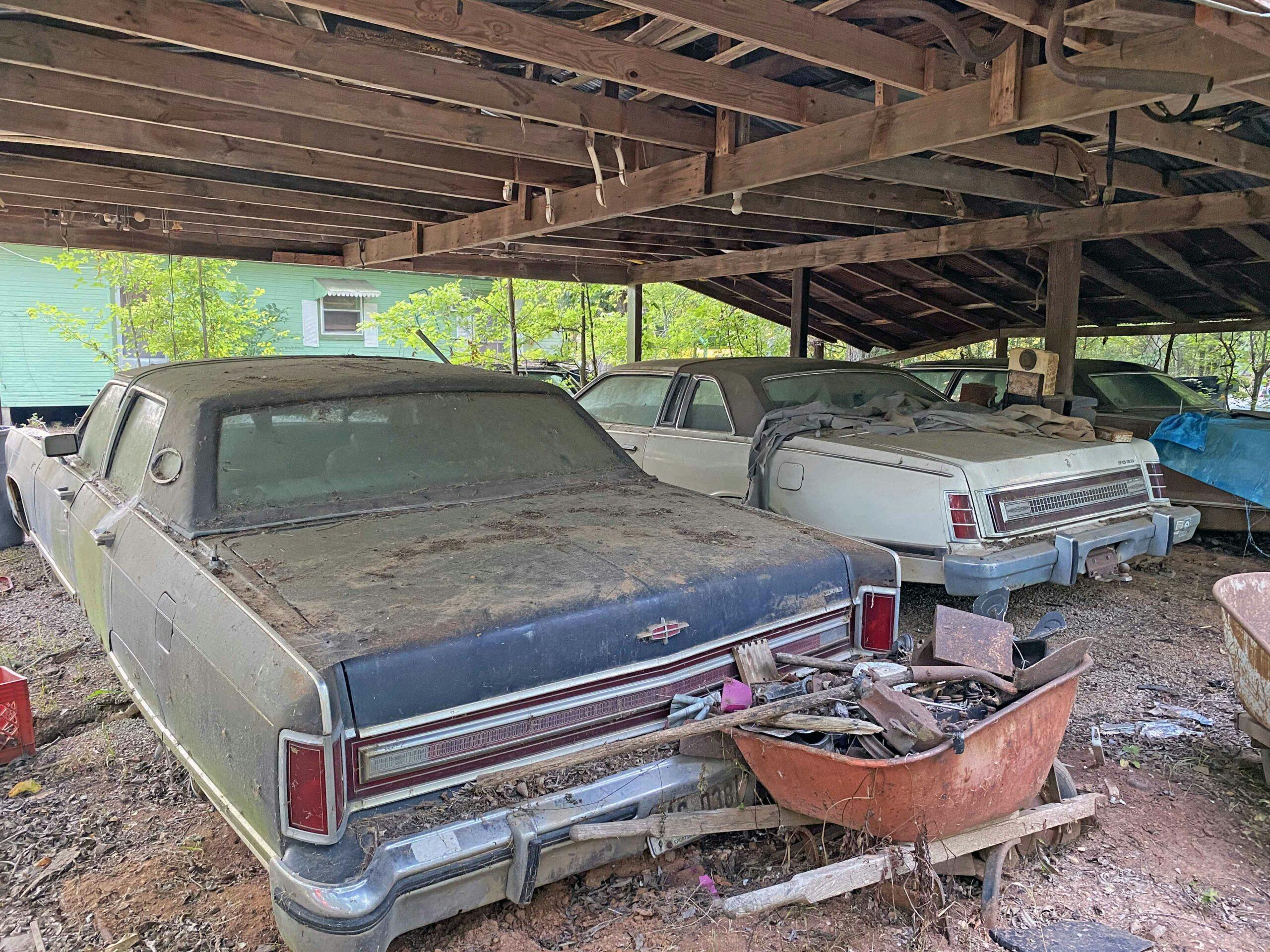
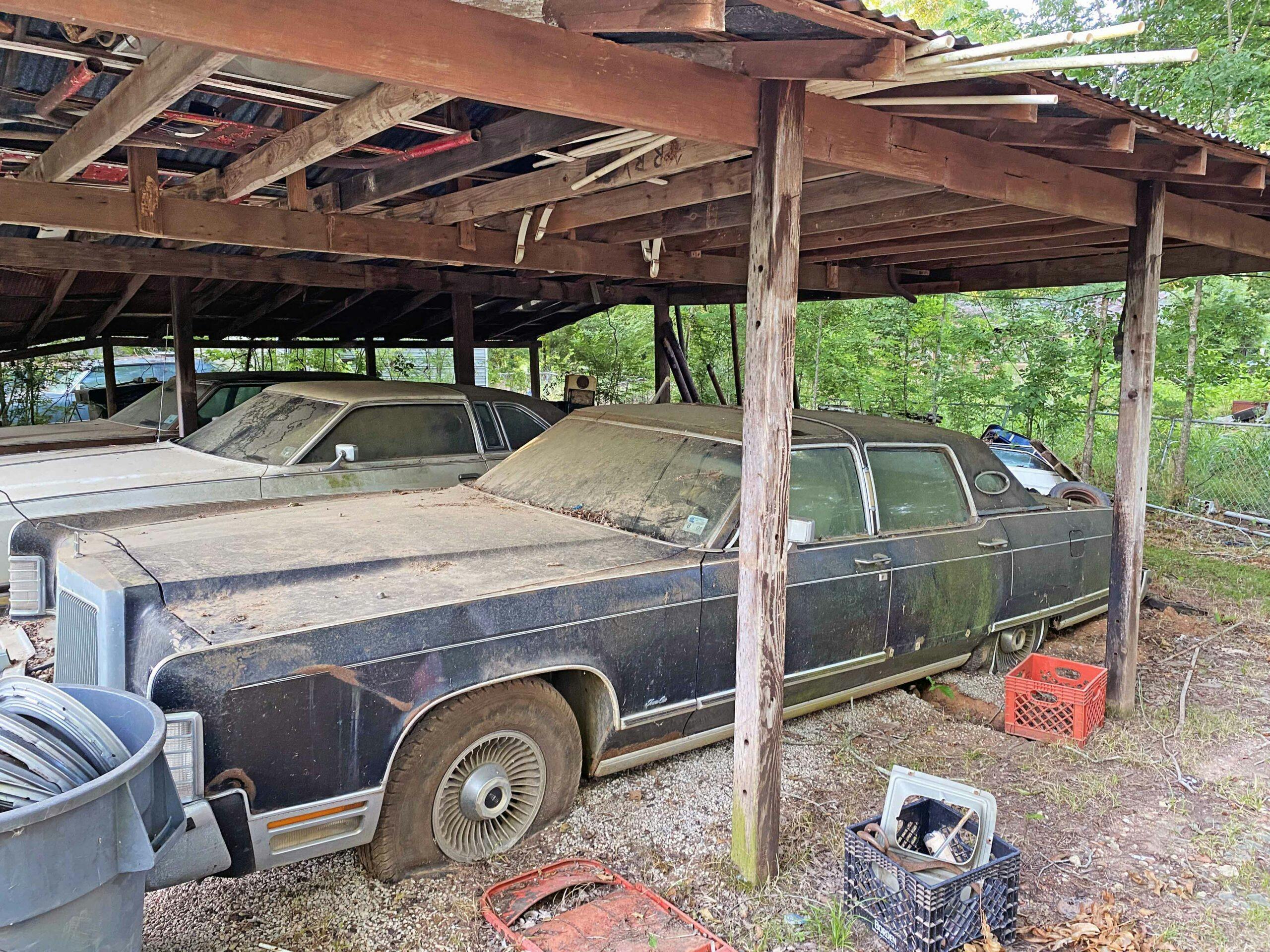

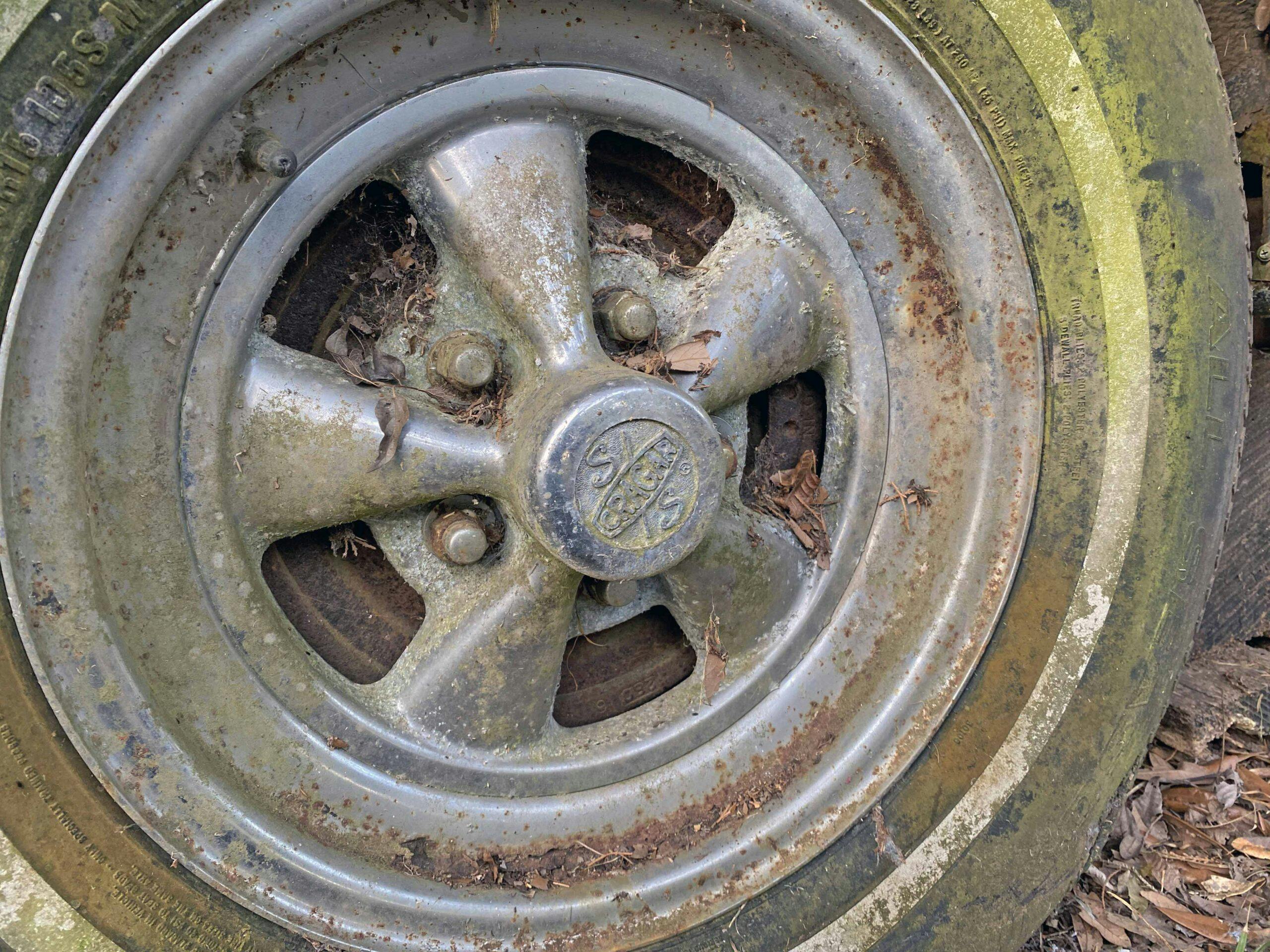
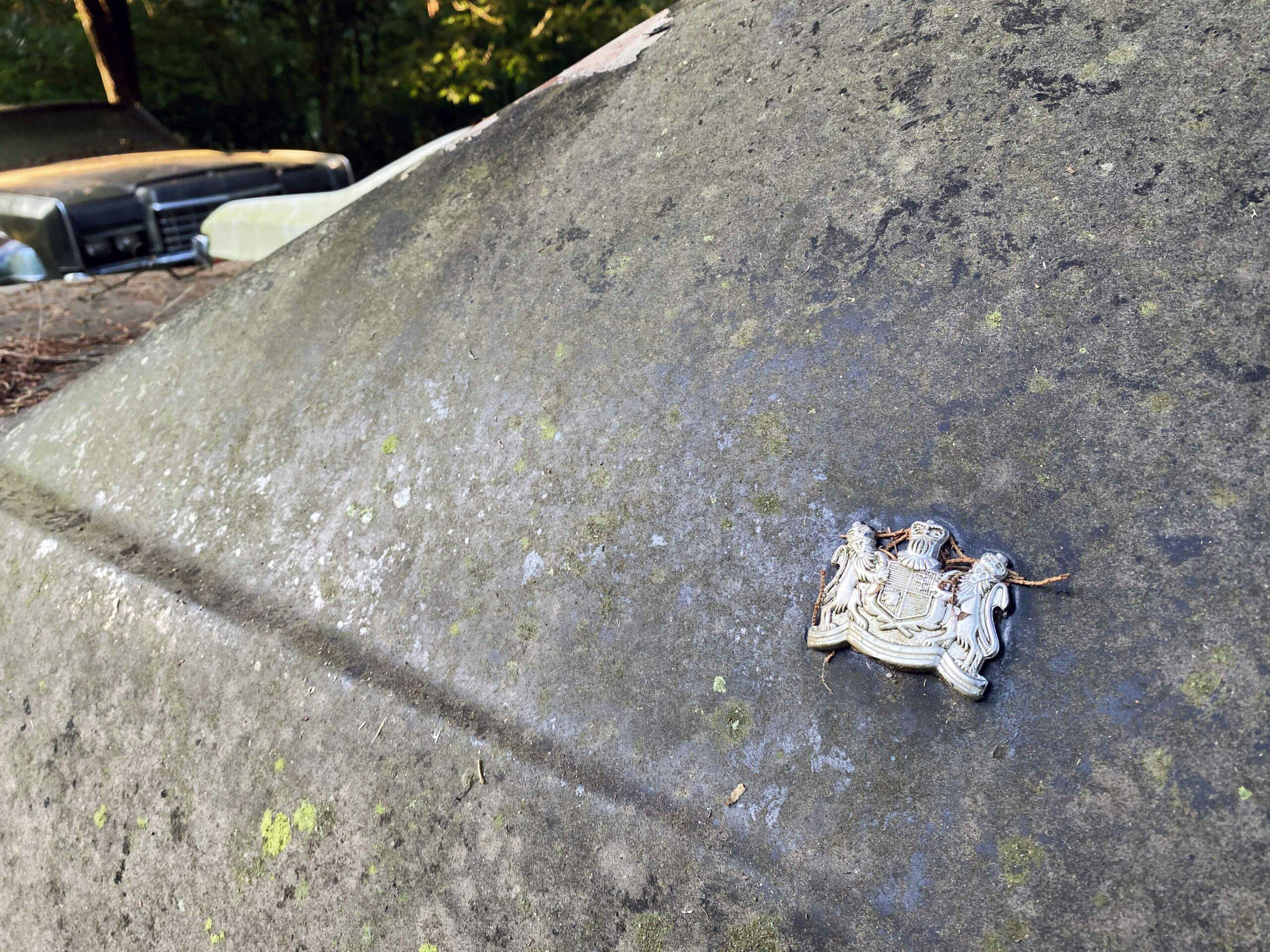
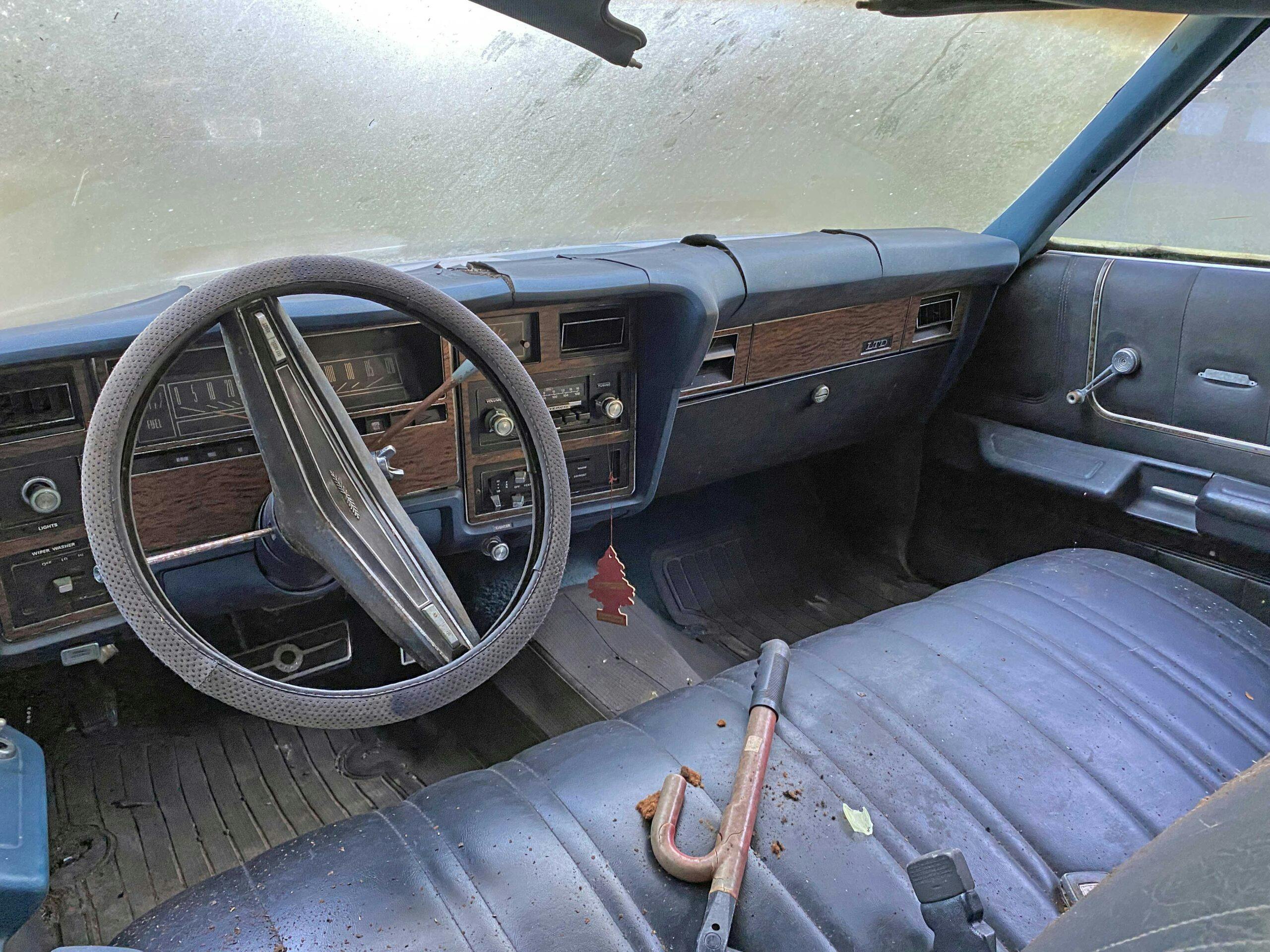
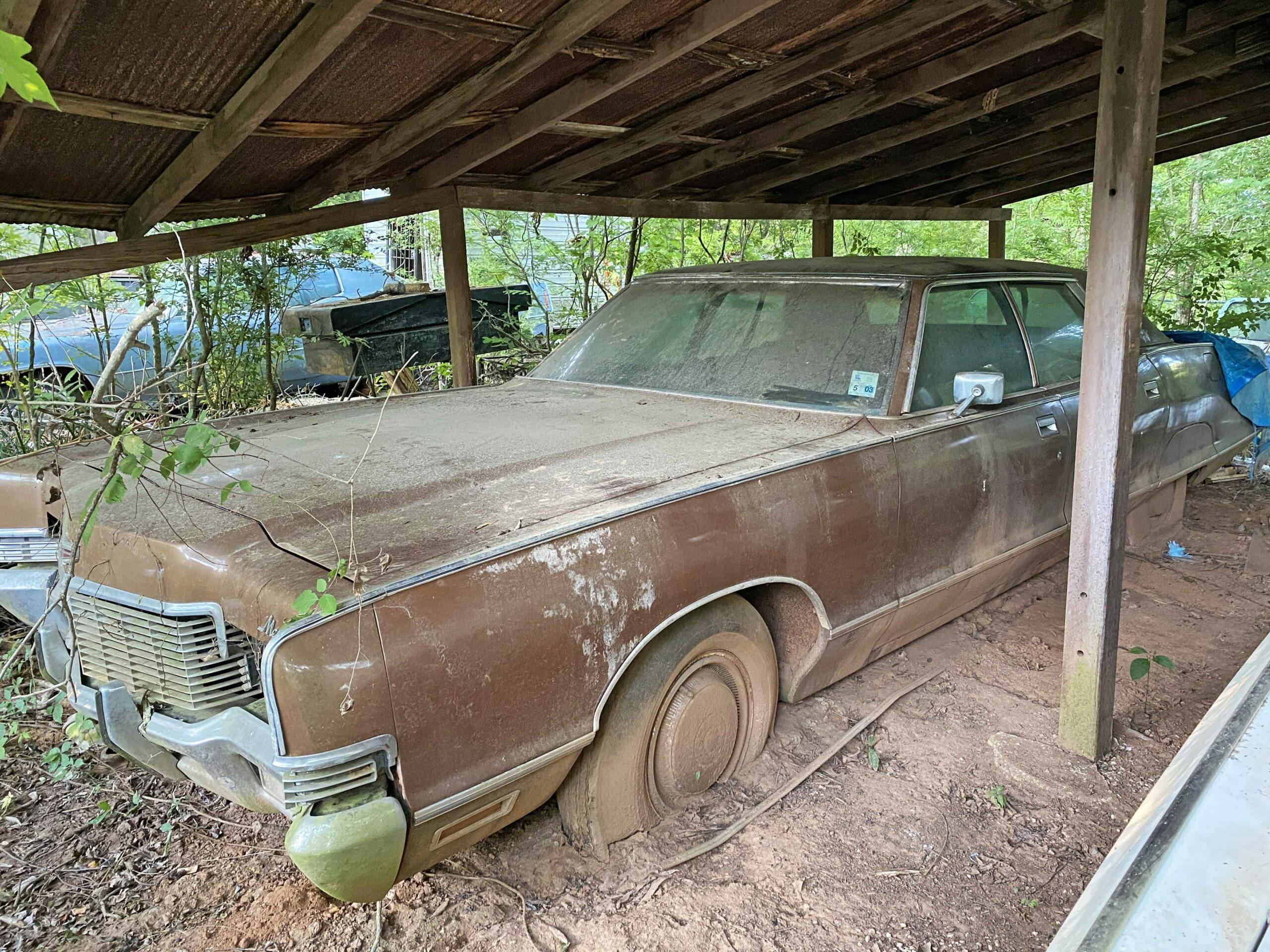
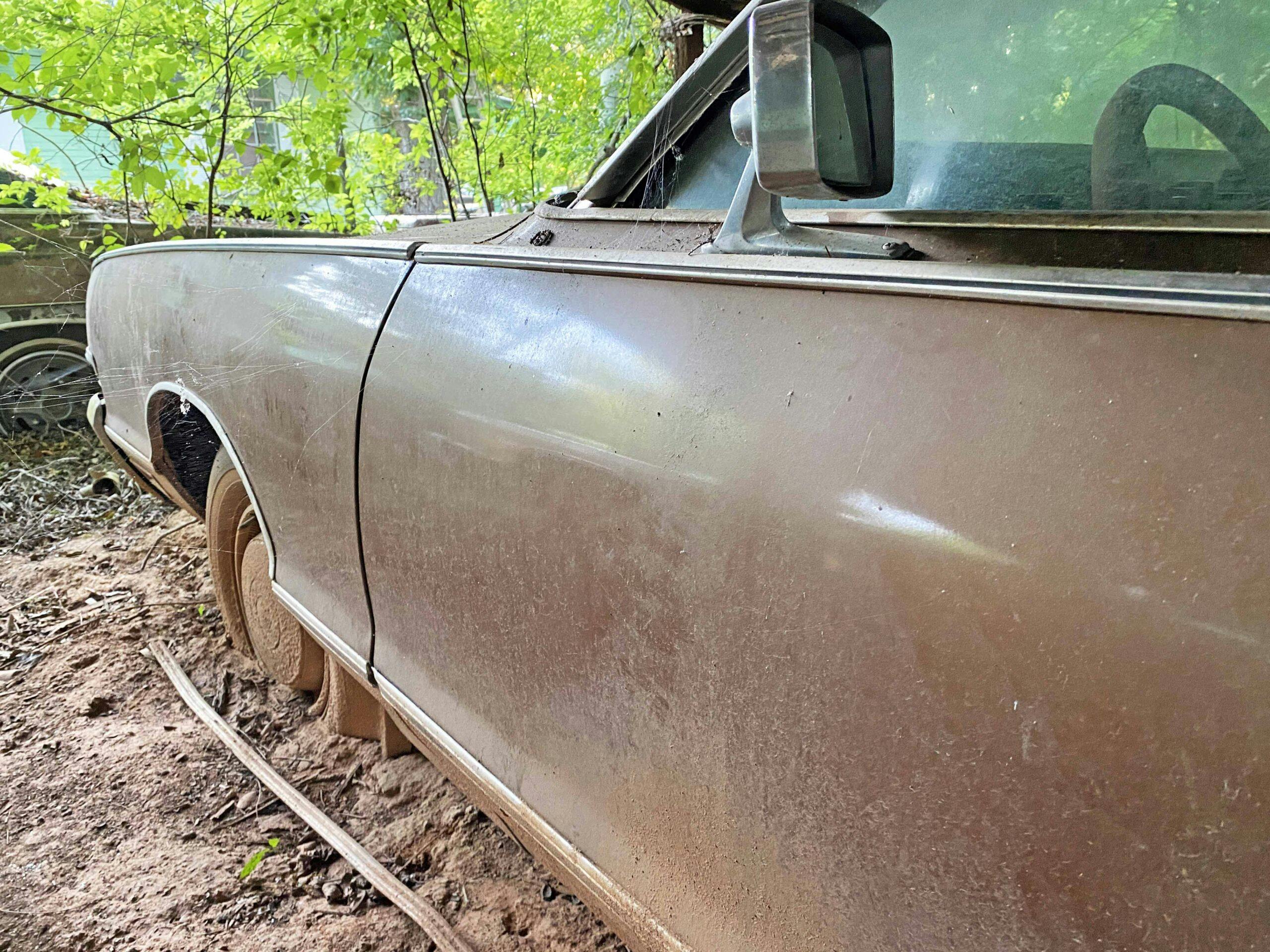

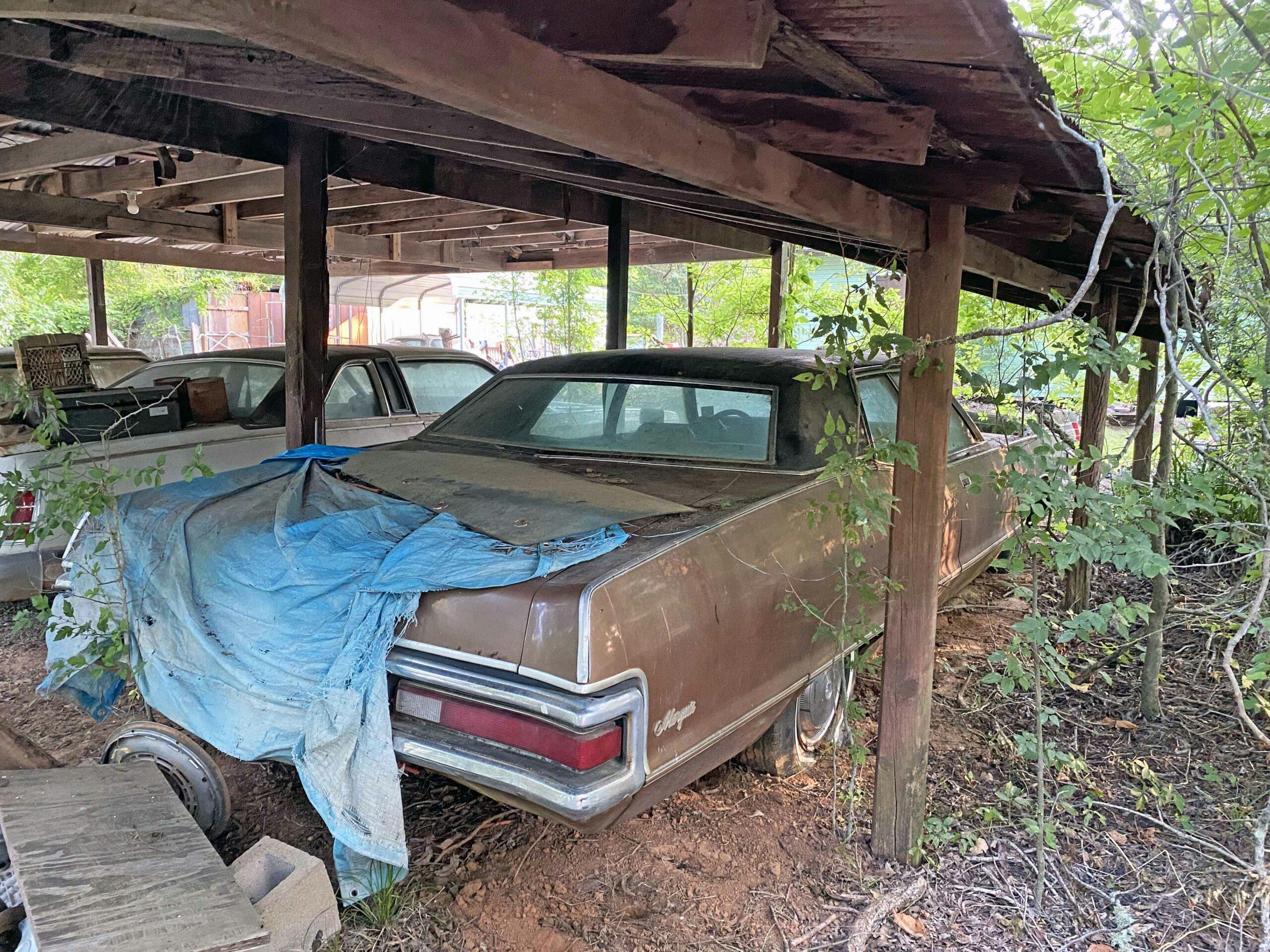
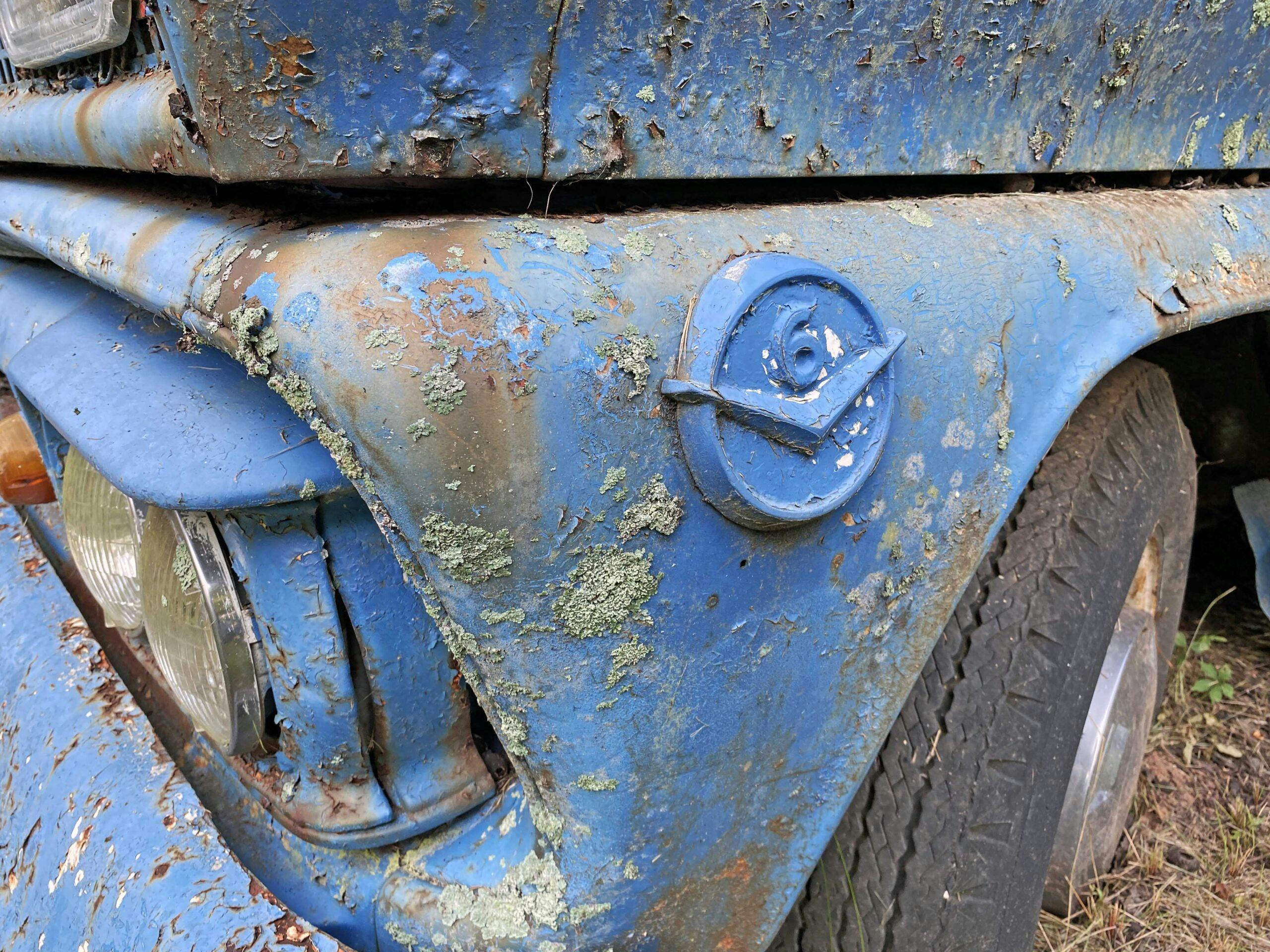
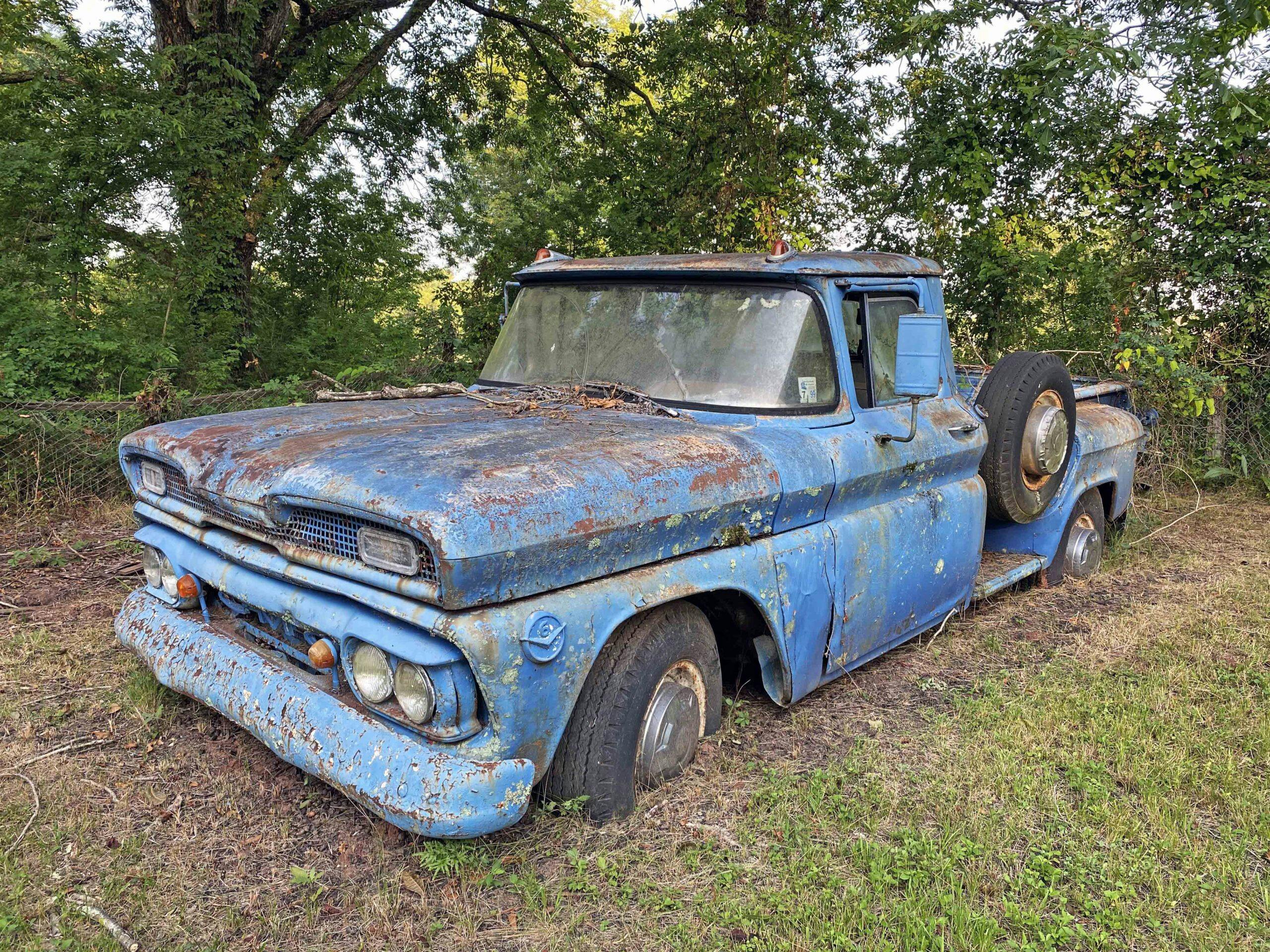
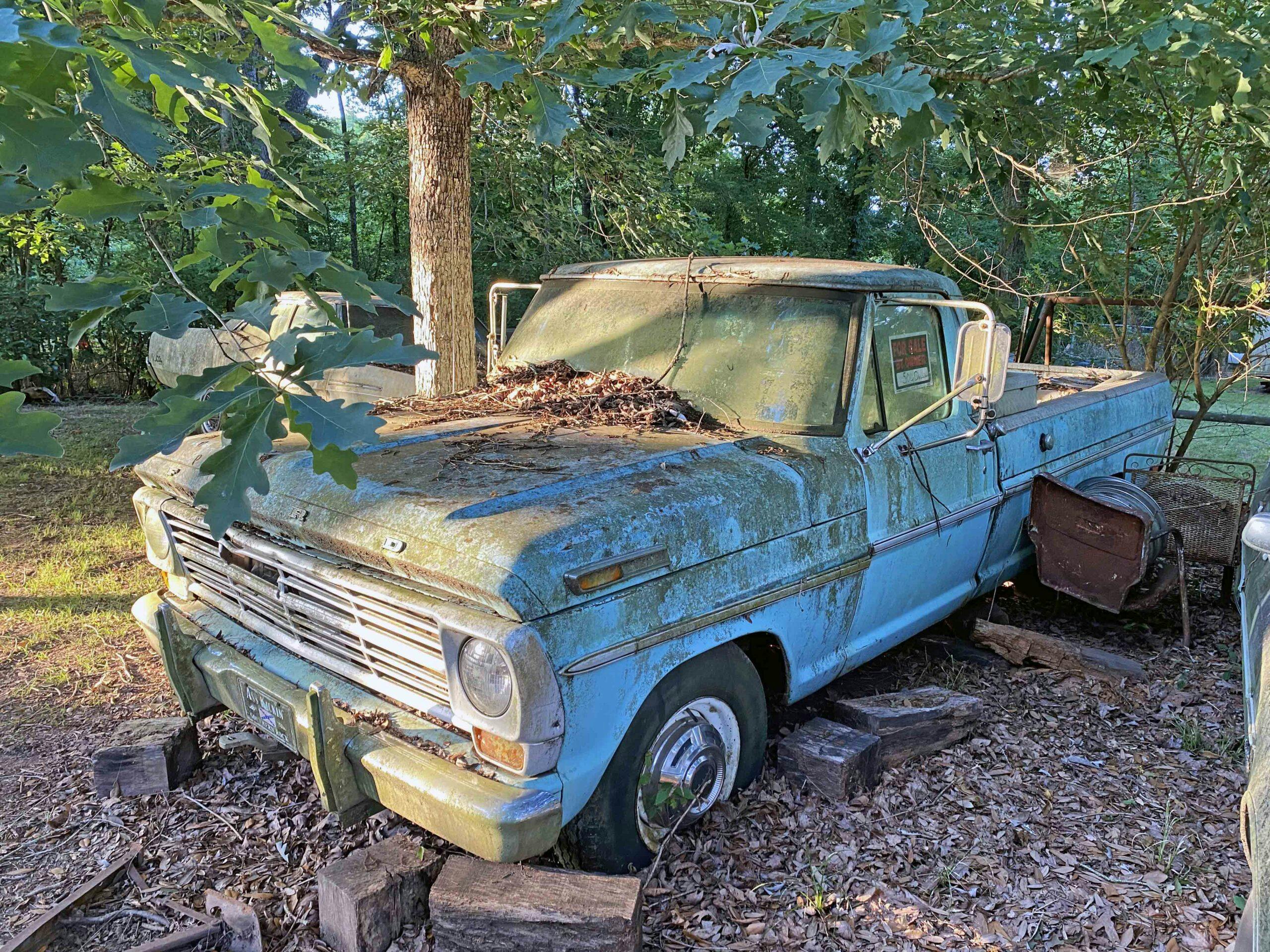
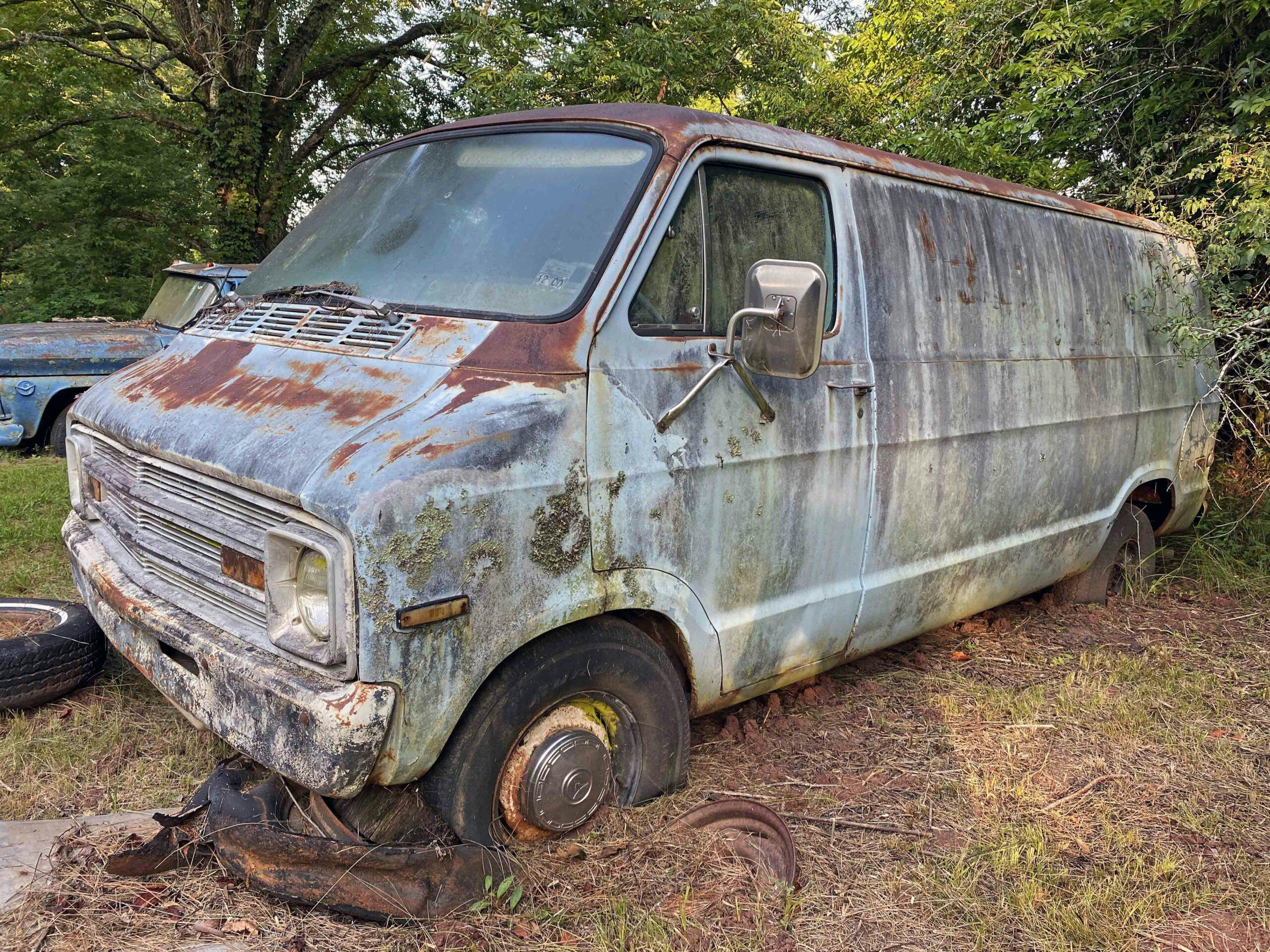
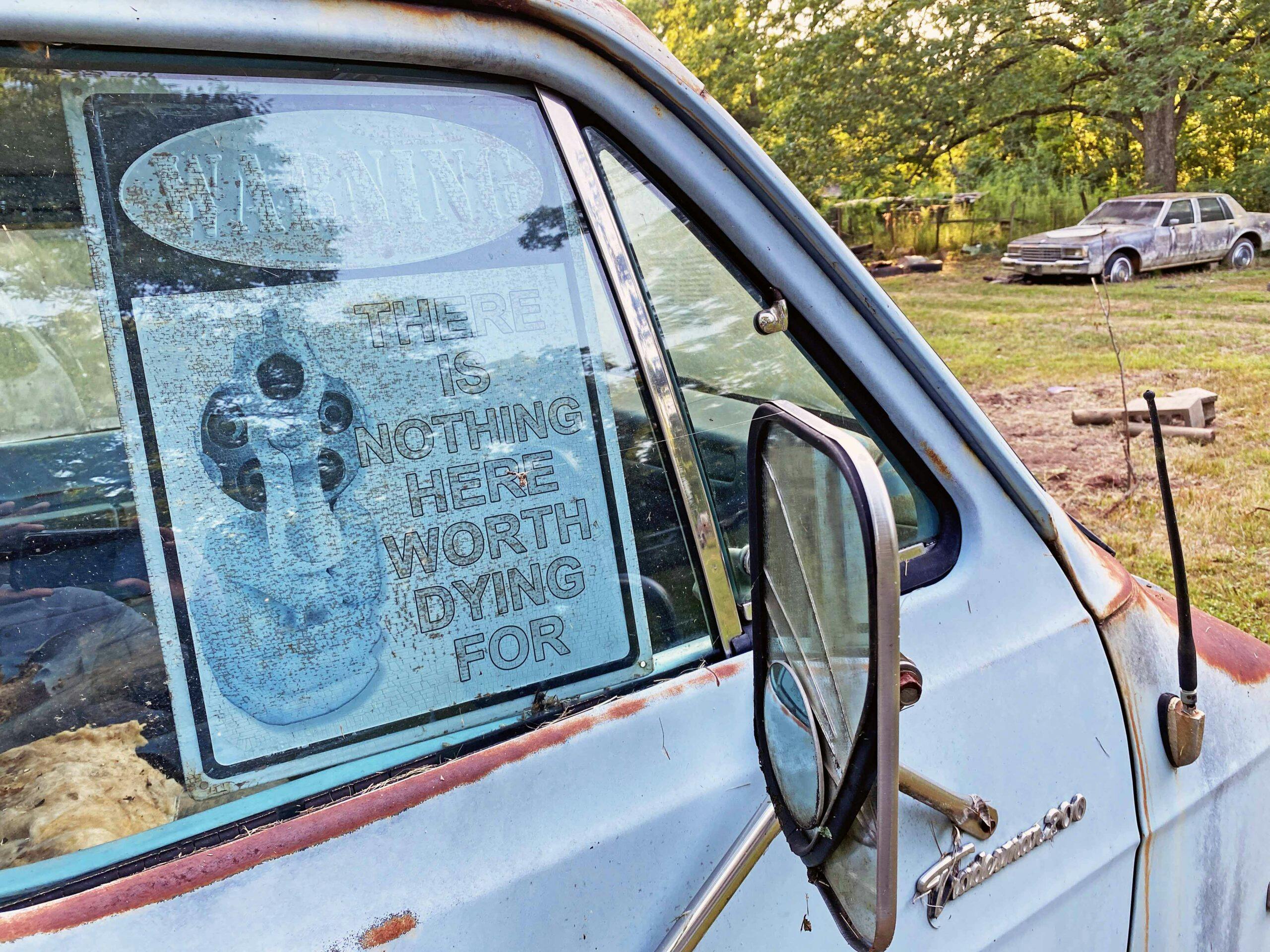
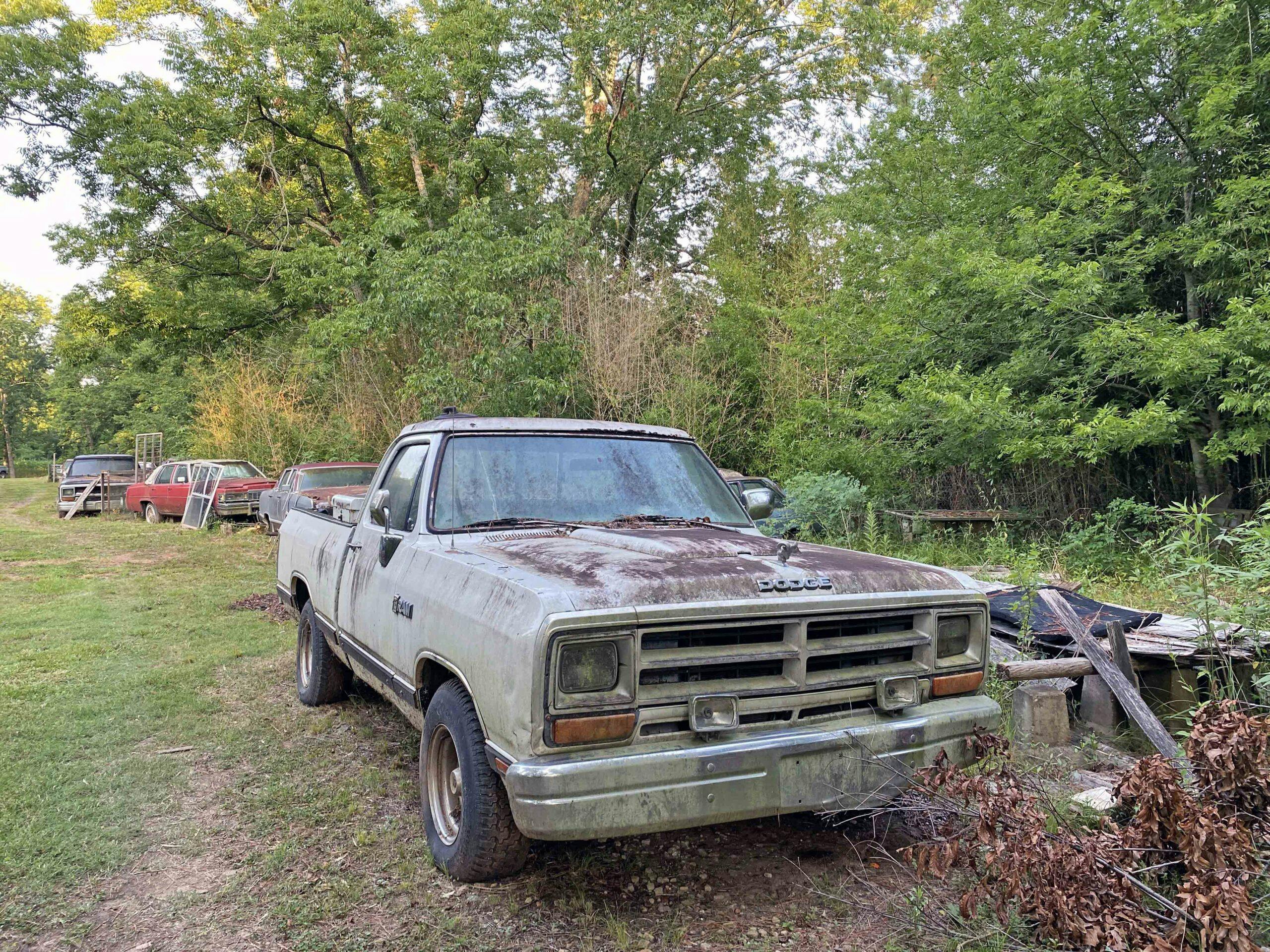
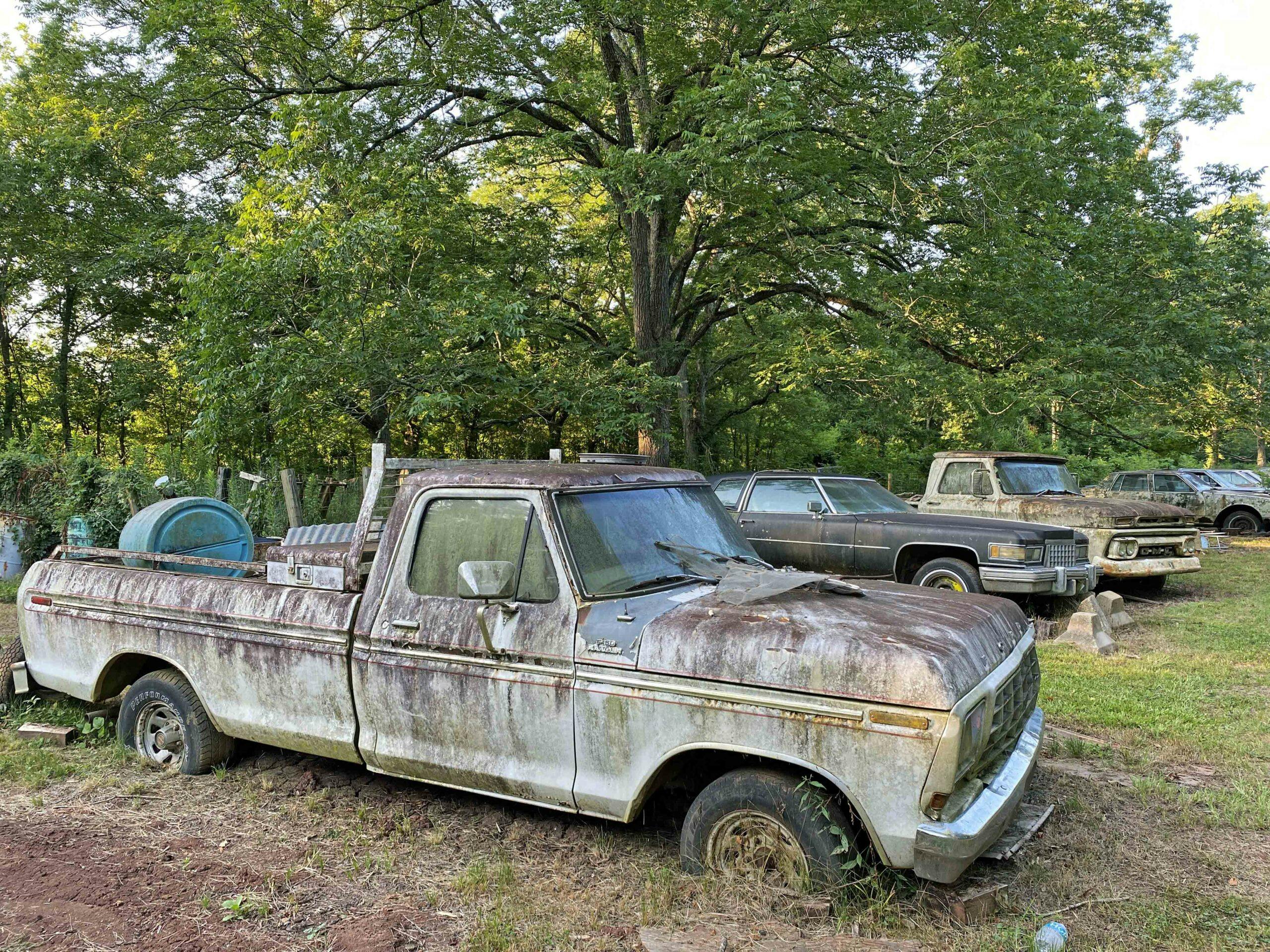
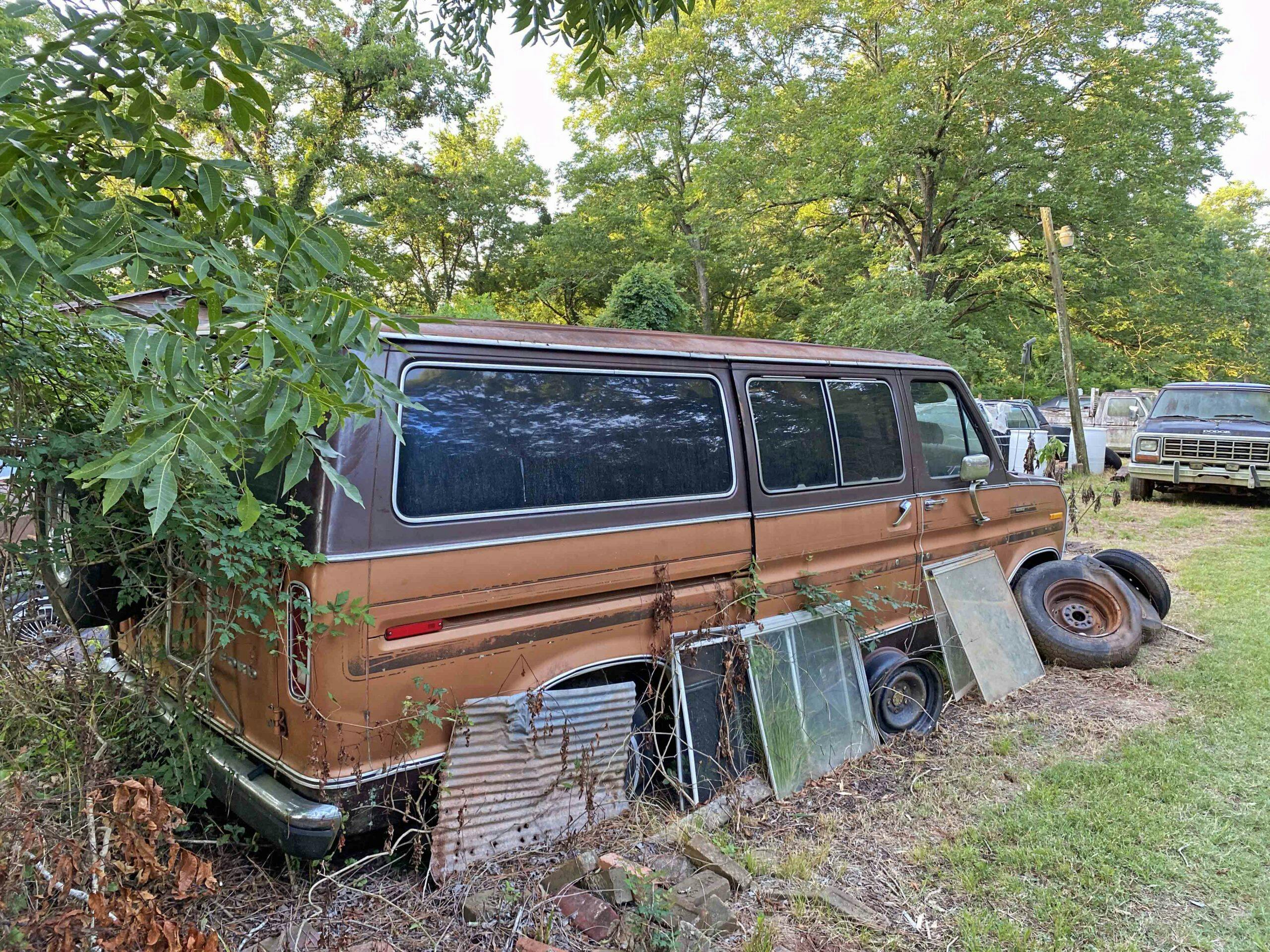
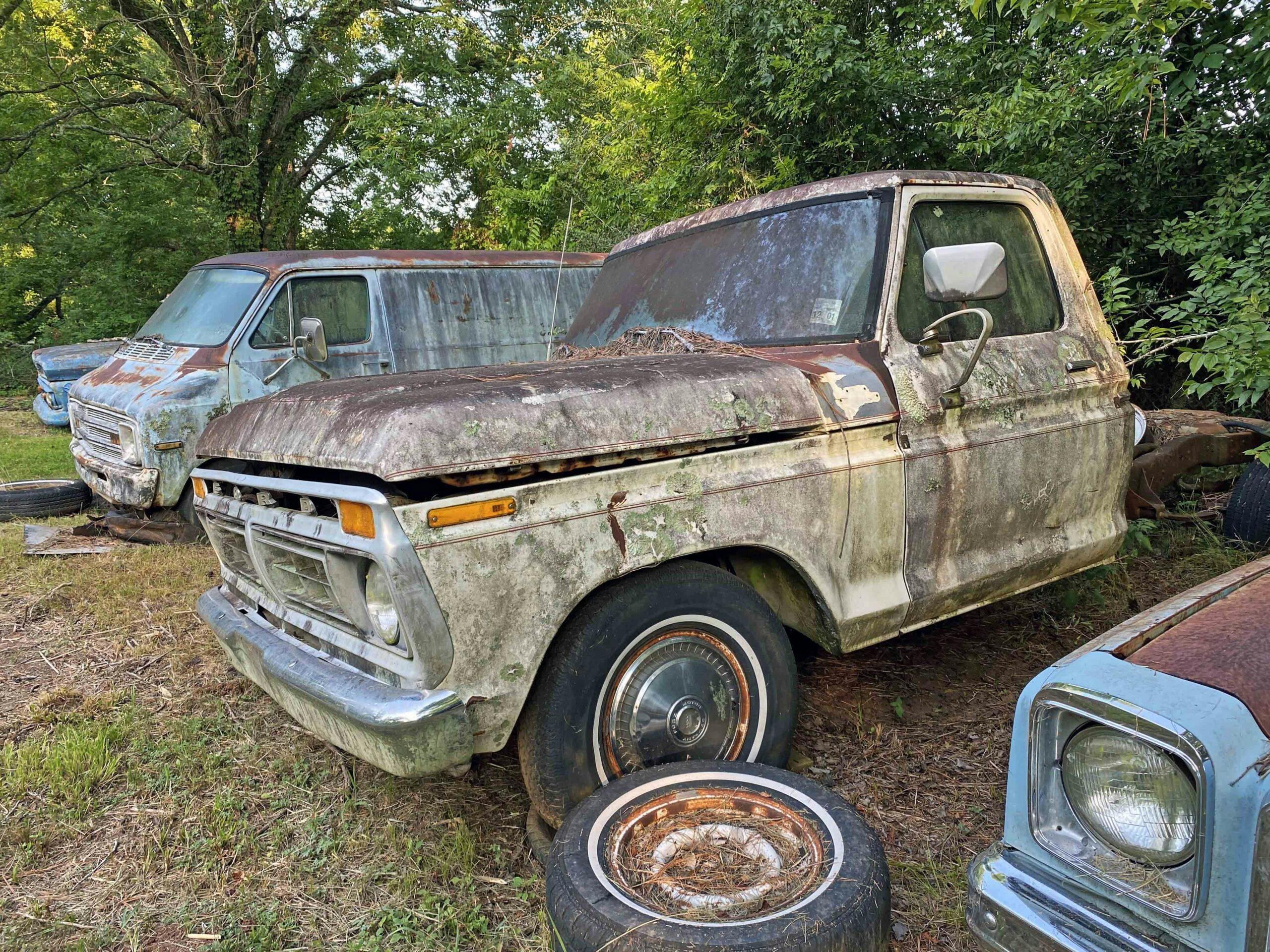
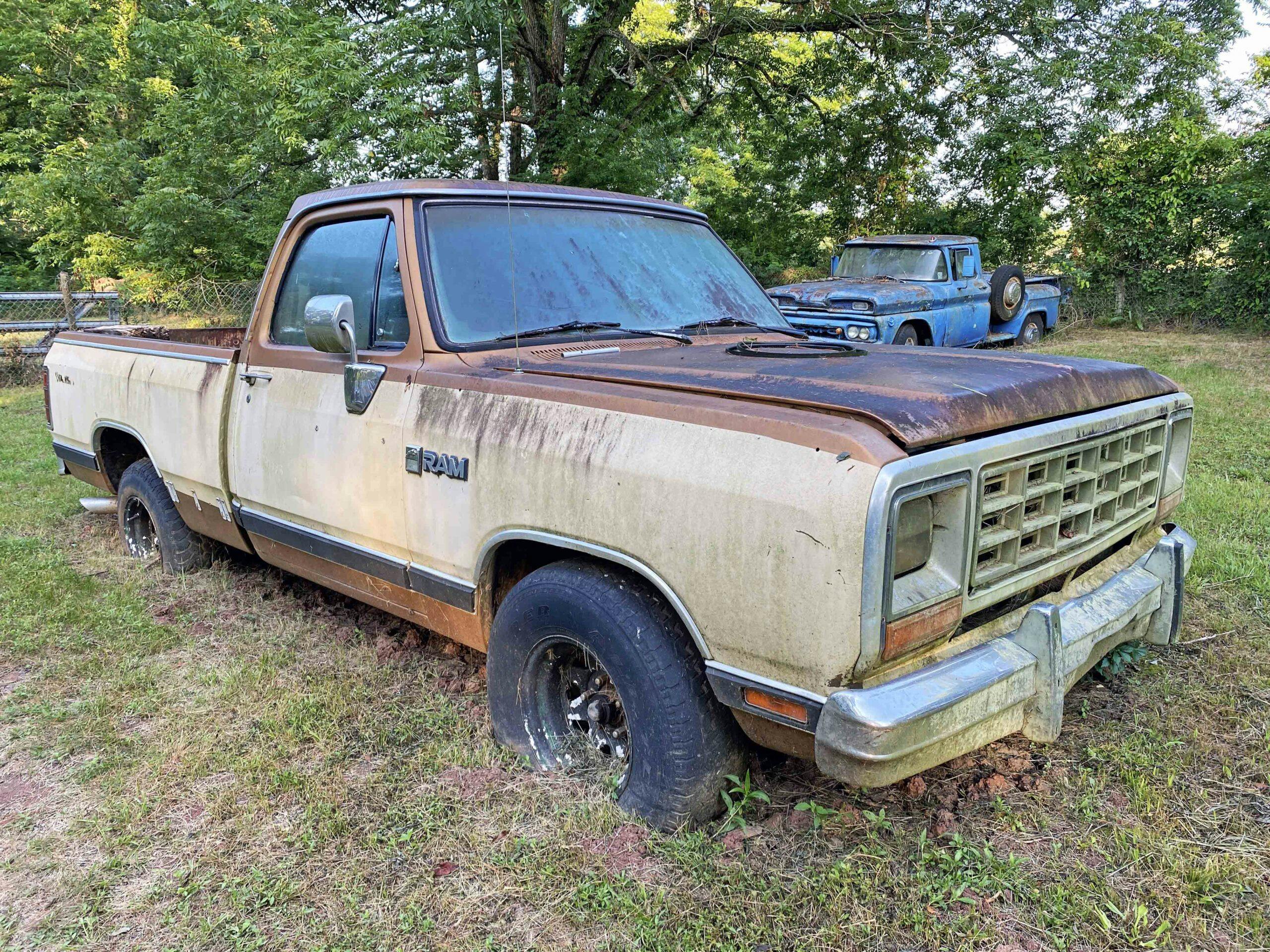
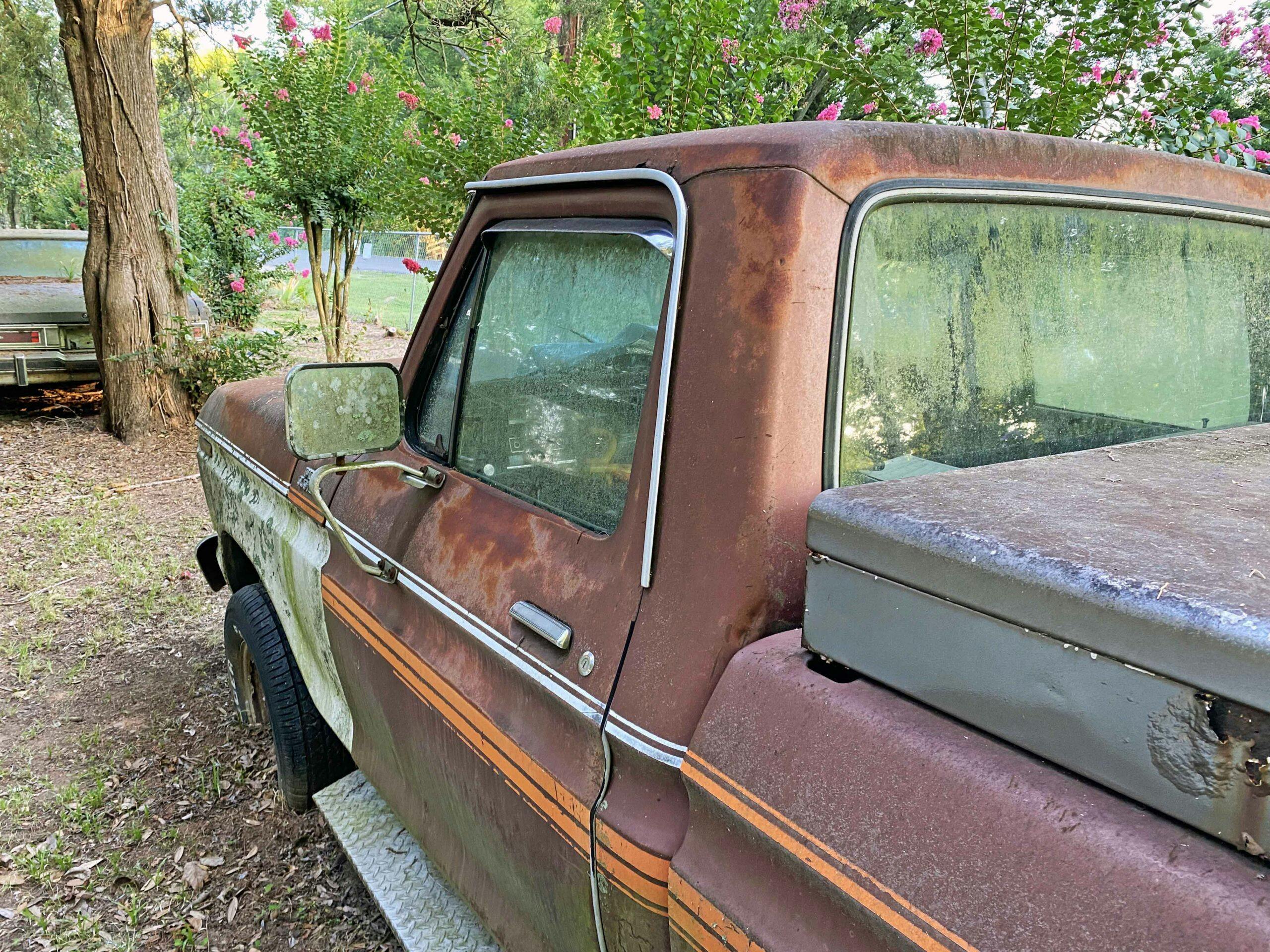
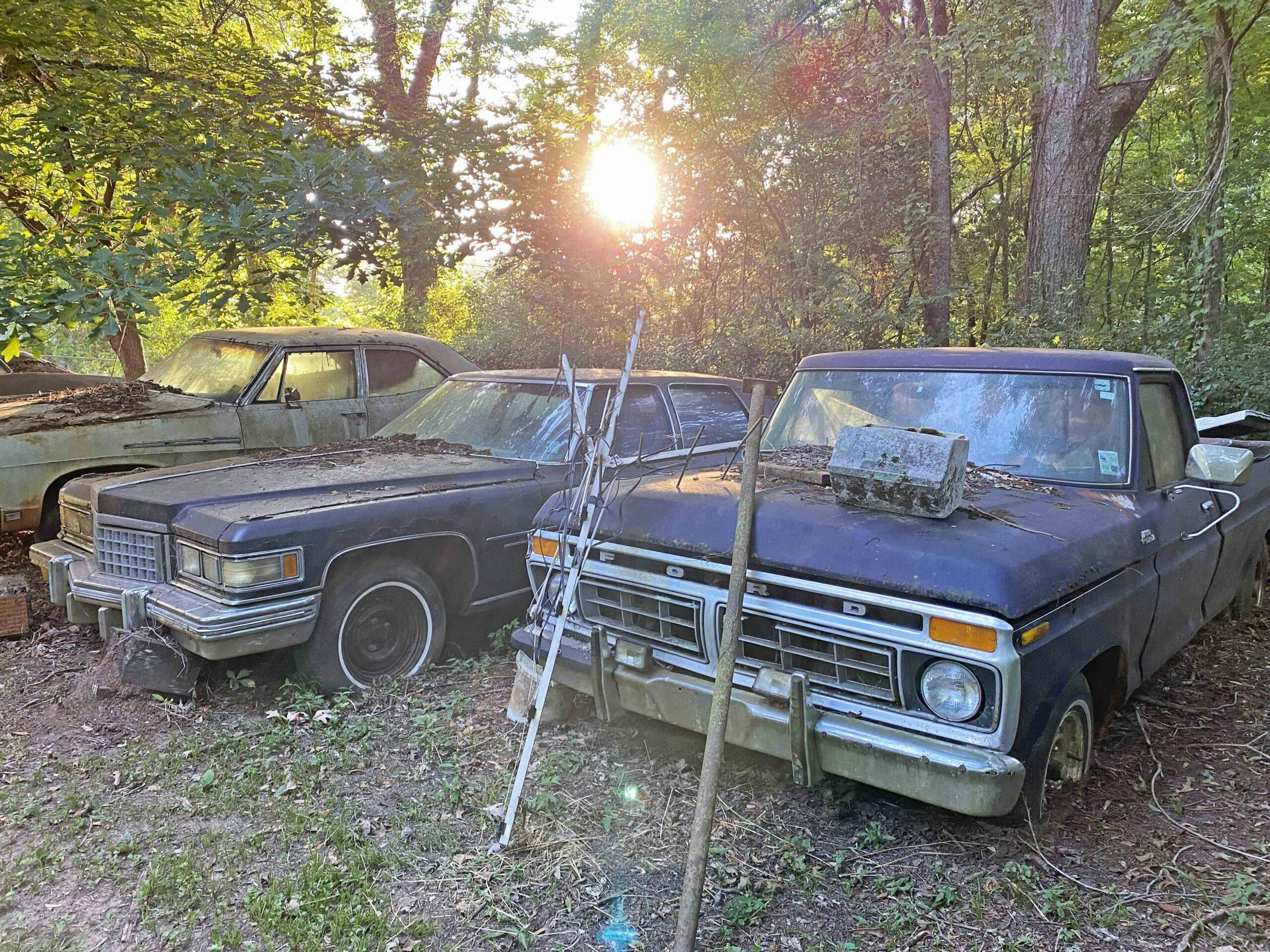
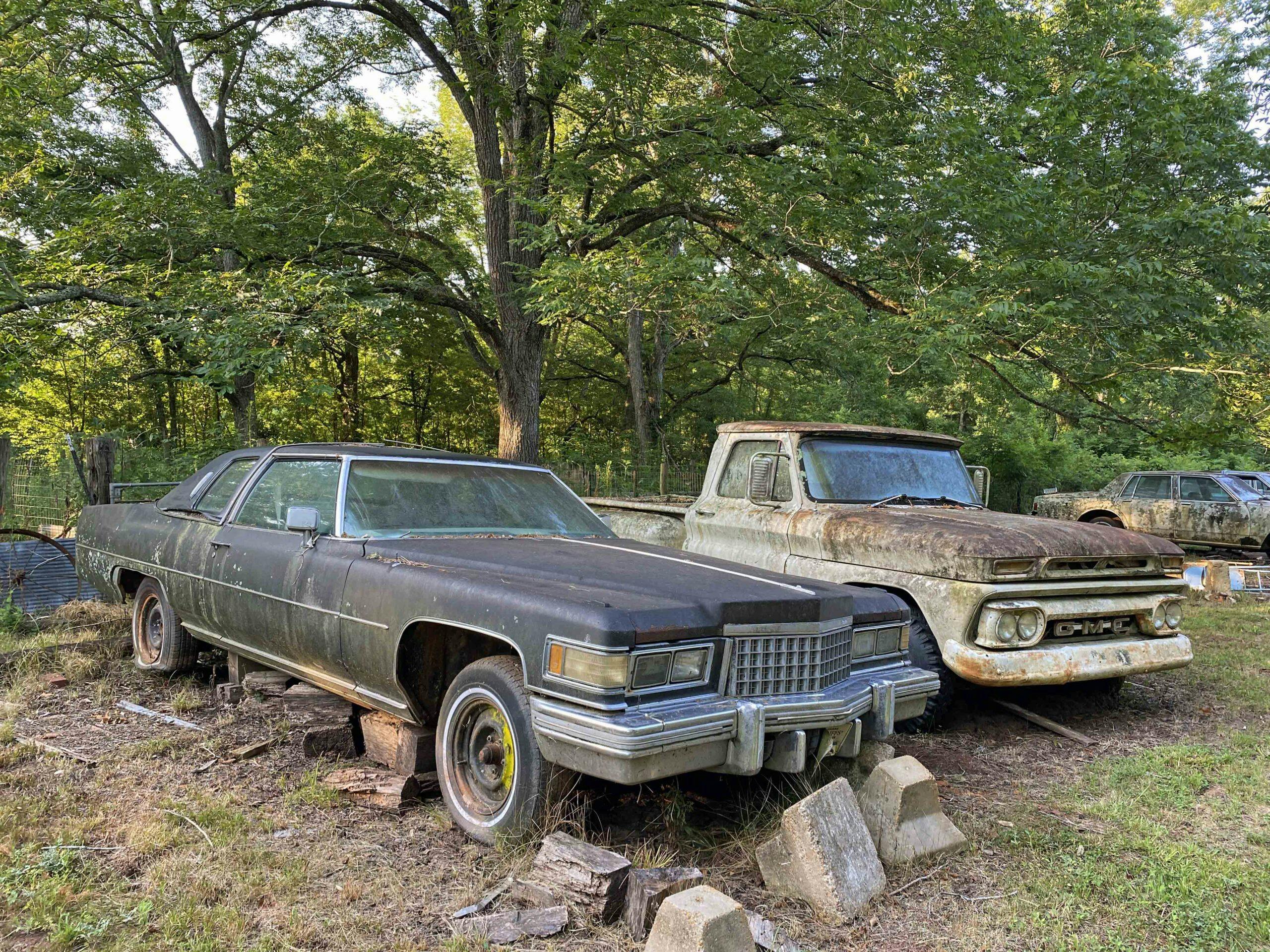

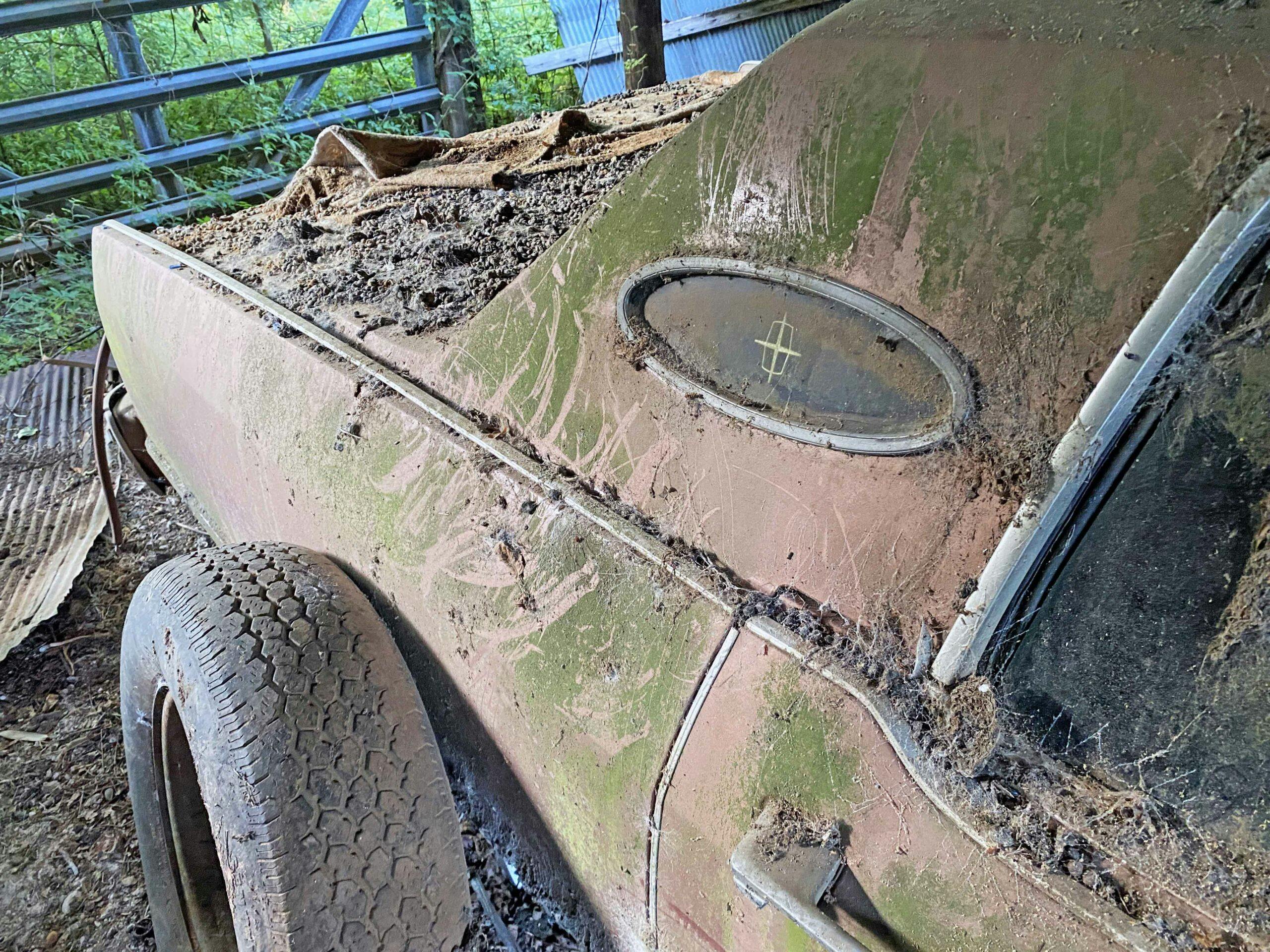
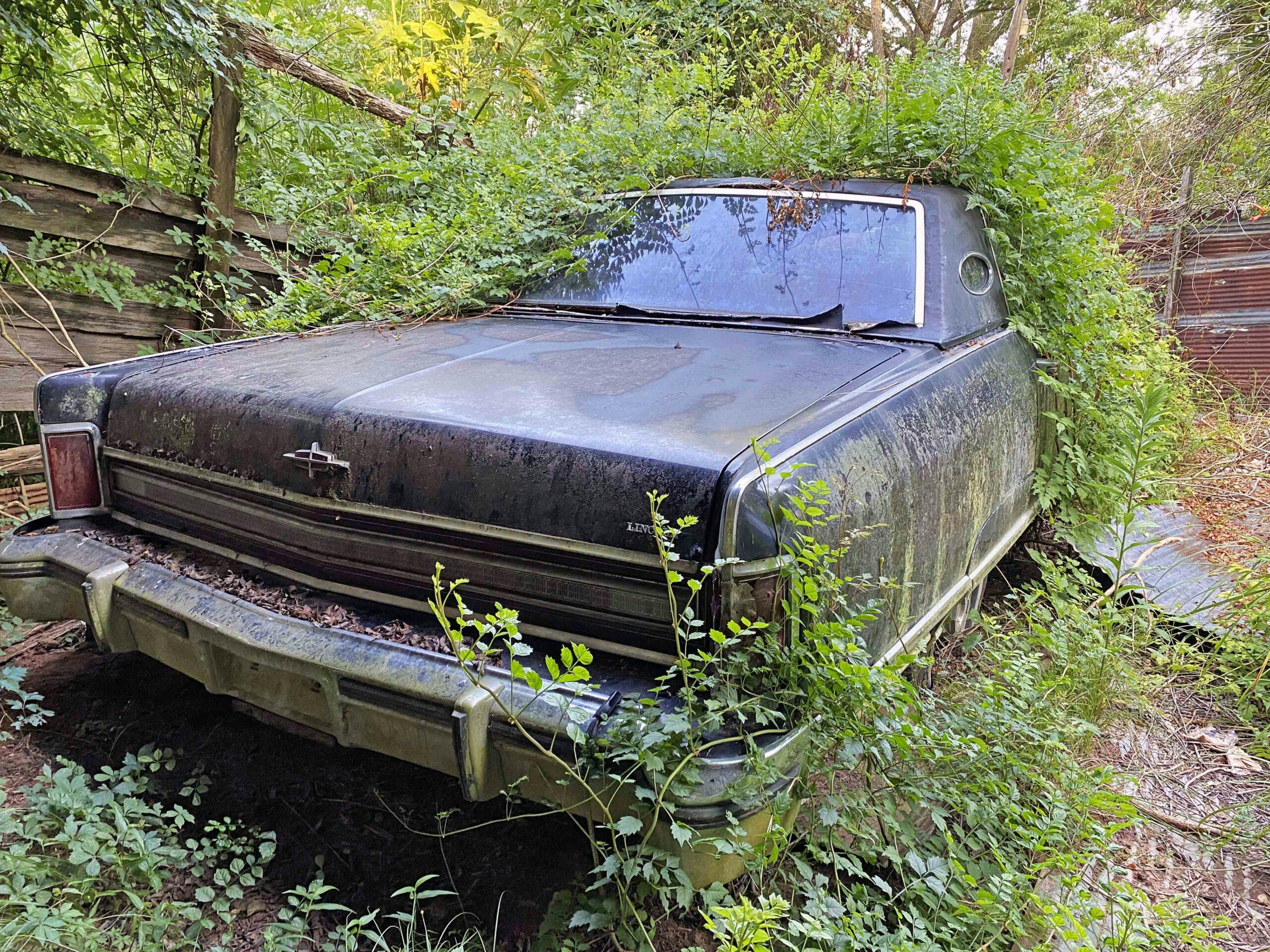

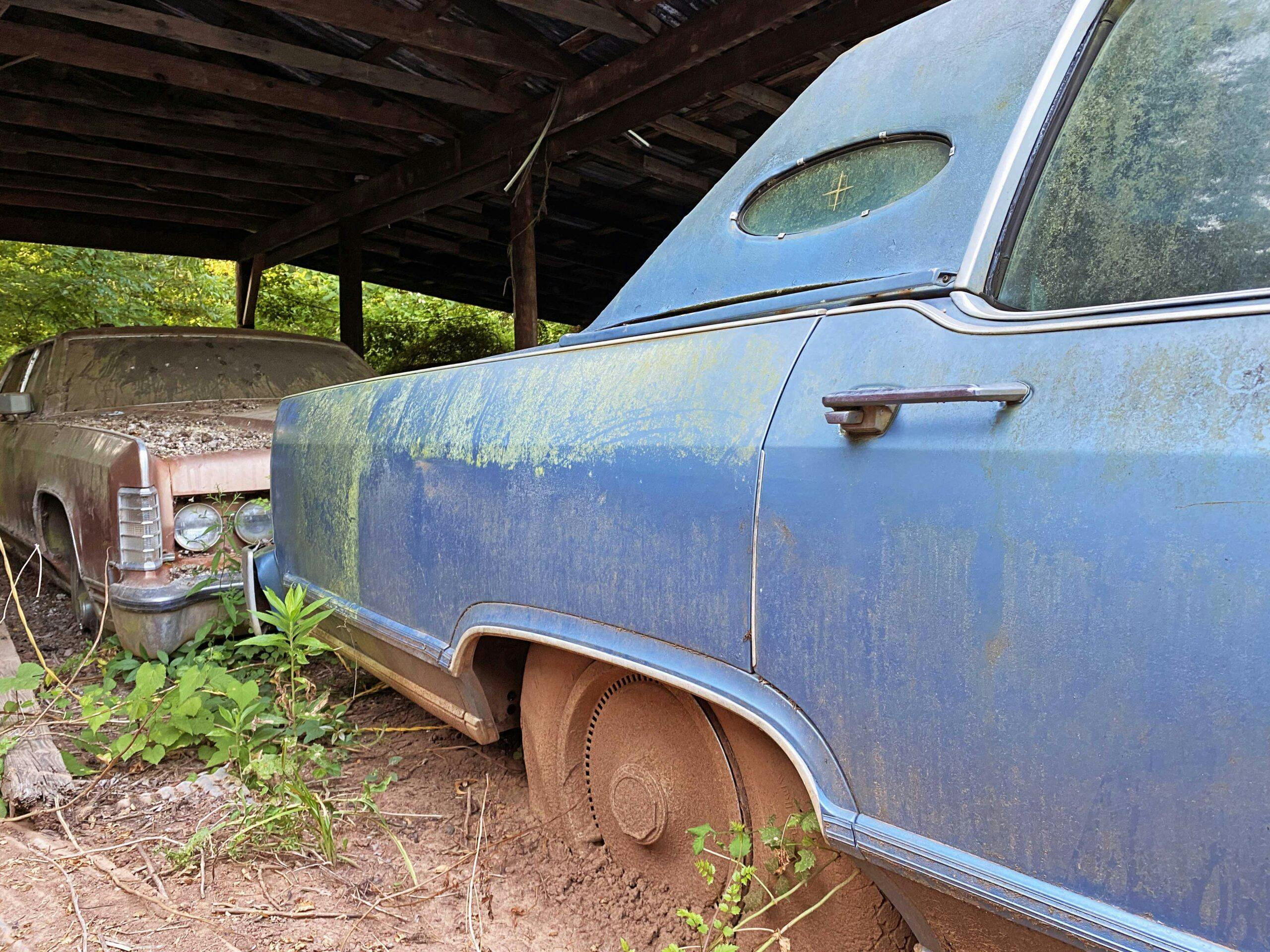

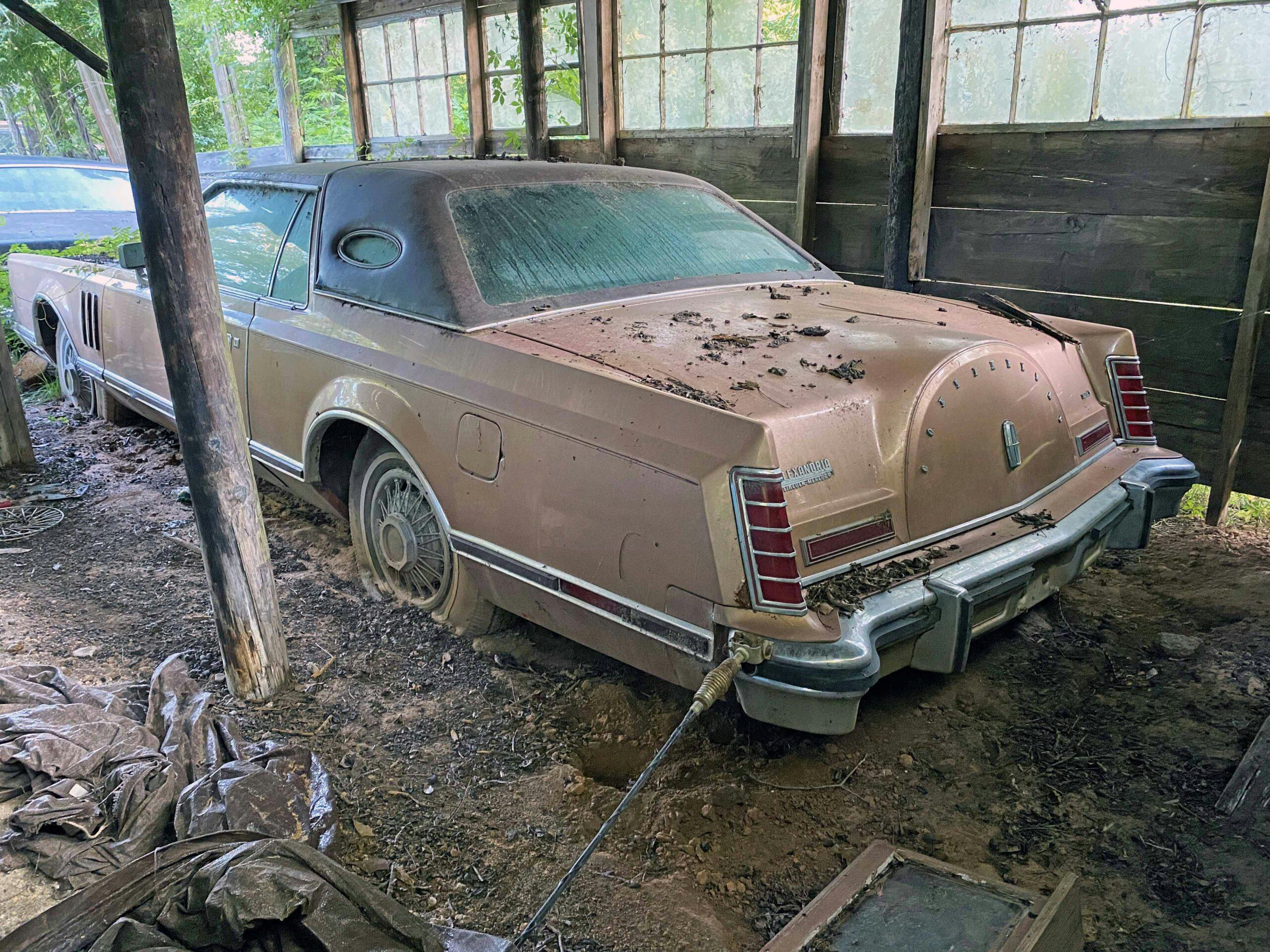
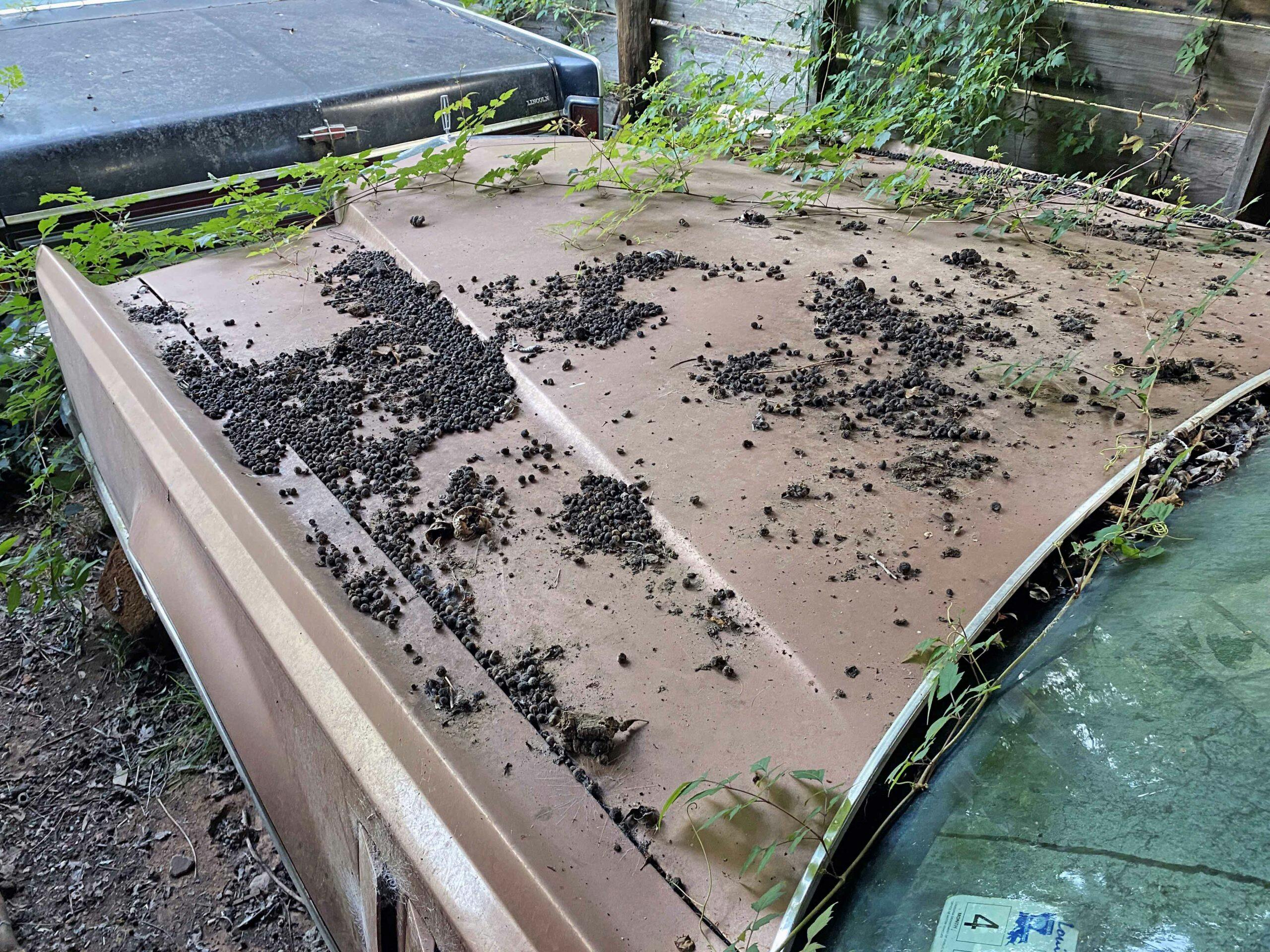
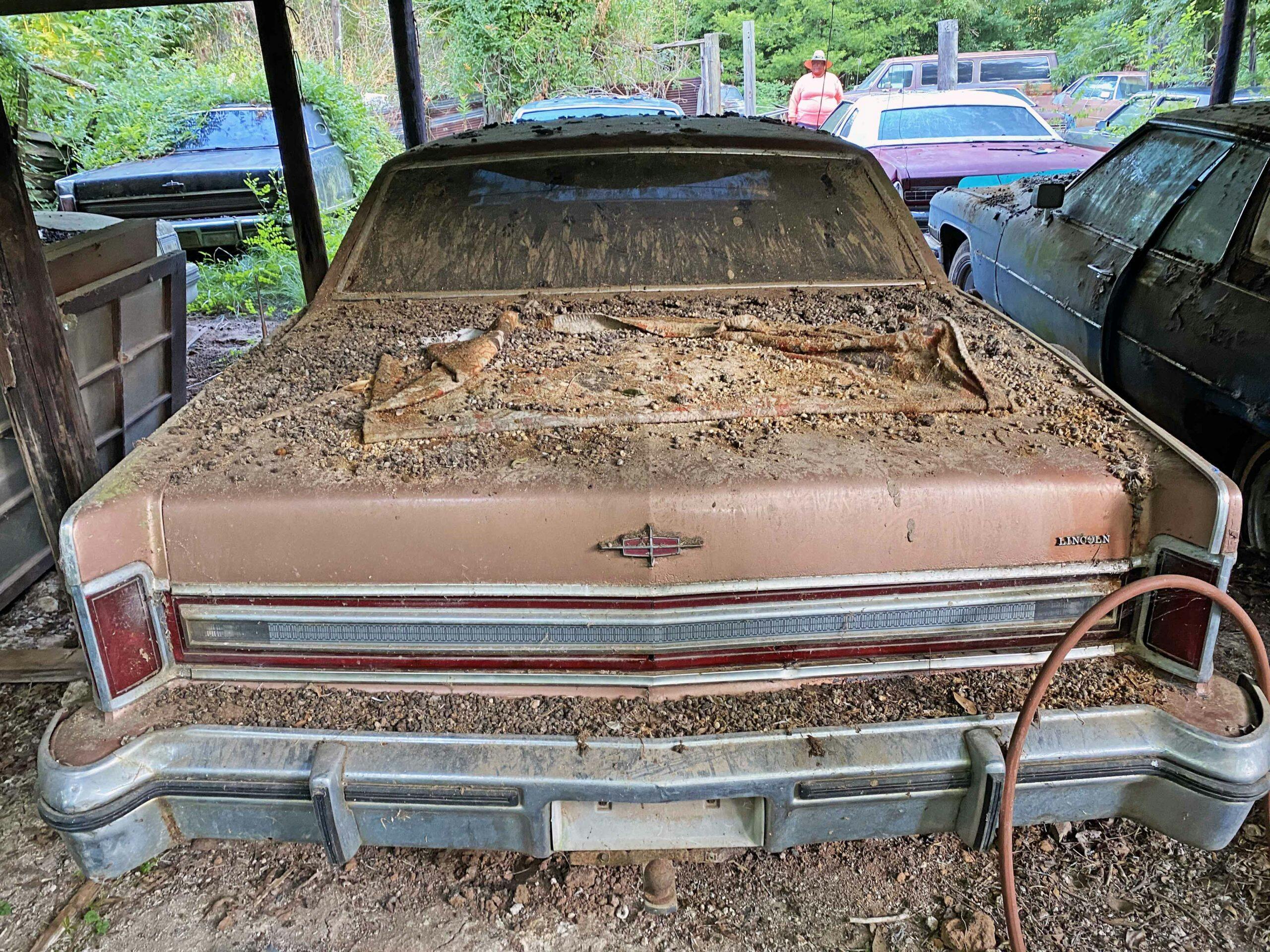
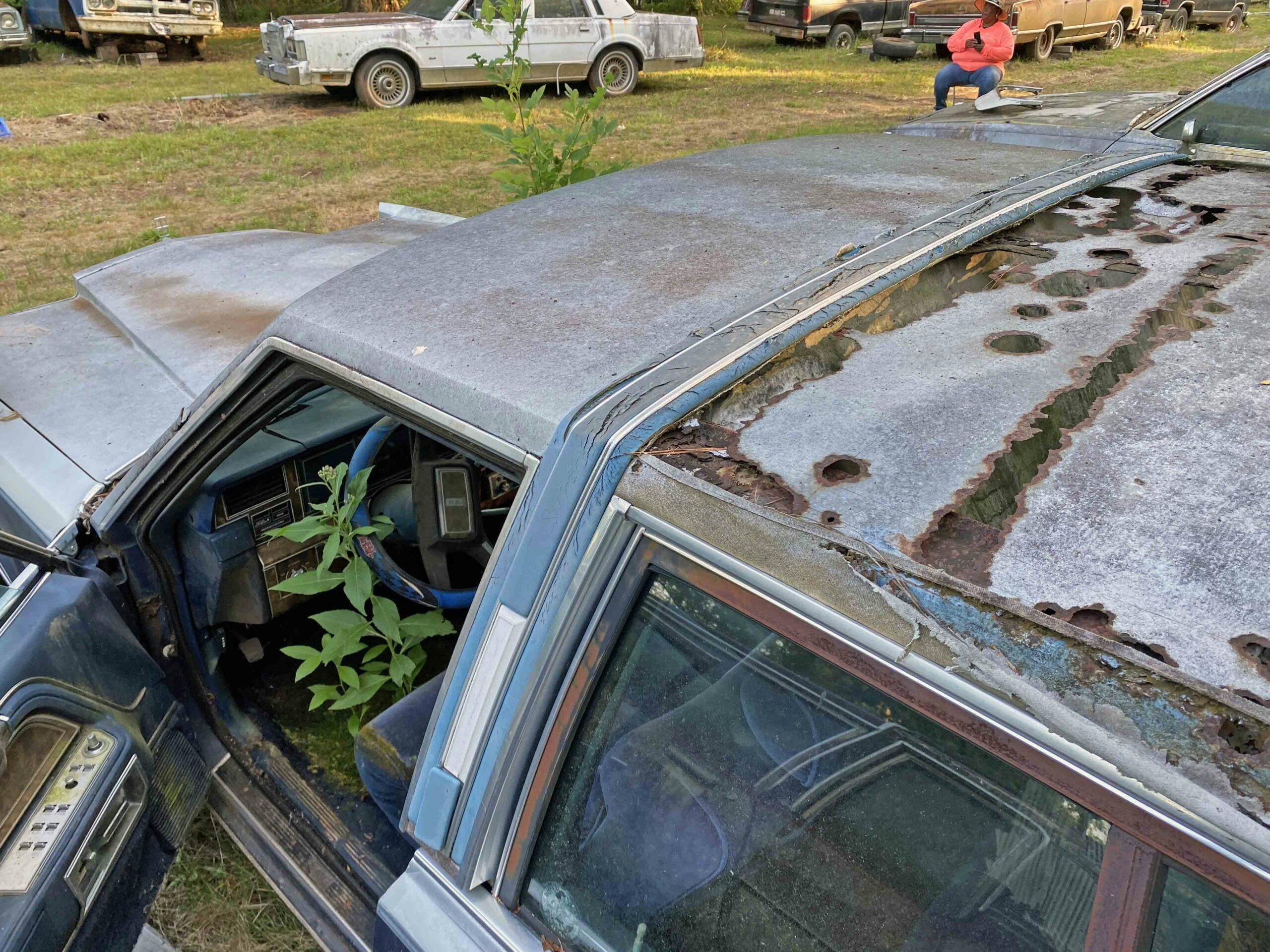
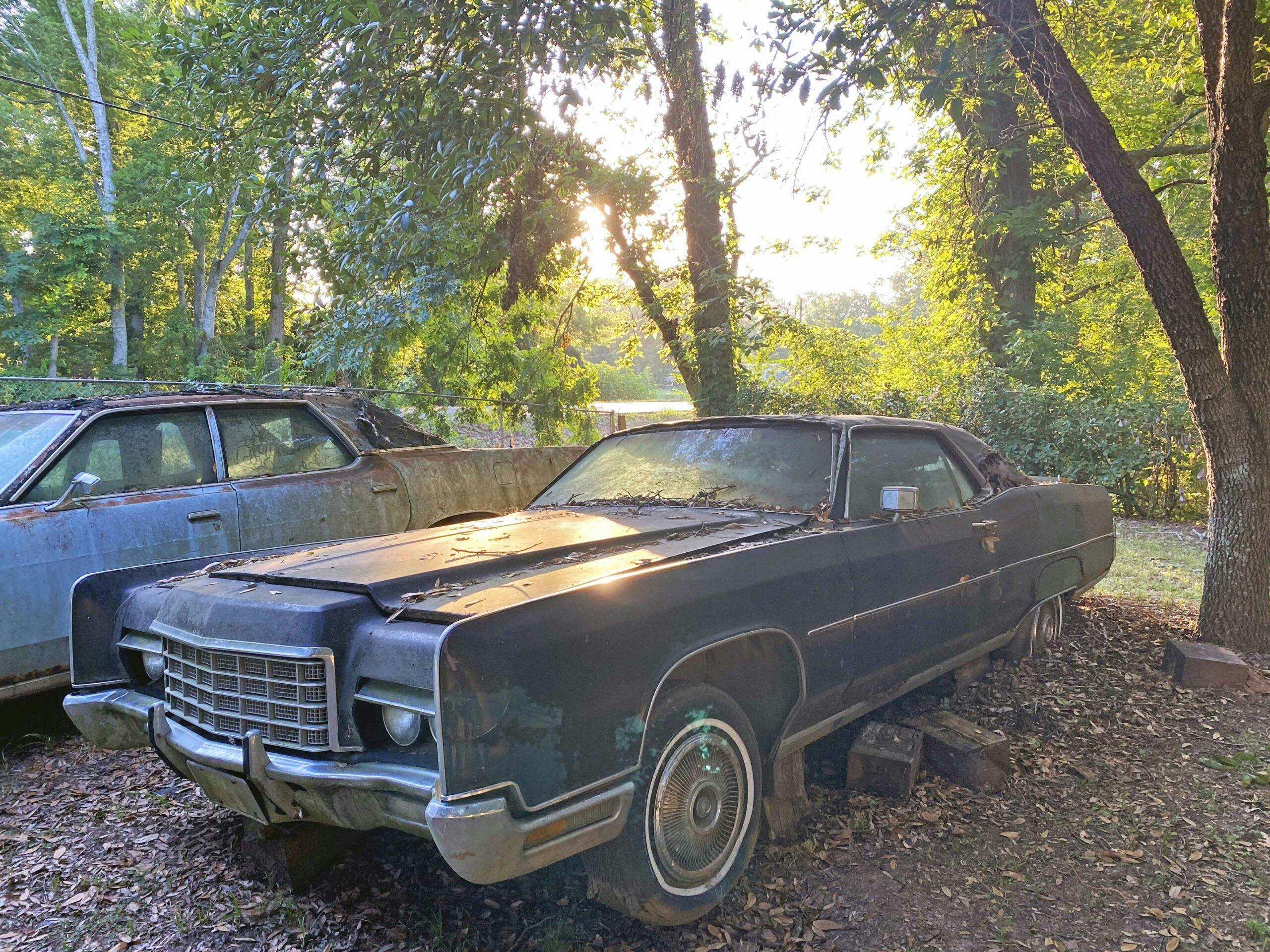


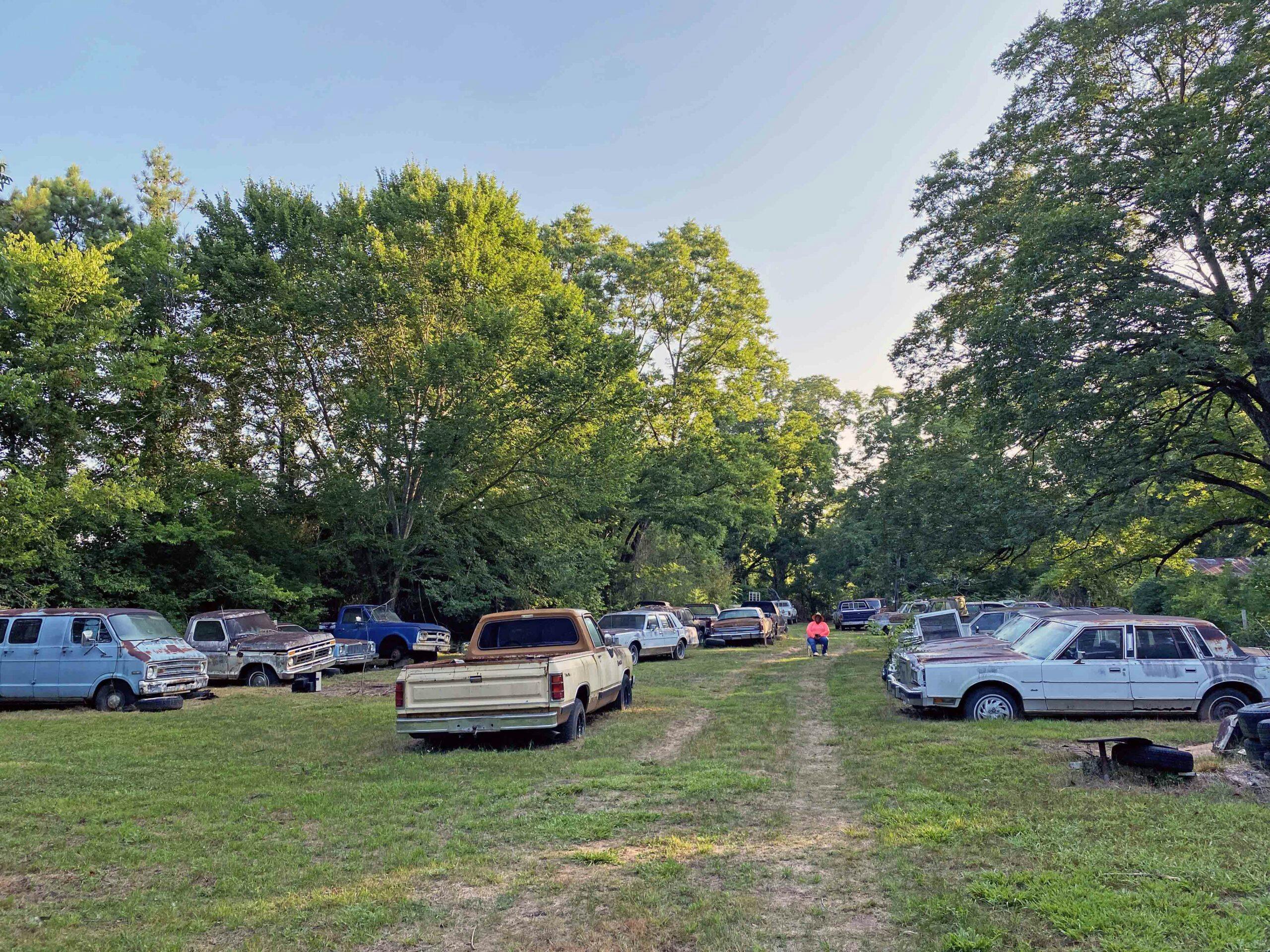
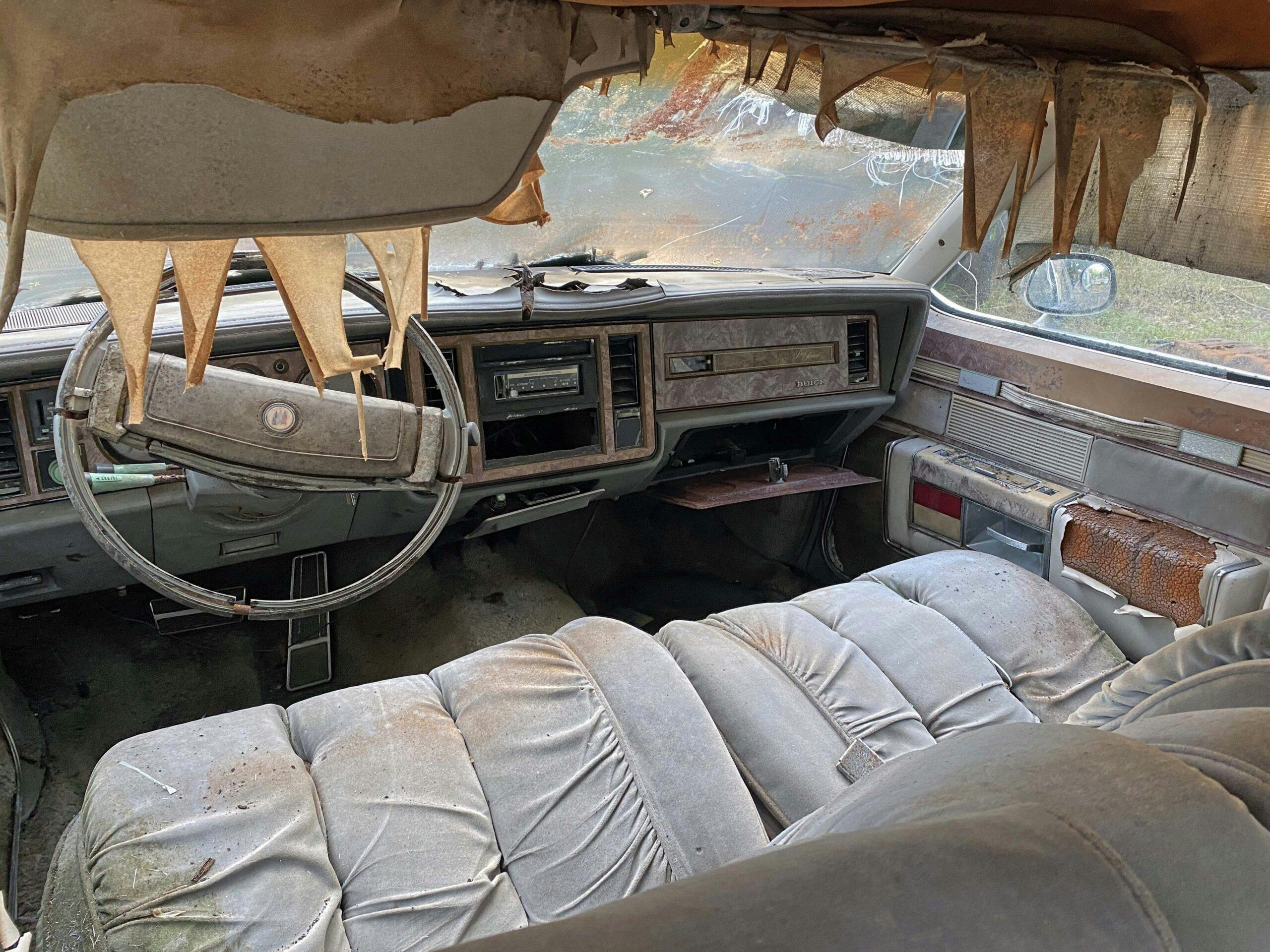
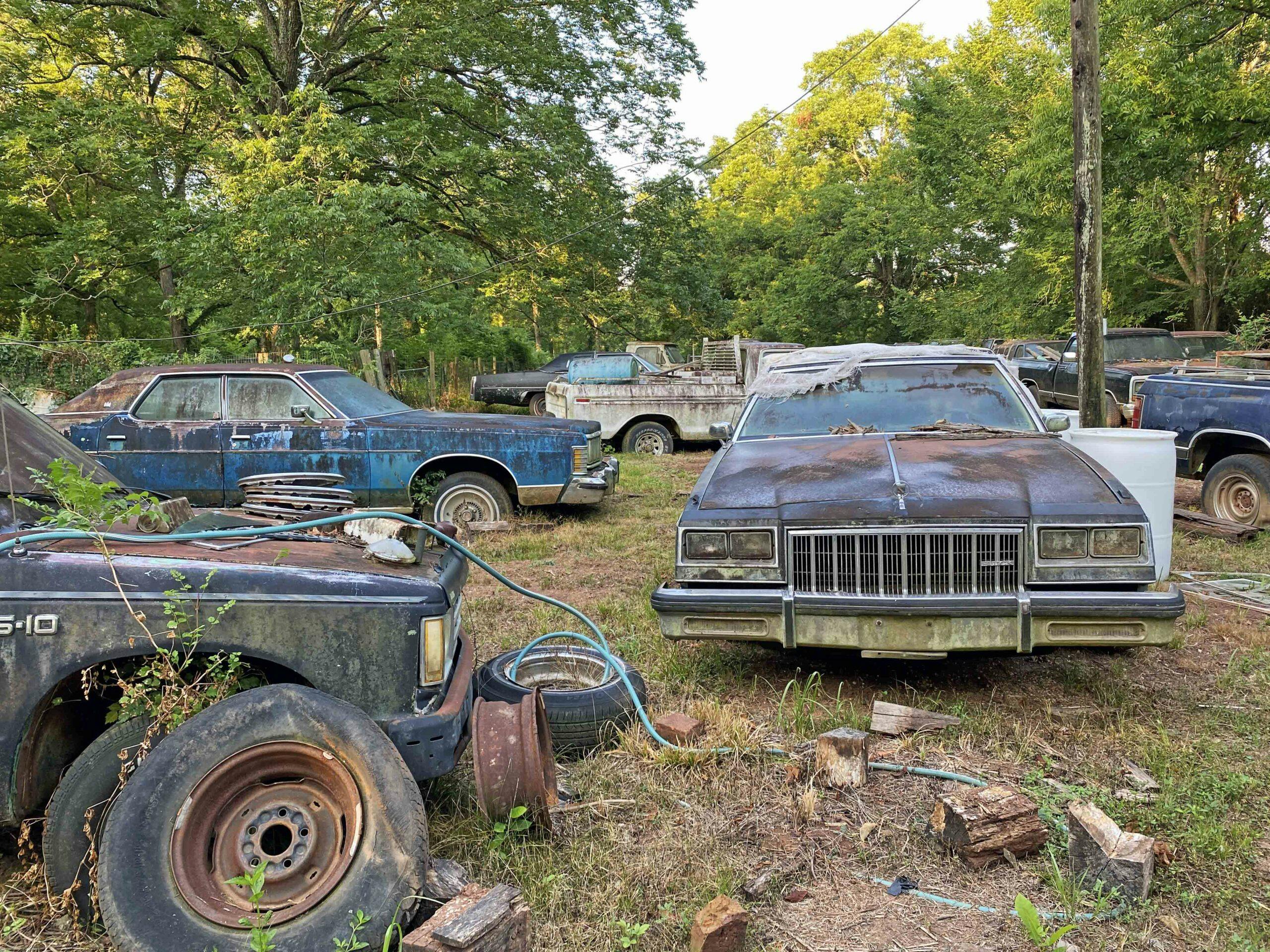

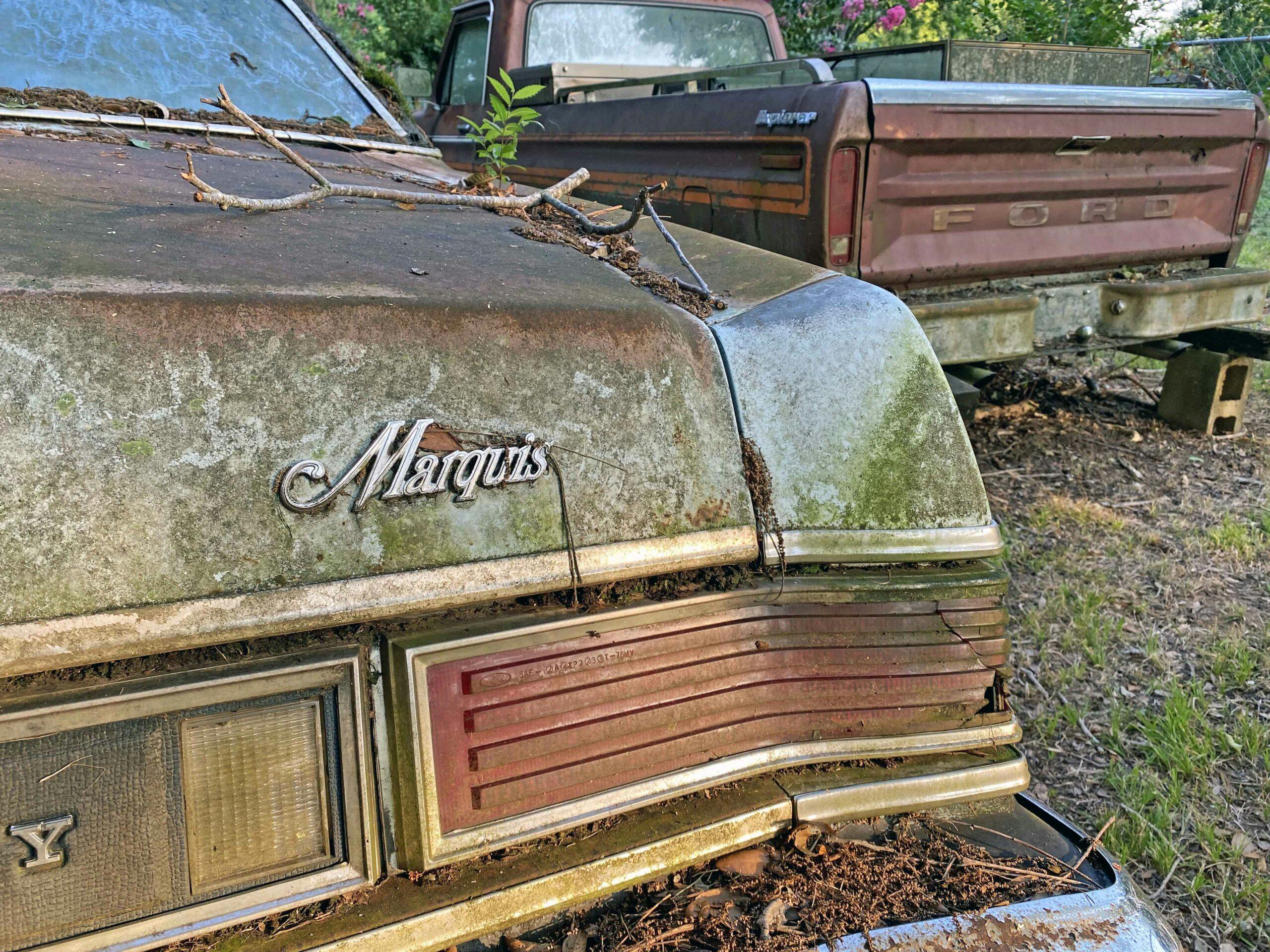
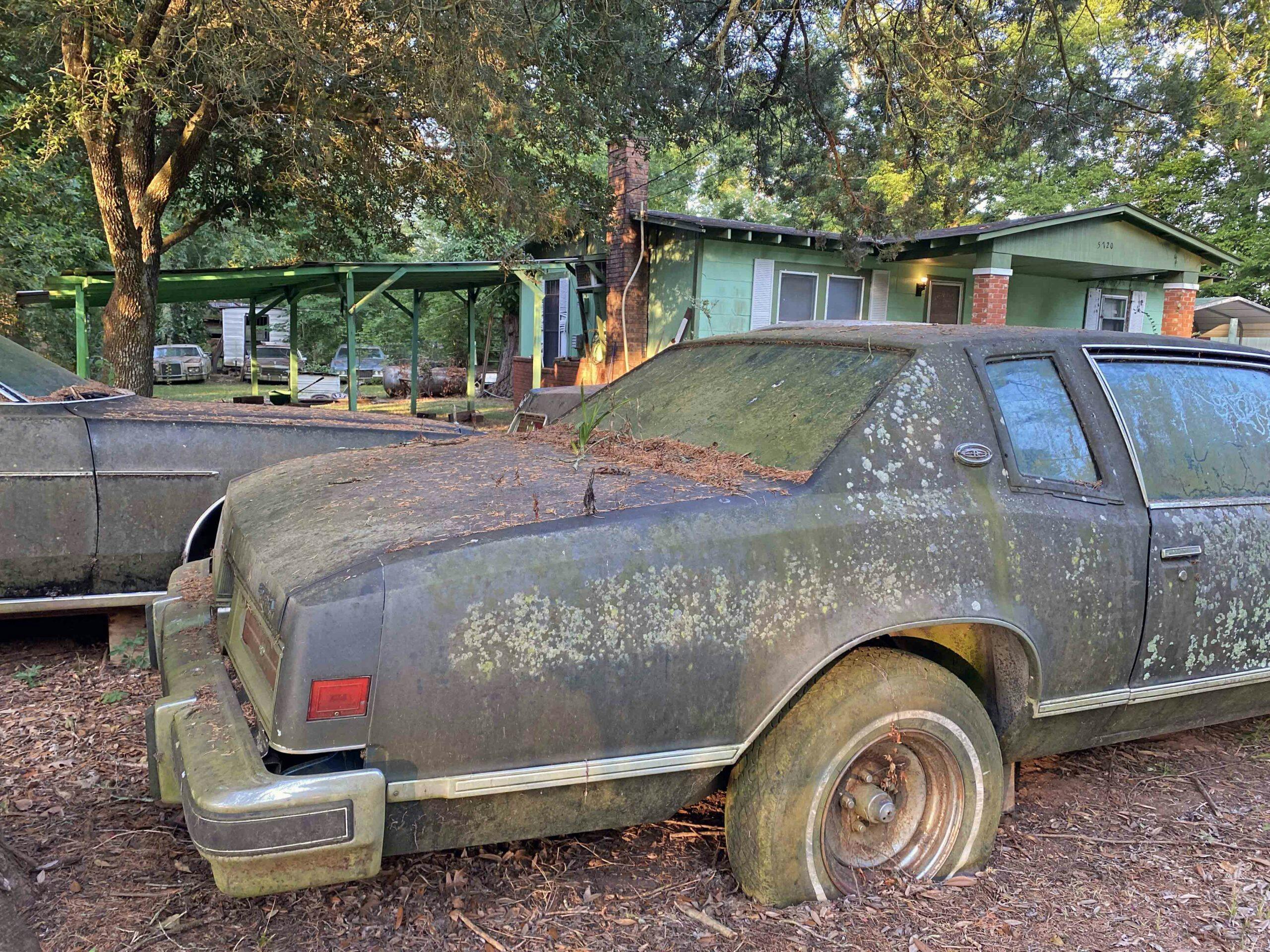
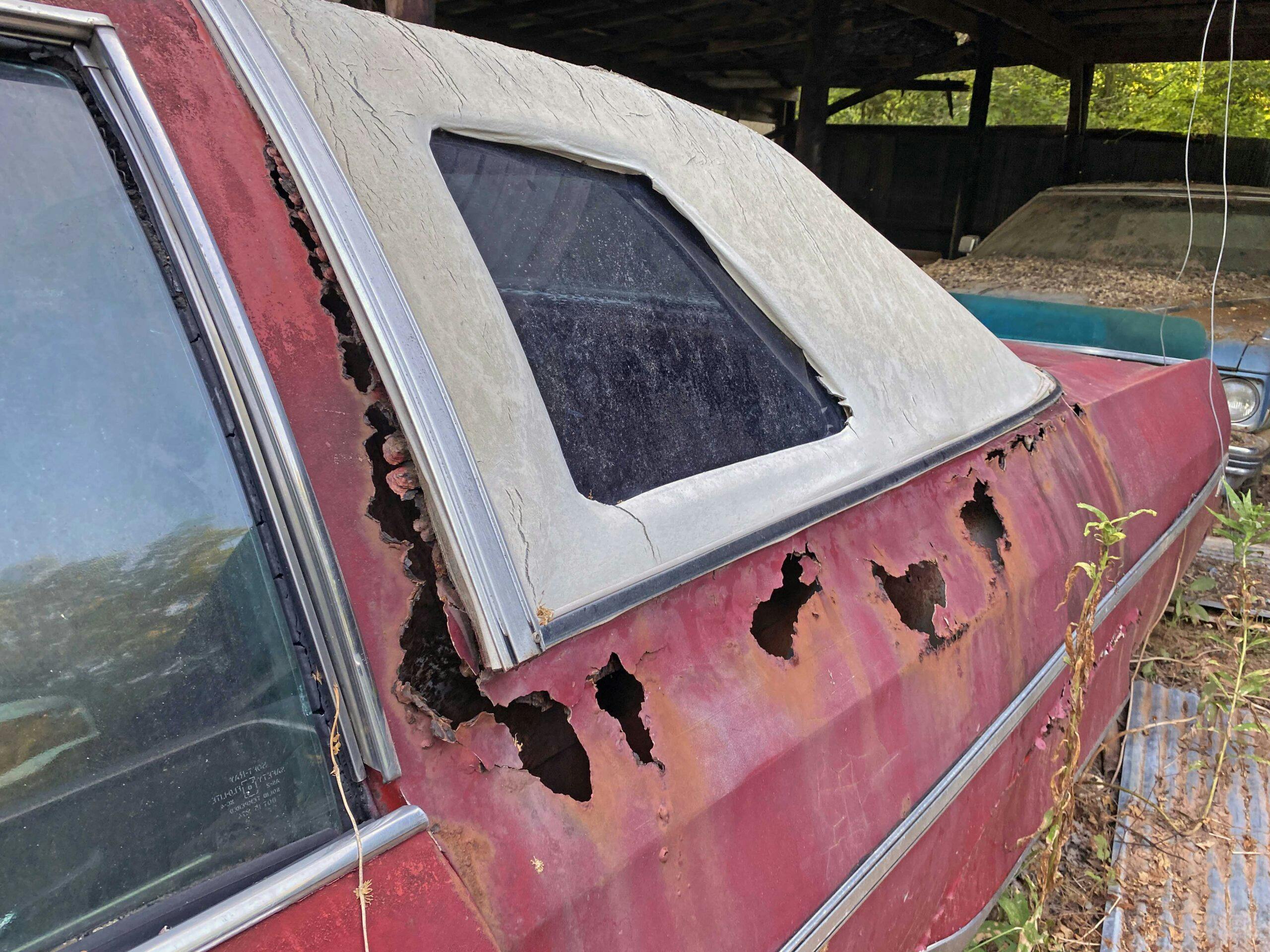
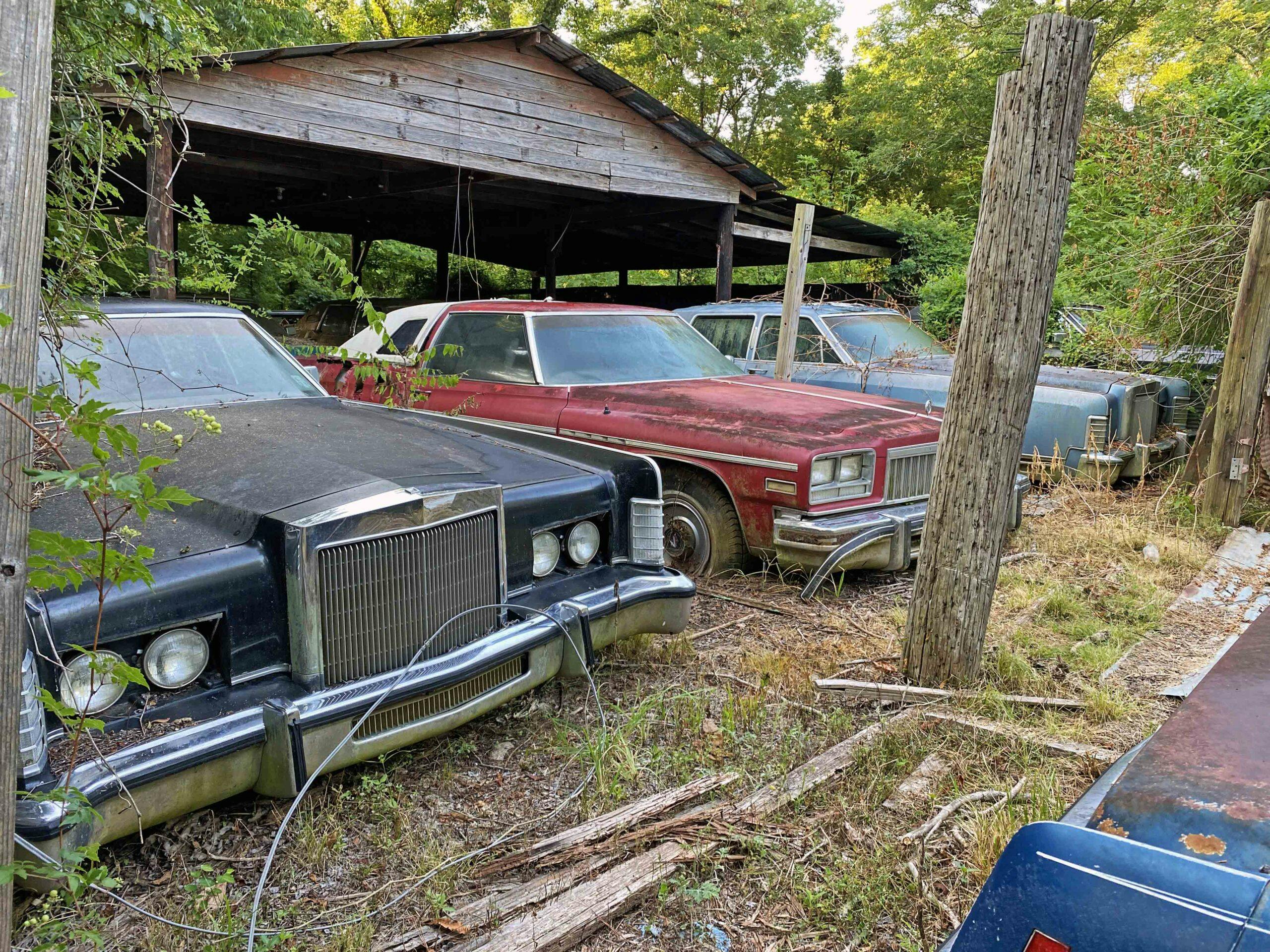
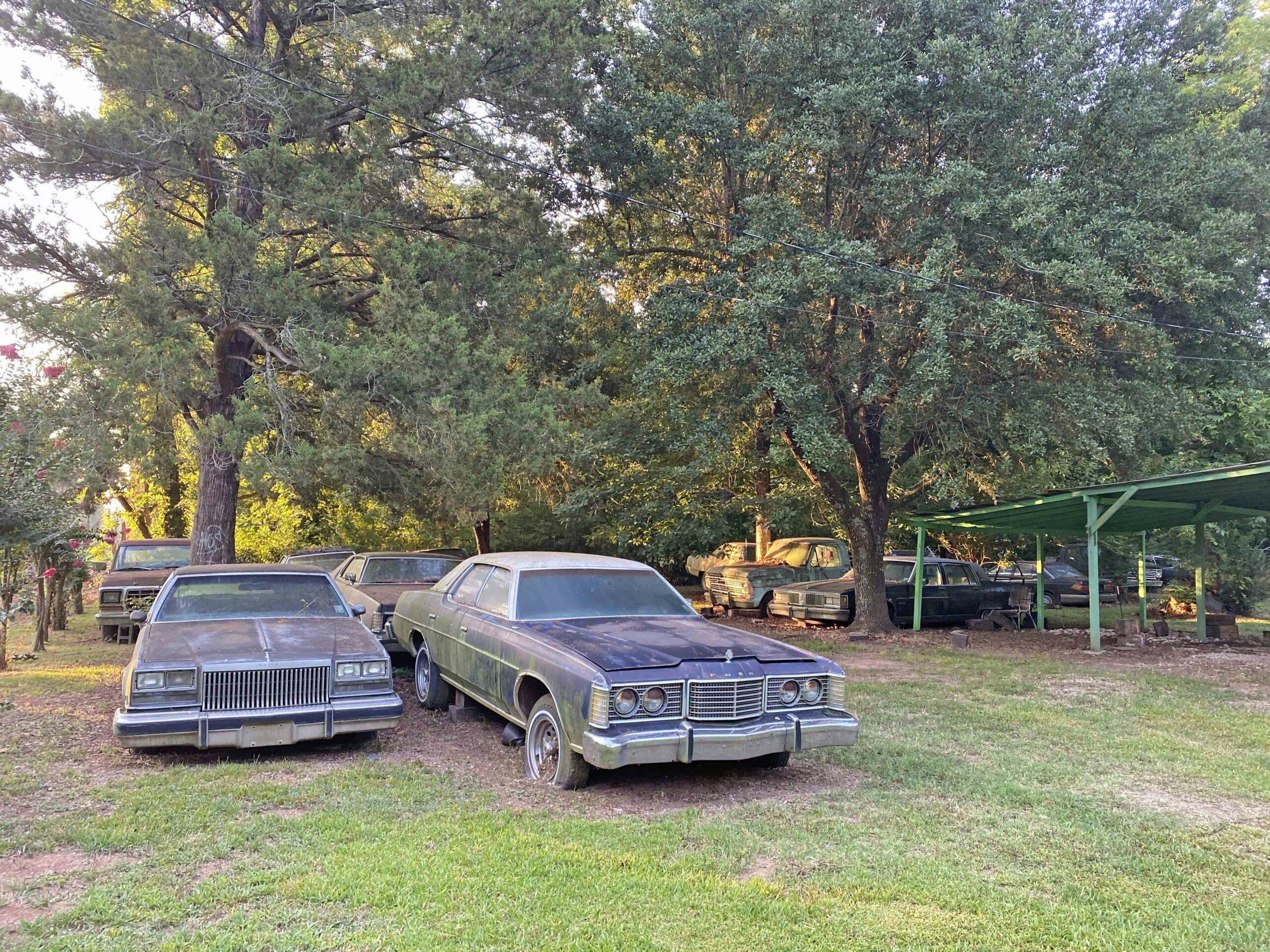

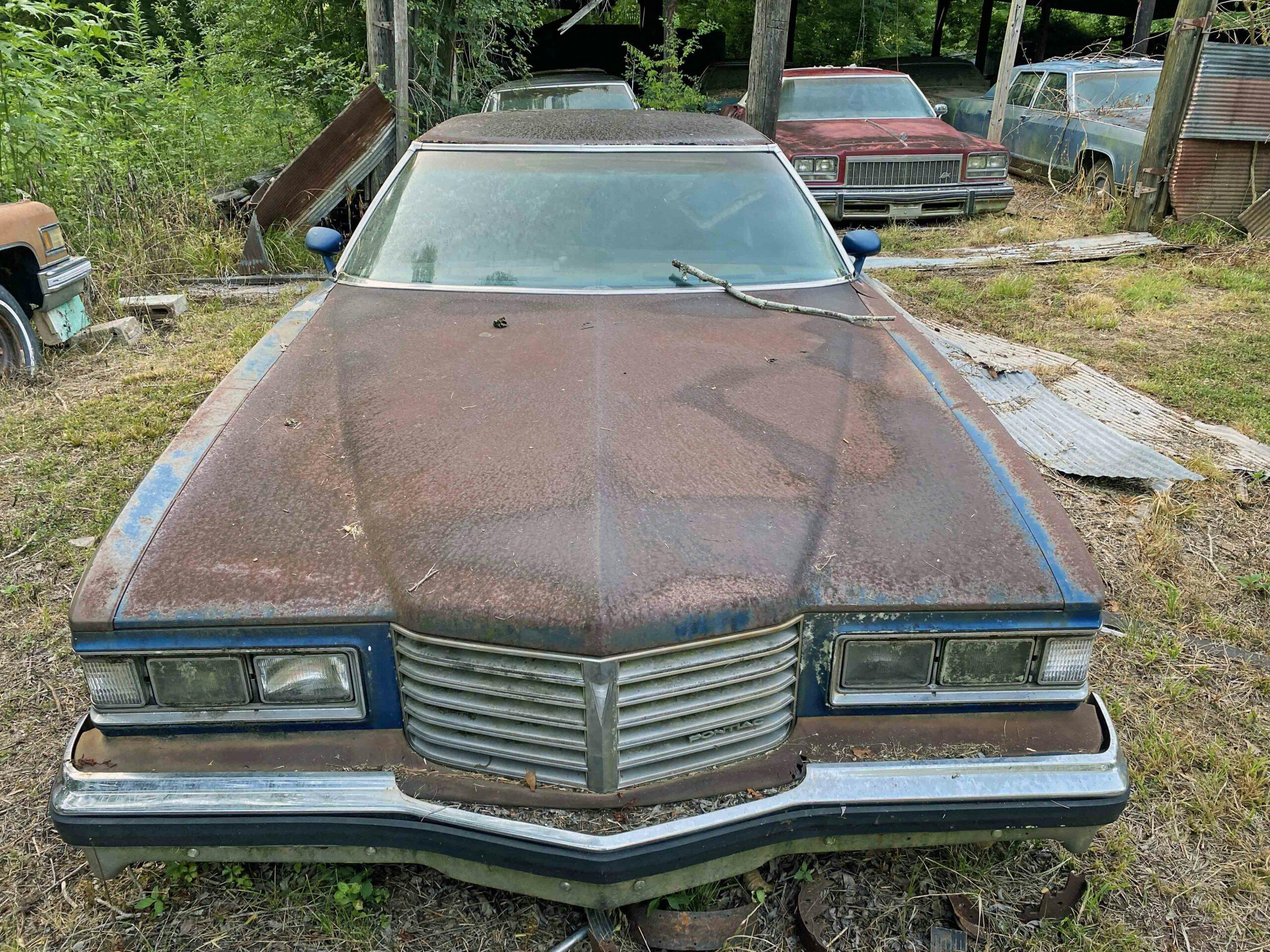

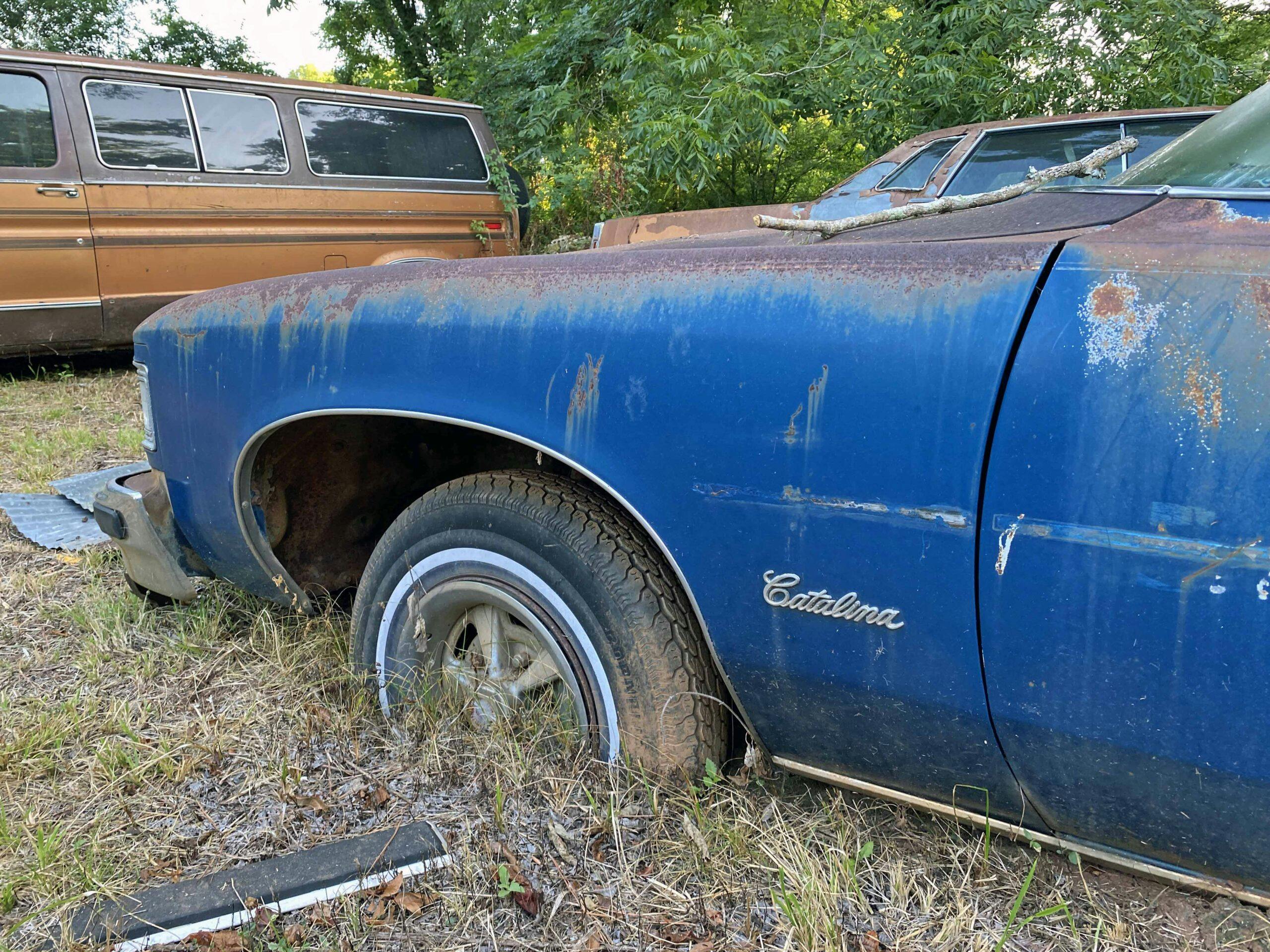
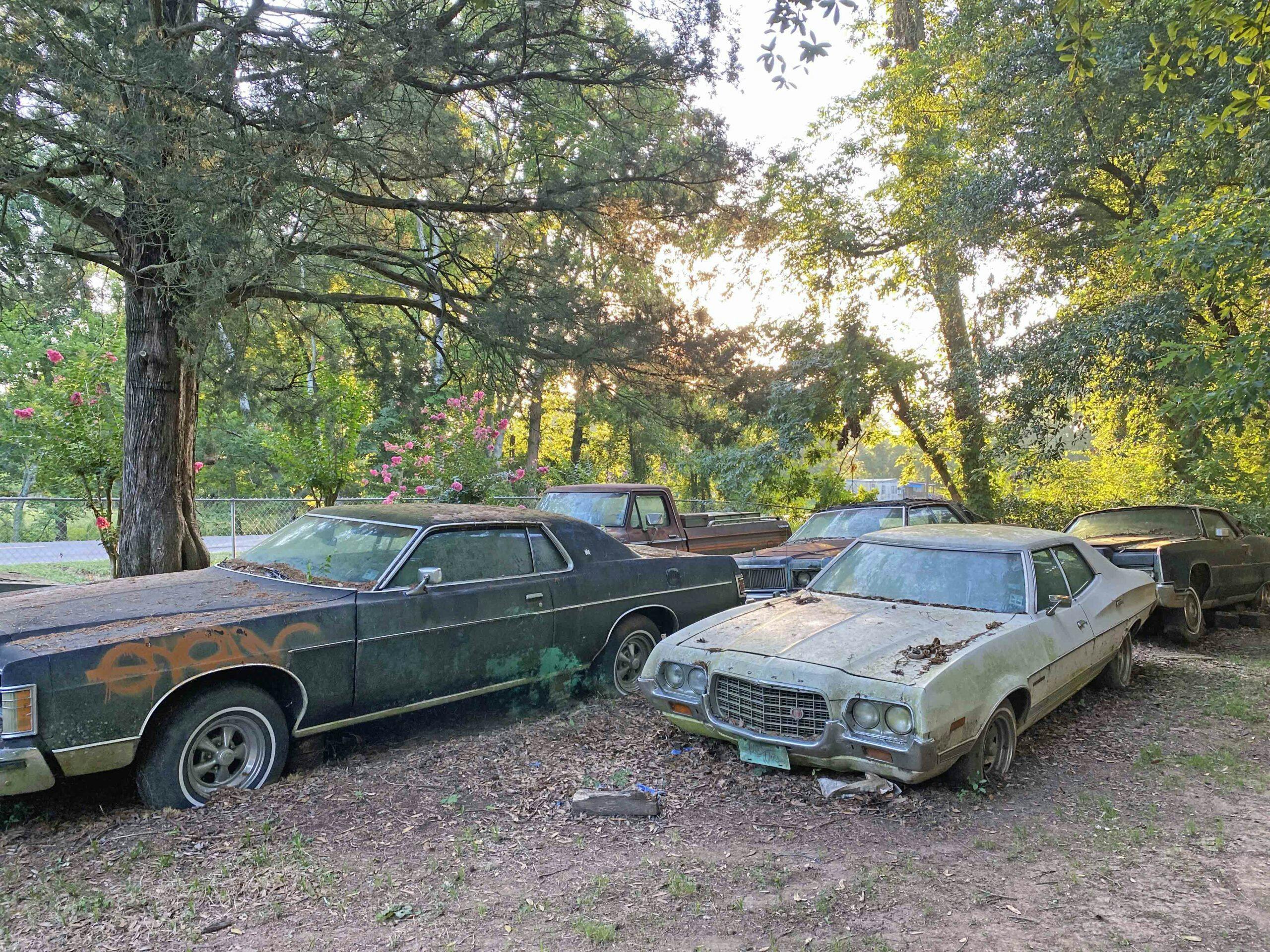
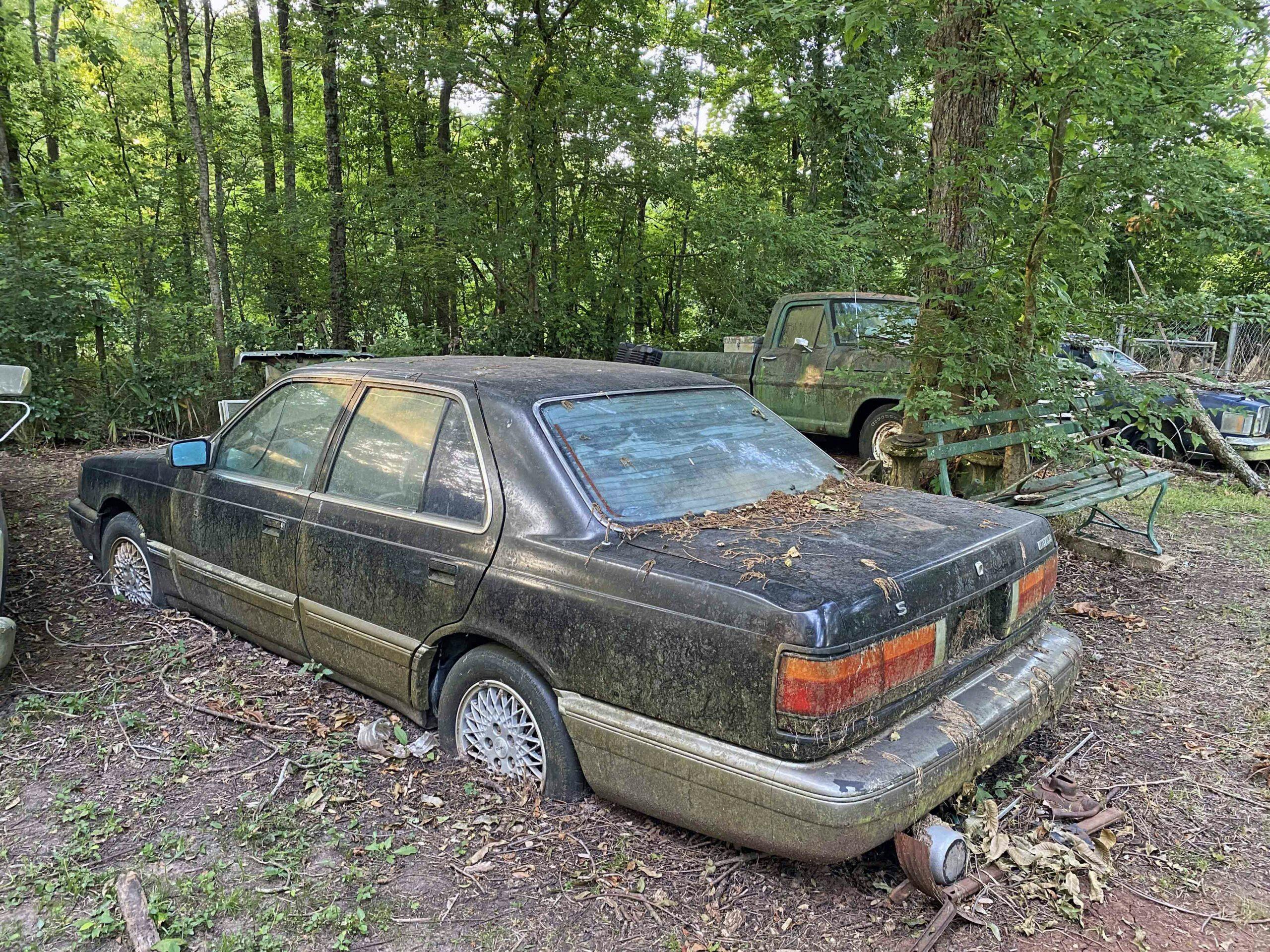

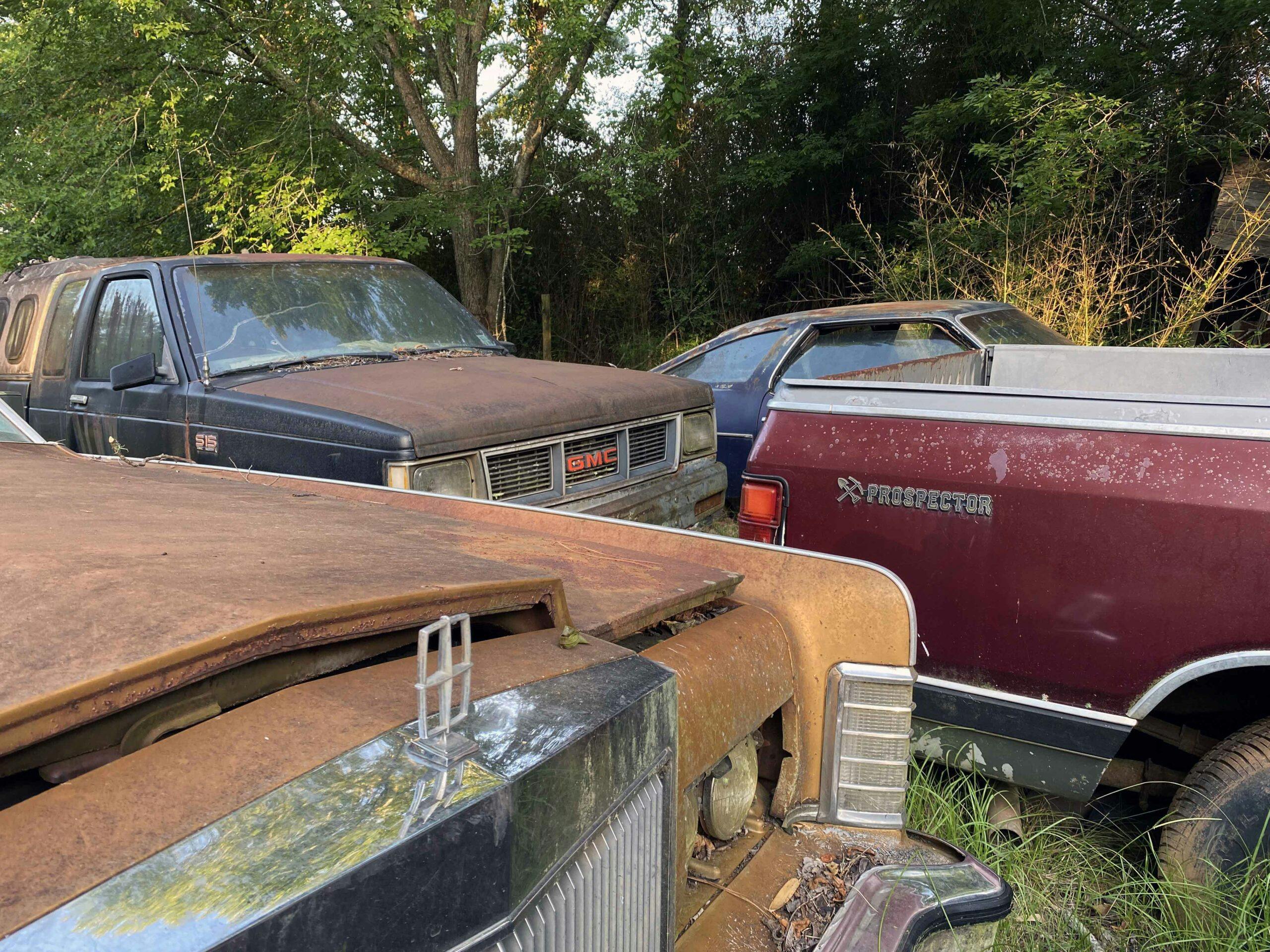
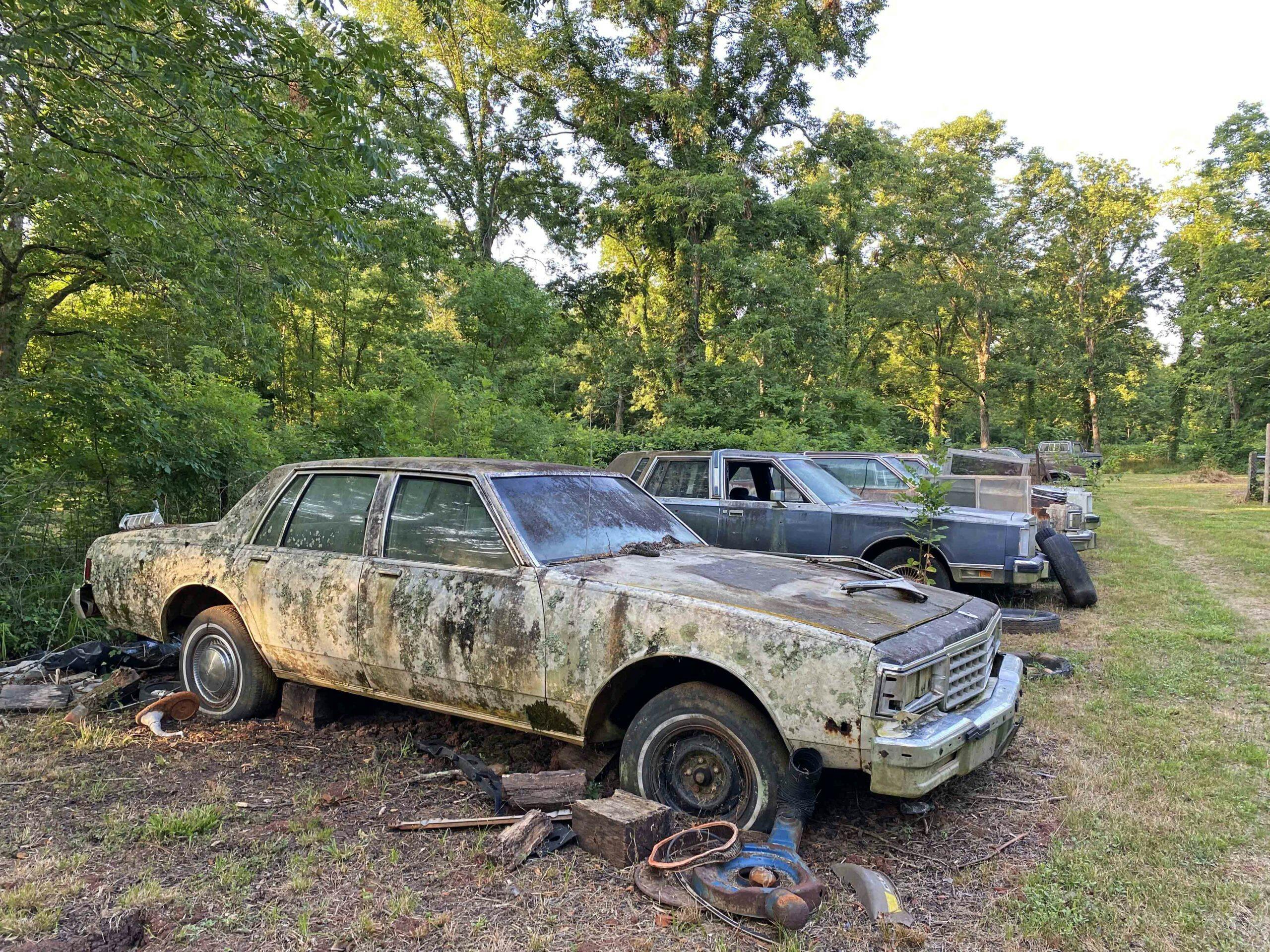
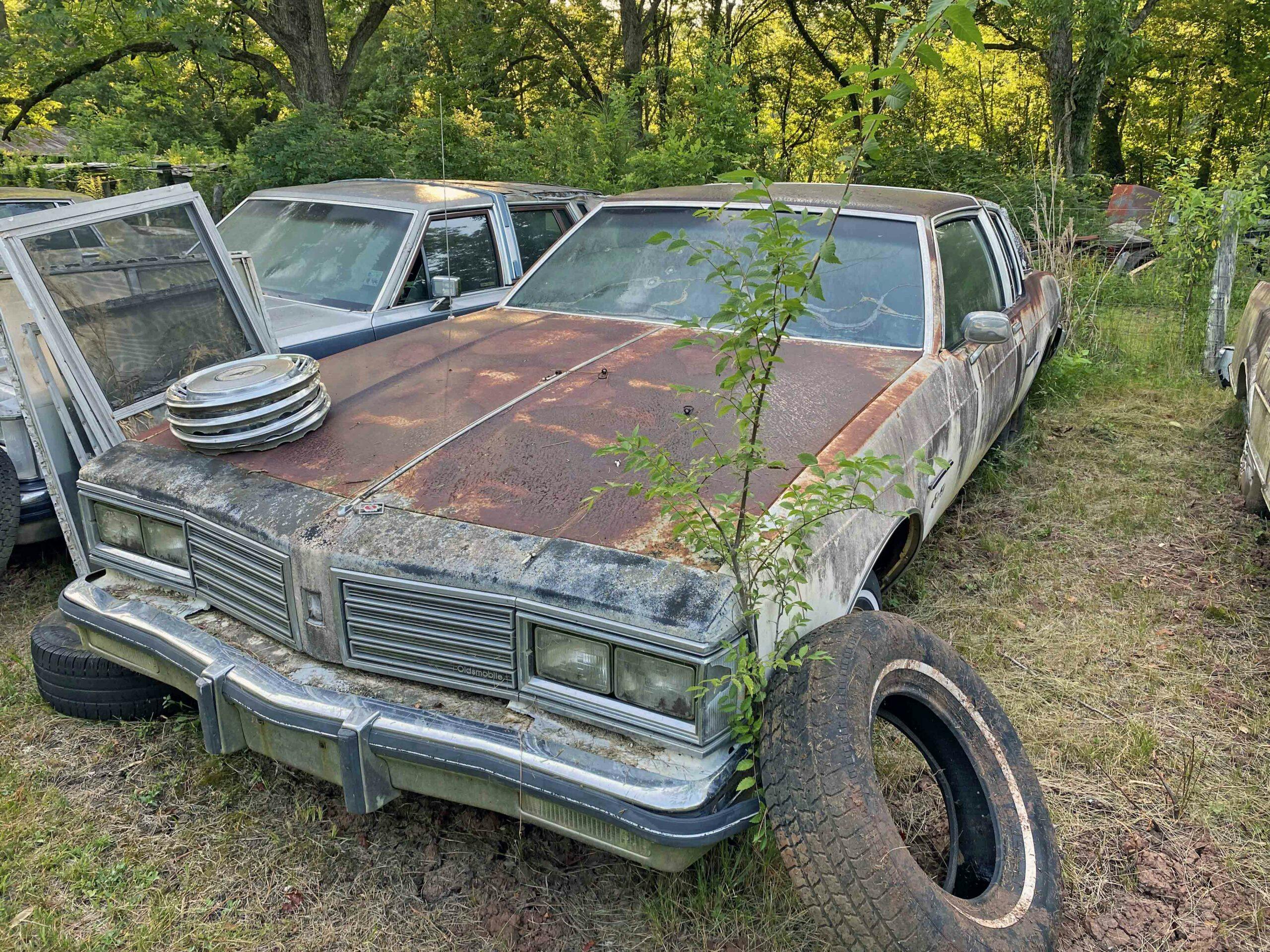
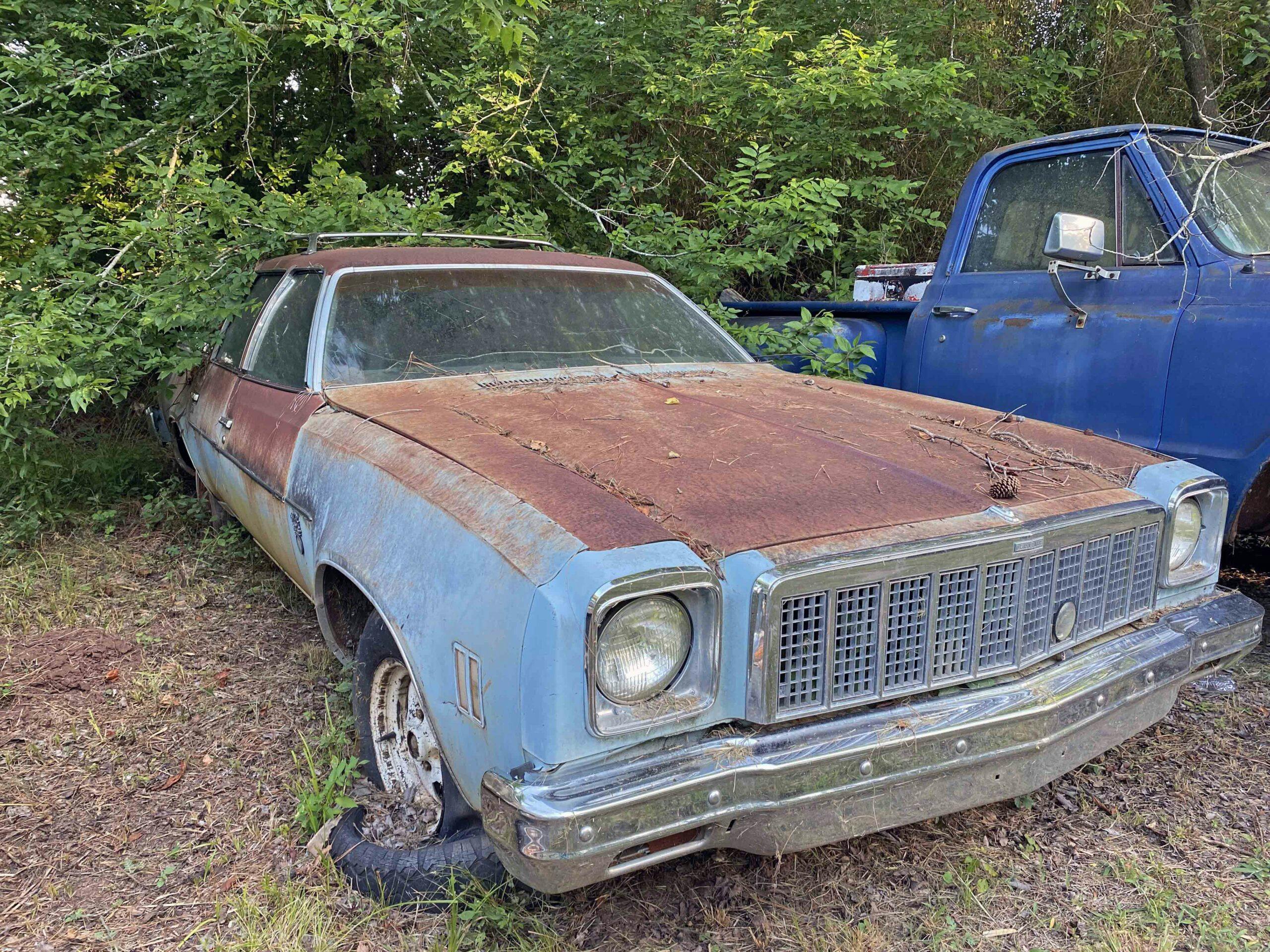
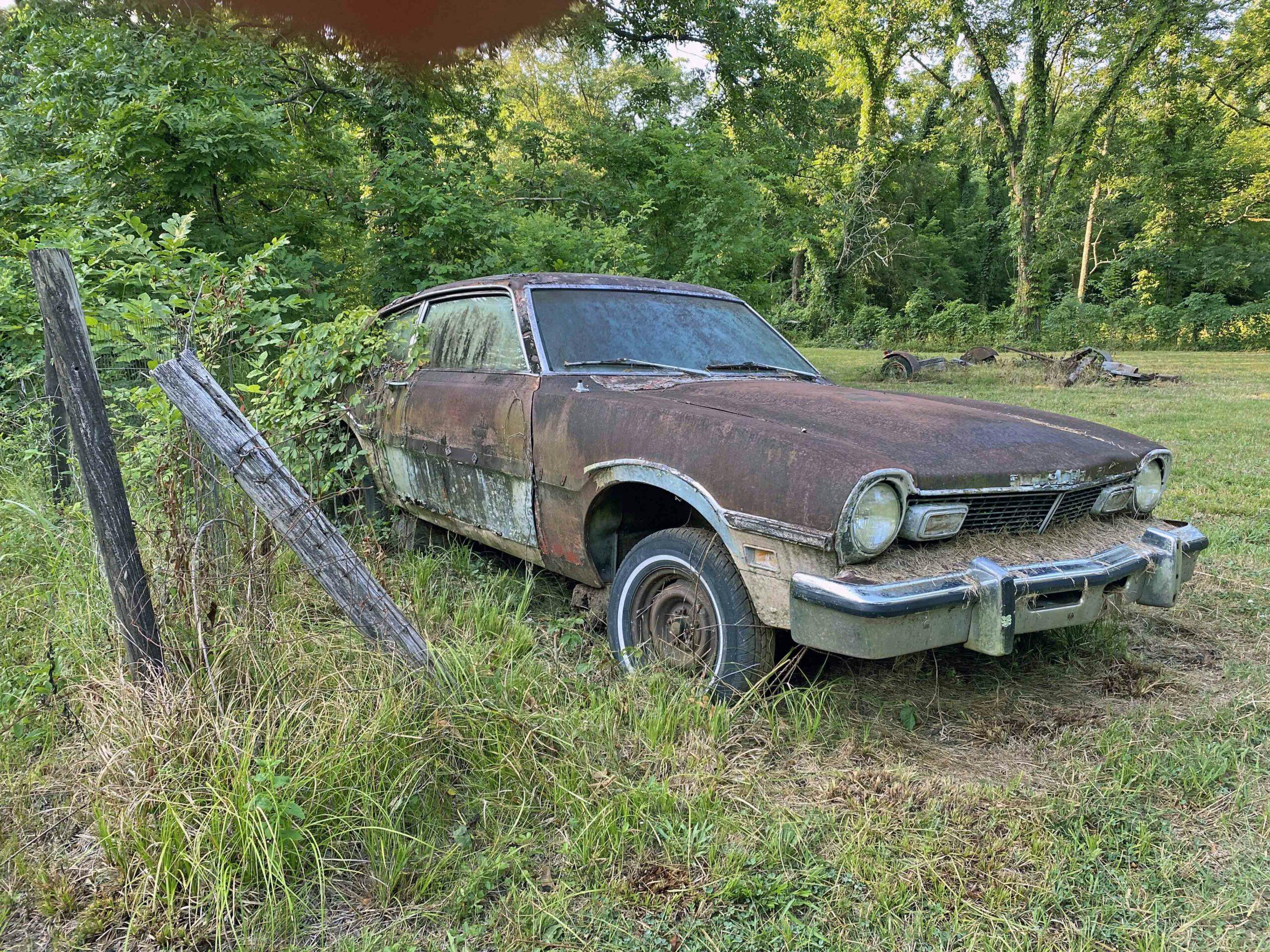

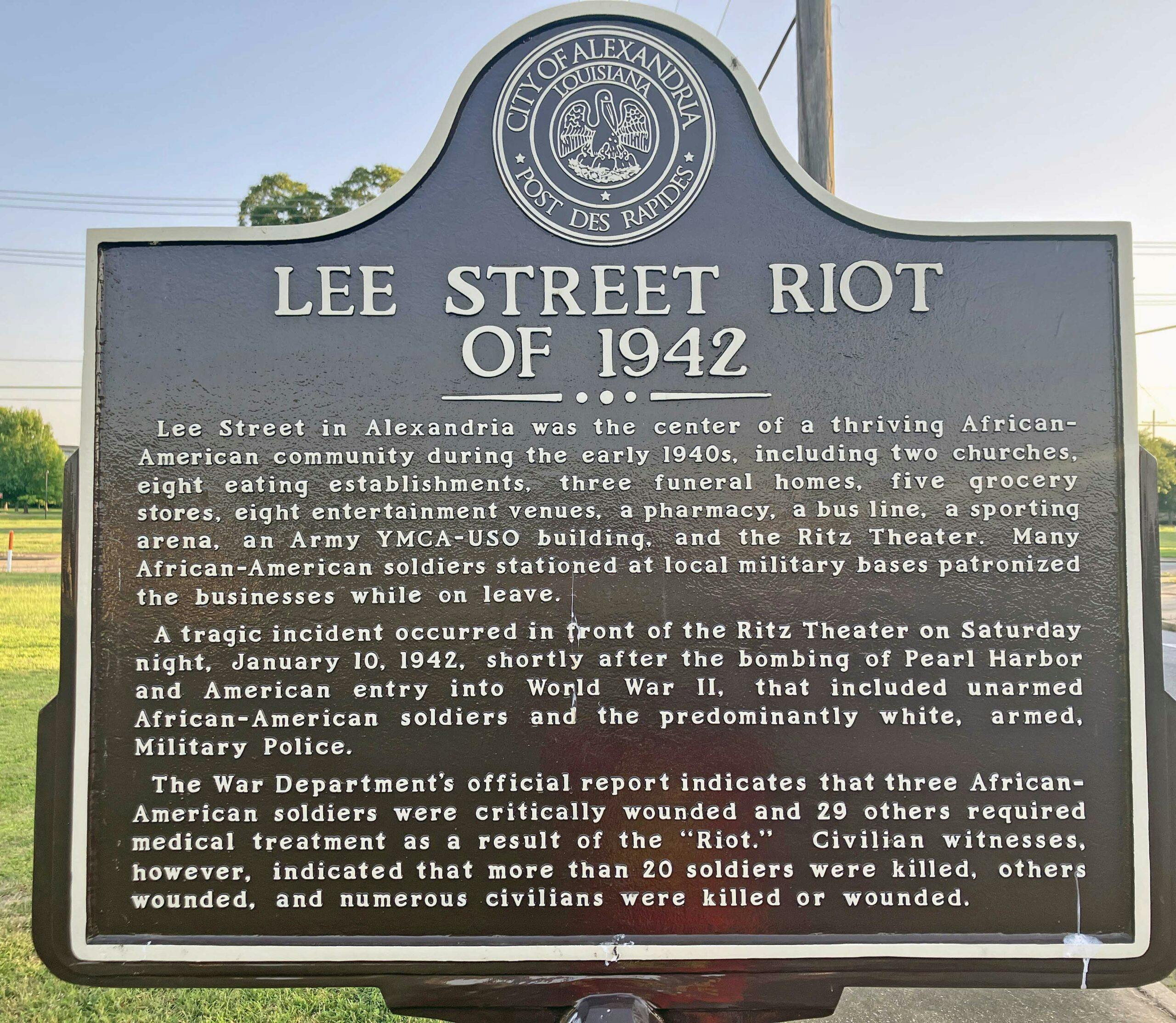
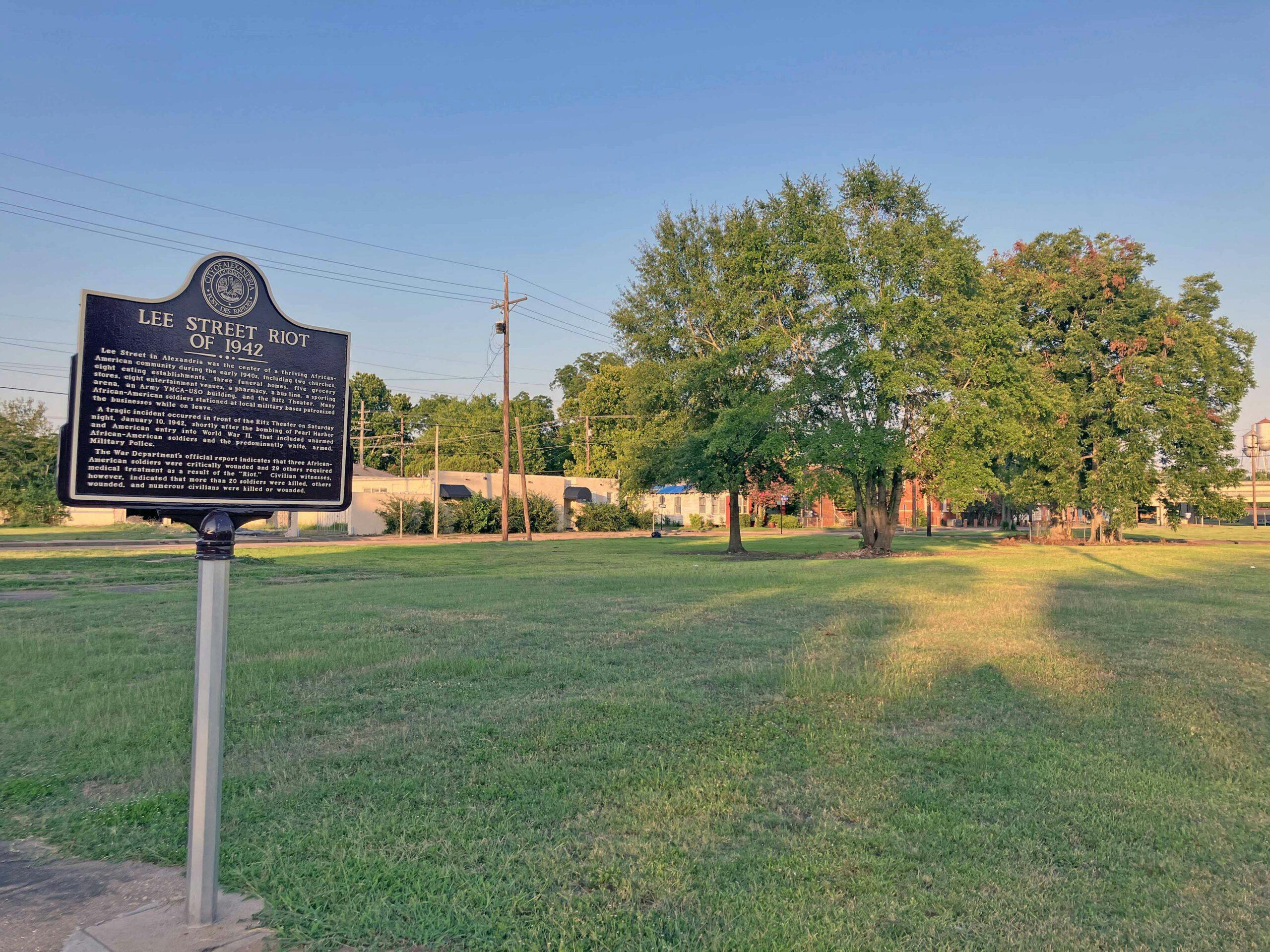
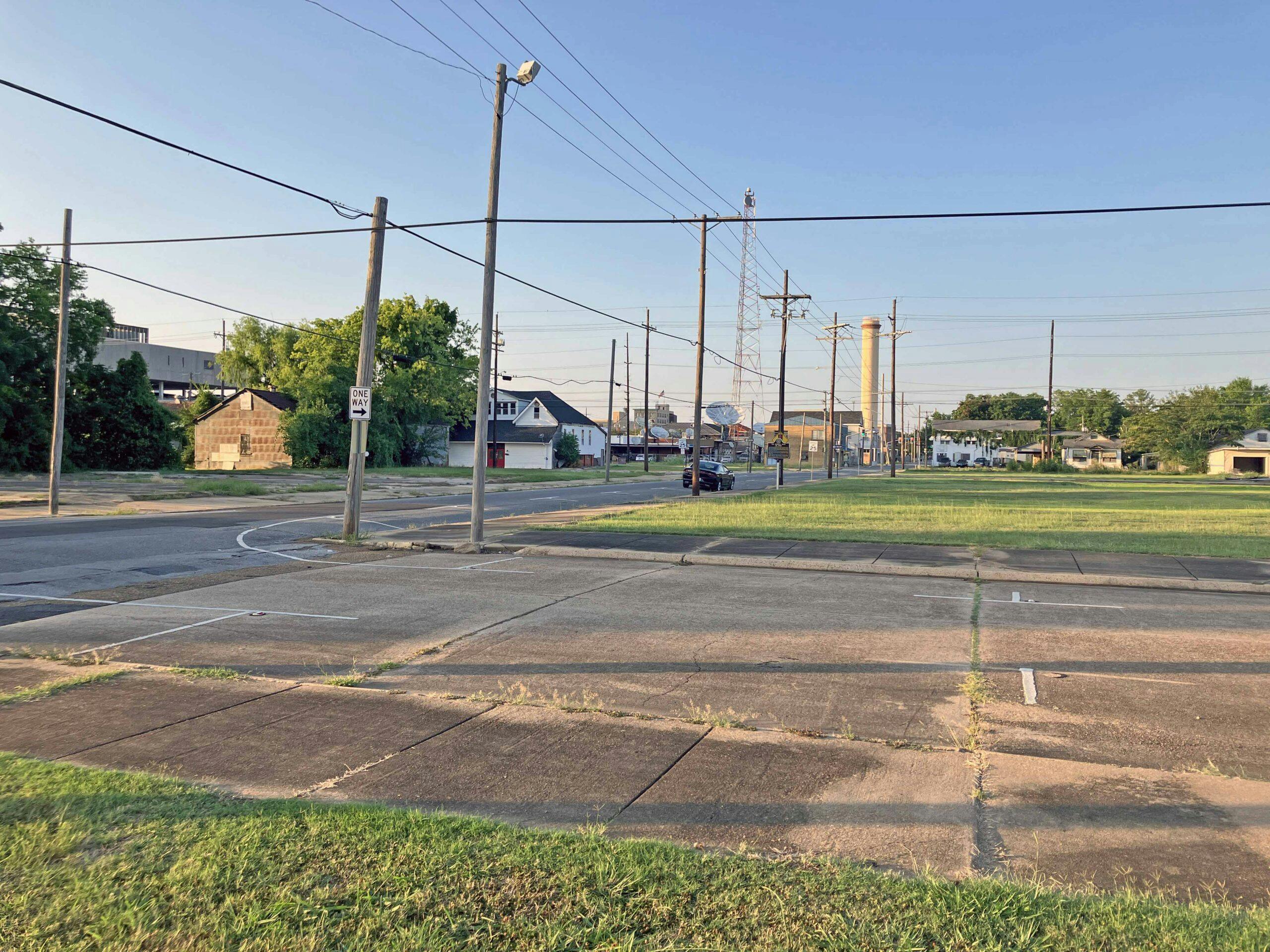
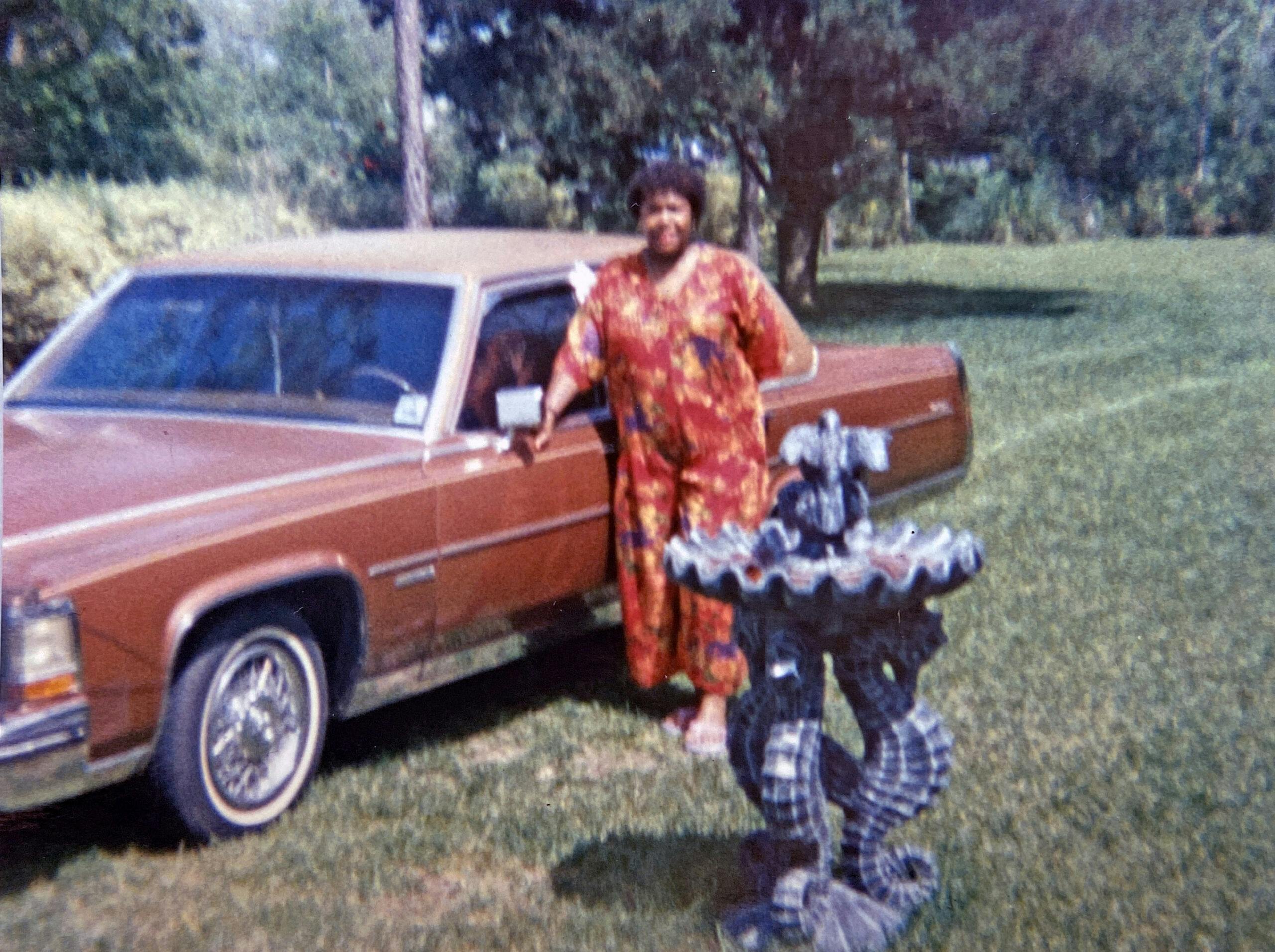
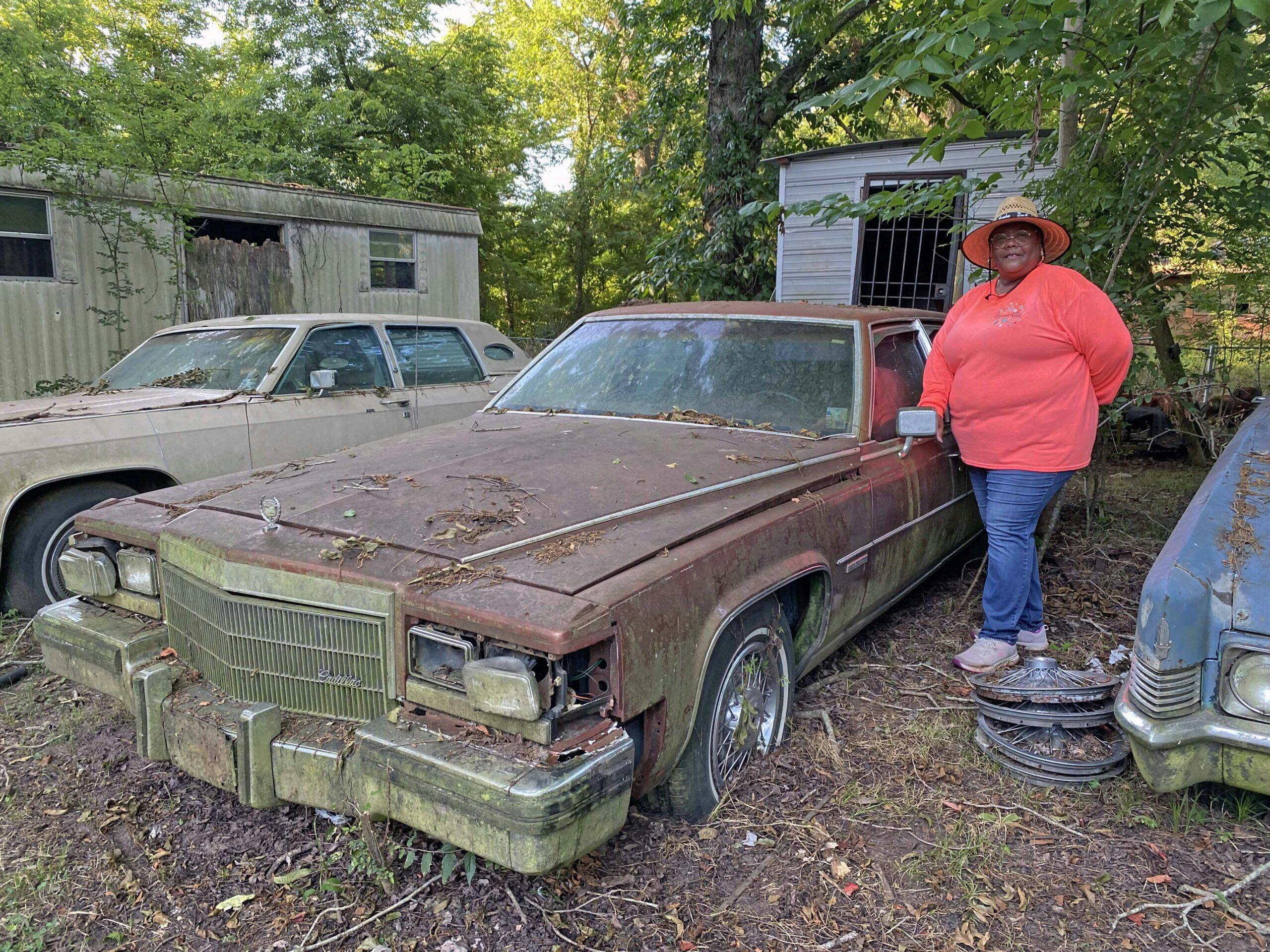
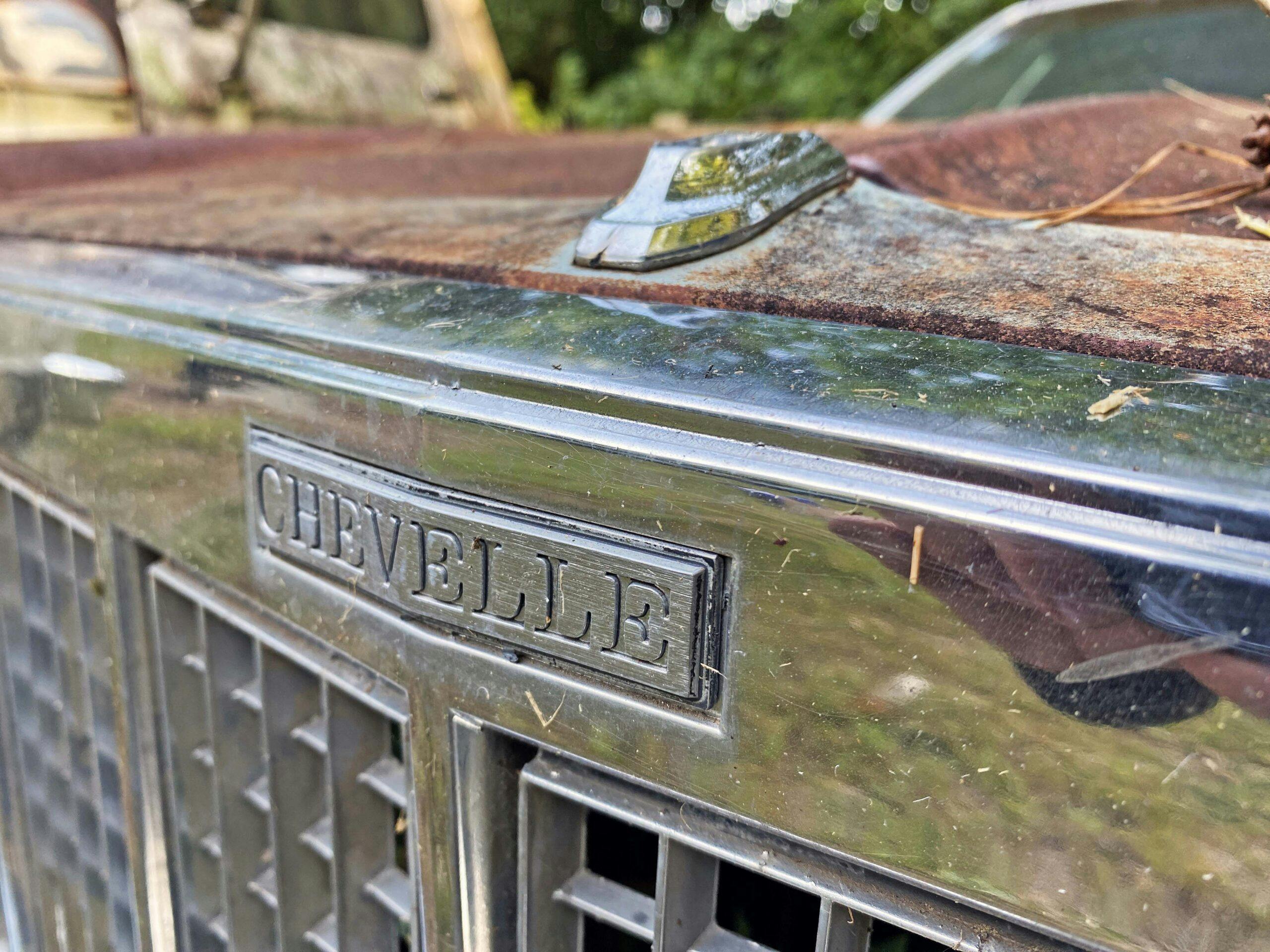



Very absorbing article, Sajeev – thank you for it. Ol’ Carter certainly had plenty of style (as you point out often)! Not all of it is MY style, but it was HIS and I can surely respect his passion for it, as well as Linda’s passion for activism and historical preservation. Way too much of the unsavory portions of our history is being erased and I believe it’s important for us to know about how we got to where we are today – “warts and all”, as they say.
It is indeed too bad that the bulk of the collection has deteriorated to the point that it won’t bring Linda the kind of money it once would have. She sounds like she has high ideals and would likely utilize the funds productively. Her father seems to have been quite a character, but along with any faults, he obviously worked hard and made something of himself in the world. One has to admire someone who could come from “having nothing” to being able to realize much of his dreams (even if the remnants of some of those dreams are rusting away now that he’s gone).
Again, thanks for investing your time and energy in helping Linda, sir, and for telling the story. And thanks to you and Linda for the wealth of photos to abet your writing! I only have one complaint about your recount: you left out any descriptions of the “kickin’ cajun food”… C’mon, man!
Thank you for reading DUB6, your appreciation means a lot to me. It is a fantastic tale with contrasts between father and daughter. But yes, my omission was unfortunate, so have a look at Quebedeaux’s website for yourself.
https://quebedeauxs.com/
That website is password protected, and not available.
I have a feeling we broke the website with all of our clicking. Hang tight, give it a click in a couple of days.
Try this link: https://www.quebedeauxsboudin.com/
Bingo. Thank you for the link.
Thank you for the article and I agree with the previous comments that we need to understand our history, “warts and all” so that we aren’t destined to repeat the stuff that we regret. Many of those cars brought back memories growing up and seeing those land yachts on the road every day.
It’s also a stark reminder to plan ahead for the inevitable day when we will no longer be here and not leave a burden on those we leave behind.
Best of luck to Linda and thanks Sajeev for helping her through a very difficult time.
Warts and all indeed, forgotten history has a nasty habit of repetition.
George and Staggerlee, truer words never said. Sajeev tendered a good story. Meanwhile, we can only hope our nation someday….grows up, and better angels prevail.
Yumm – that place looks like my kinda place! I’m a little far from Pineville, but if I’m ever in the neighborhood, I’m going to look it up for sure. There aren’t a lot of genuine Cajun places in Idaho, surprisingly! 😋 I’m a total sucker for Crabcakes, but I’m pretty much in for almost anything I see on the menu. Thanks for the link, it’s going on my phone contact list (I’m serious about going there if/when I travel that way).
It would make for a fantastic meal on the way to NOLA. I approve of that road trip.
where in Idaho? I am also
Small ranch outside Eagle.
As I said elsewhere, I see myself a bit in this, so it’s a reminder to keep my car collecting in check and not to forsake familial relationships.
As to the Lee Street Riot of 1942, which I did know about…I’m glad this plaque puts “riot” in quotes. A riot suggests an incident in which two sides fight evenhandedly. This would have been more like a massacre. See also: the Tulsa Race “Riot,” here in Oklahoma.
I agree, but the City of Alexandria made the decision to put it as a Riot. I asked if they would tell the truth about the murder that took place on Lee Street and they still put it as a Riot.
It’s sad he wouldn’t let this stuff go when it might have been salvageable and left the burden to his daughter. I’ve always said my goal is to leave nothing to my kids that they’d just want to get rid of in an estate sale.
Reminds me of about 25 years ago when a group of Pontiac guys I was part of got wind of a hoard of Pontiacs up in Ohio (I think it was Ohio). The guy had just started buying every 50s-70s Pontiac he could get his hands on and putting them in his field. Did nothing with them but let them rot. The county/city had condemned the land in the late 90s and was auctioning everything off. There were a lot of really good cars (421 big cars, Judges, GTOs, early Bonnevilles, 1st and 2ns gen F-bodies) that were so long gone they were barely useable for parts.
Fantastic read! It hit very close to home as my 95 year old father passed last year, and I’ve yet to help my mother deal with his rotting home-made 1920s classic-style roadster in the garage. So hard to tell what it would actually be worth.
Hi Fred, yeah that is gonna be a tough one. Really depends on how much of the home made stuff survived over time and the quality of the parts (i.e. some engines are pretty pricey!).
I hope she is successful in liquidating her father’s estate, seems like the proceeds will be put to good use.
Sajeev, please try to let us know if the glass stop Lincoln gets a good home.
Something that rare deserves to be saved.
I was on the verge of buying it, but then I realized I have enough albstrosses around my neck. But I will do if I hear from Linda about it going to a better home than a scrapyard.
I love scrapyards/hoards and can look at pictures for hours.
Linda’s story is powerful though –thanks for including that.
A bittersweet story indeed. But it got me wondering…for most car lovers, there are certain makes and models that will always conjure up positive memories. The vehicles so closely associated with childhood, time with family, first loves, and the list goes on. These ‘warm and fuzzies’ naturally go hand-in-hand with the hobby. But I wonder how many readers also have models that unfortunately conjure up sad – or even traumatizing – memories? Hmmm…
Wow…… great story, Sajeev. I love older vehicles and fortunately I don’t have space or I would likely end up with a pile of cars and trucks like these. Great pictures too. Thanks for sharing this — I hope some money can be made from this collection!
steve
This is one of many stories of grit and determination the flies in the face of the national narrative that certain demographics are held down by historical precedent. We all have this spirit within ourselves. We just have to find it and run with it. Mr Rhodes had it and he planted those seeds within his daughter.
Did I miss where you posted a link to listings available?
From the looks of most of these cars, she just needs to call a crusher. That is the hard truth but most are not of these cars are not going to interest collectors and are in very poor condition.
It’s too bad when people can’t let go of their collections, whether complete cars or parts, before they are deteriorated to the point that no-one else can use them. I have trouble letting go too, but I realize that my stuff, both automotive and collectibles, needs to go to new homes eventually and better to have it be my choice than the scrappers.
It reminds me why I limit my hoarding to only 8 or 9 vehicles. I see many i would love to have but I keep it to only what I can keep inside covered. The sun in Arizona destroys the interior and the rain and dampness in Washington destroys the exterior and interior. Please if you have it outside and not going to get to it pass it along to someone who will.
Best carry a lot of snake bite kits. And while your at it get Troy from that alligator show just in case.
A couple of years ago I had to deal with my father’s estate, no joy there. I am trying to protect my kids from that. Great story and I am glad you include the personal side, it really added to the article.
Is there going to be a follow-up? I am not a big fan of the luxury cars but some of the trucks, maybe.
To bad they left the protection of a covered area or inside area. Not much money left the the cars except trim pieces, glass maybe fenders and transmission/drive train.
It would have been magnificent as good quality vehicles. The size of these Caddies and Lincoln’s have impressive style. Hope there is some money 💰 in there to pass on.
Sounds like a very successful man – decorated military veteran, employed for 35 years as an engineer for International Paper, amassed a huge collection of cars, and owned land. This was truly not a person who spent his life staring at a cell phone.
Great story. It is too bad to see those cars just rotted outside. Some interesting vehicles in that collection. I hope his daughter/family are doing well.